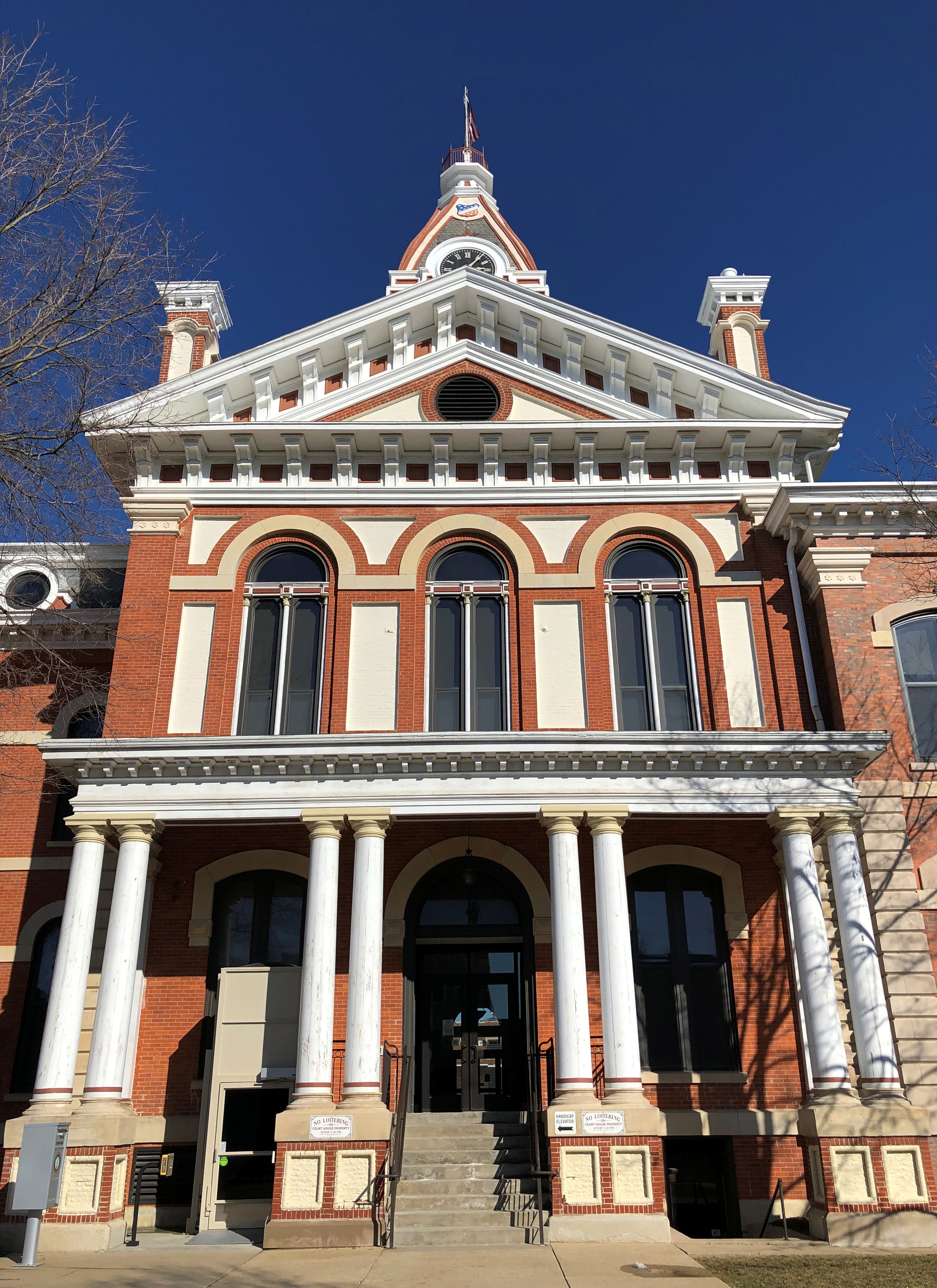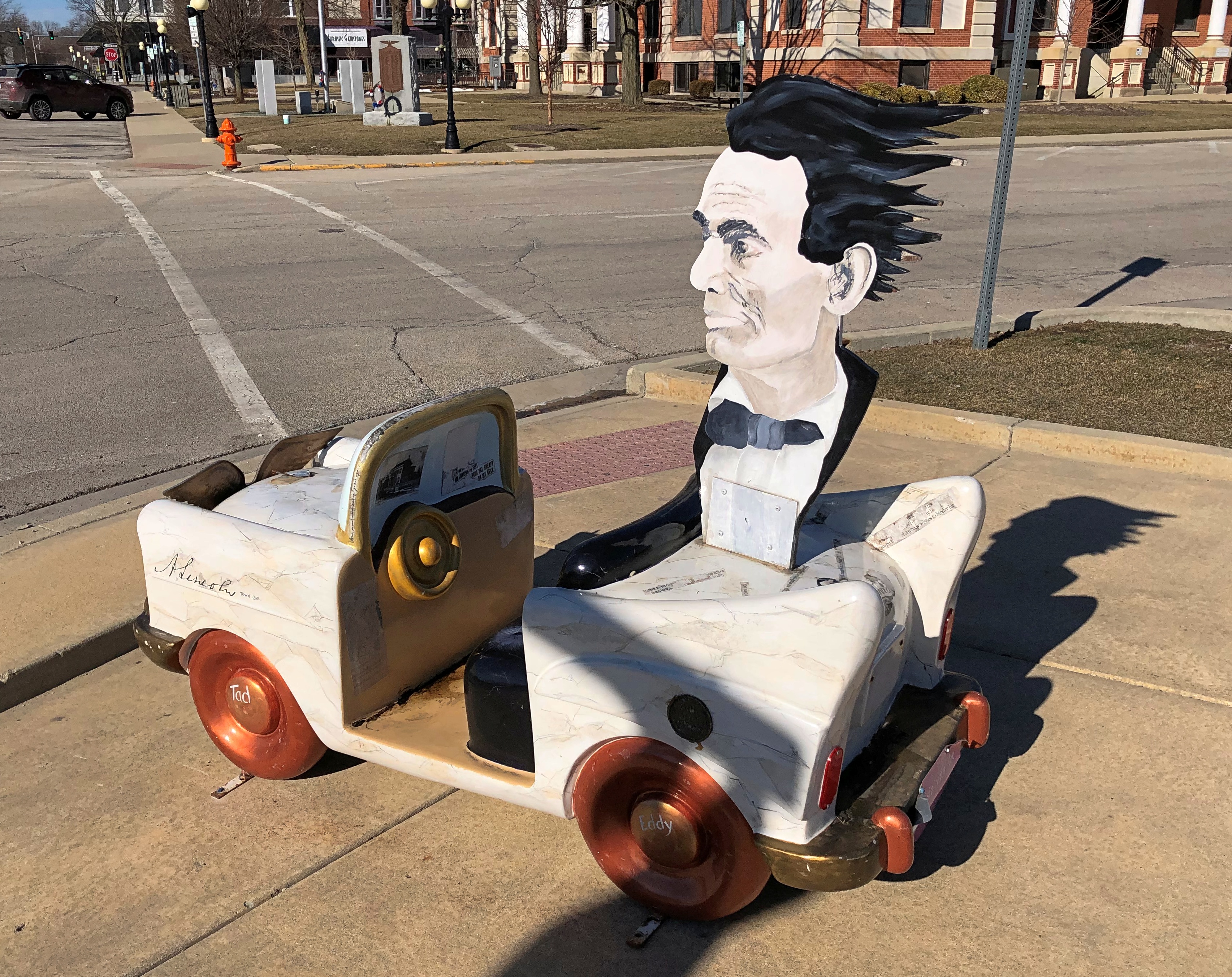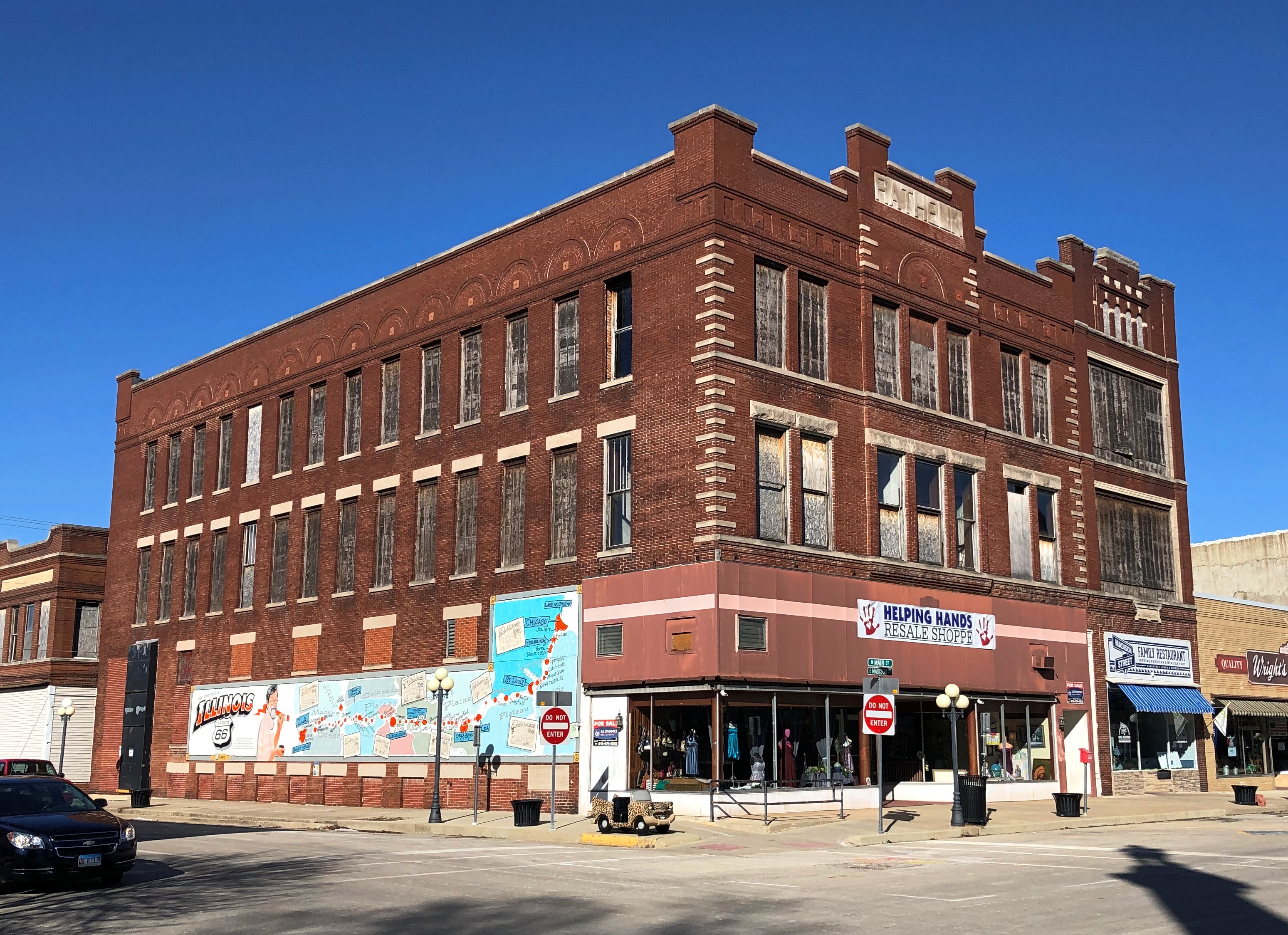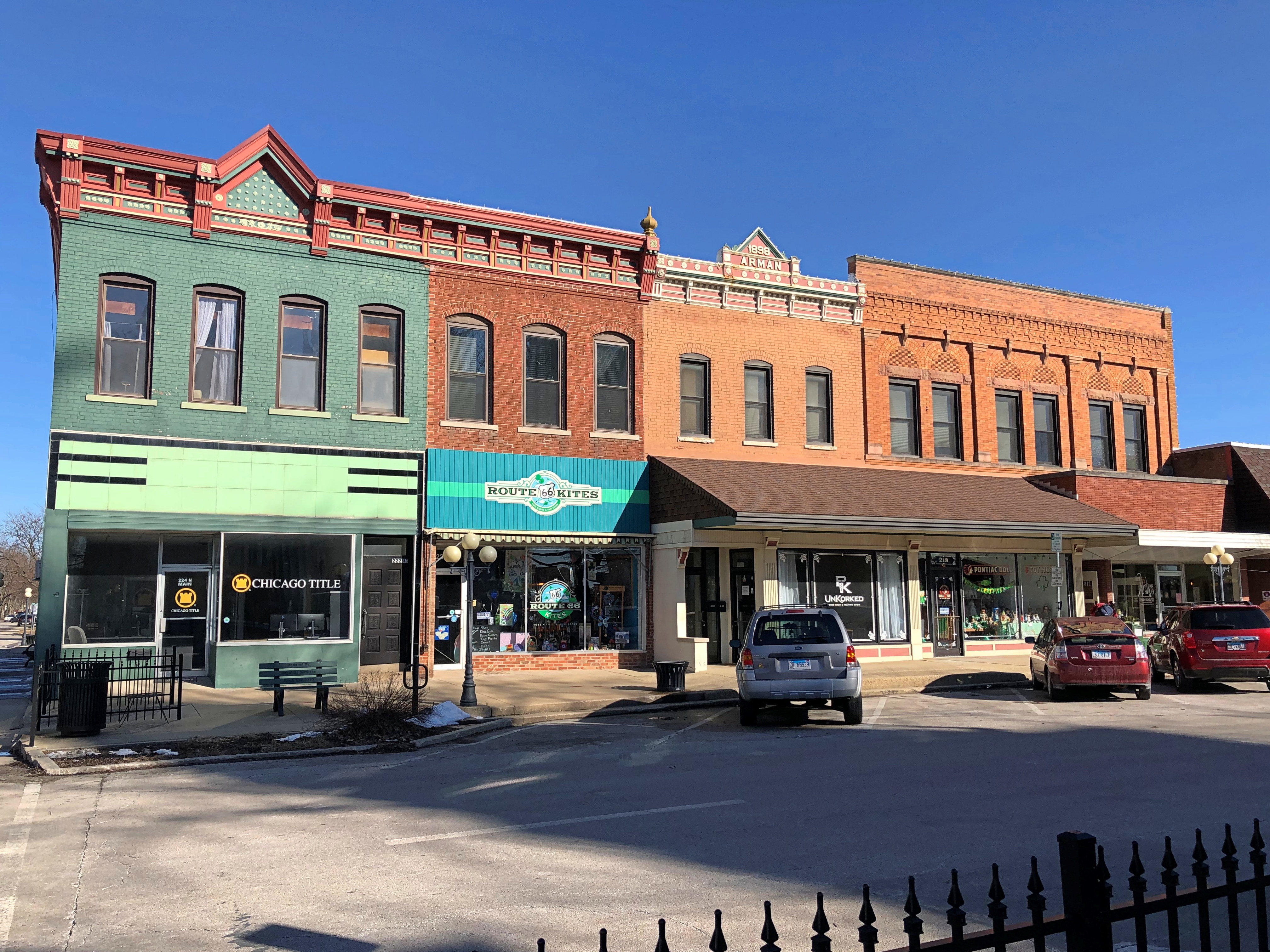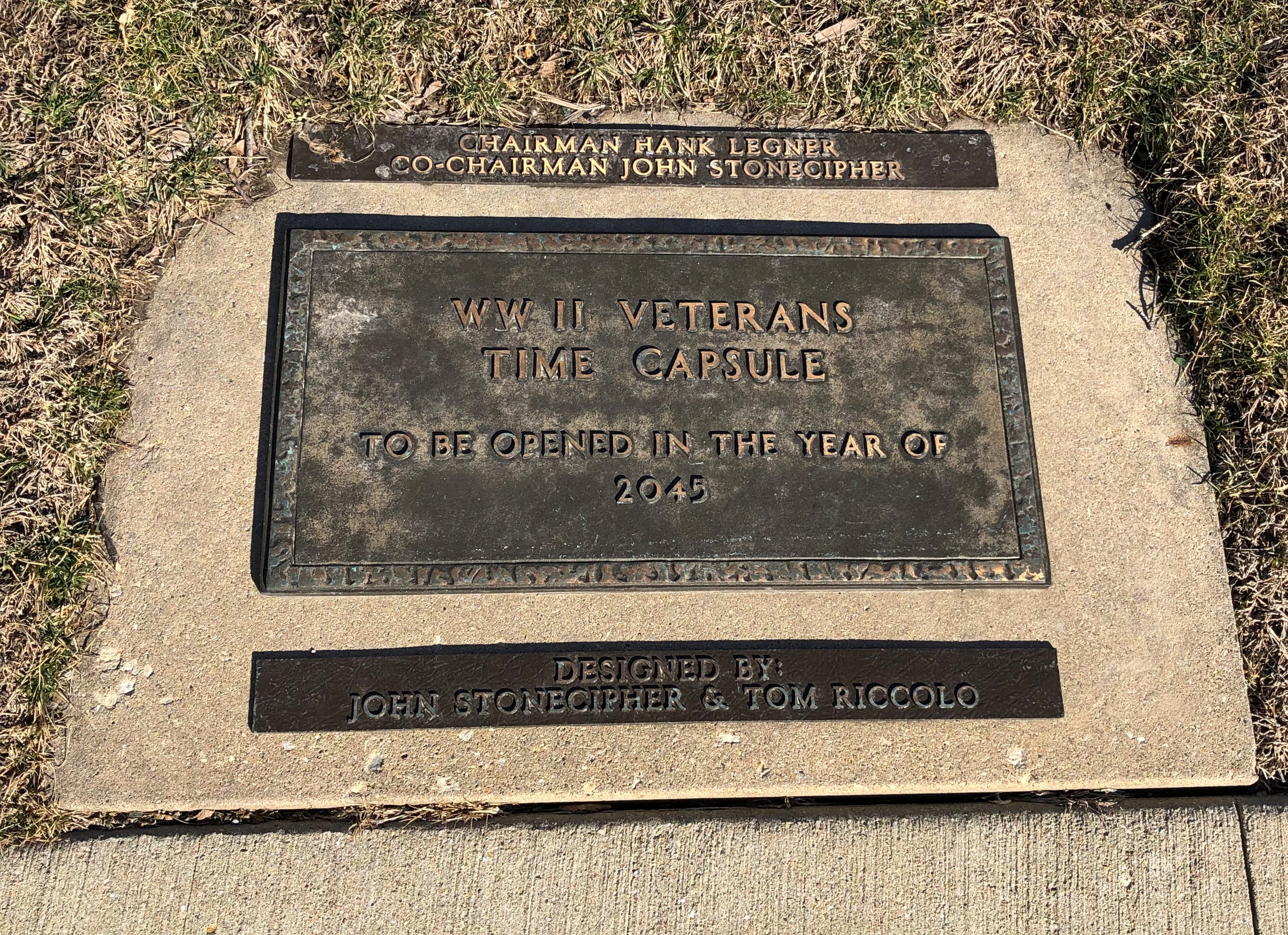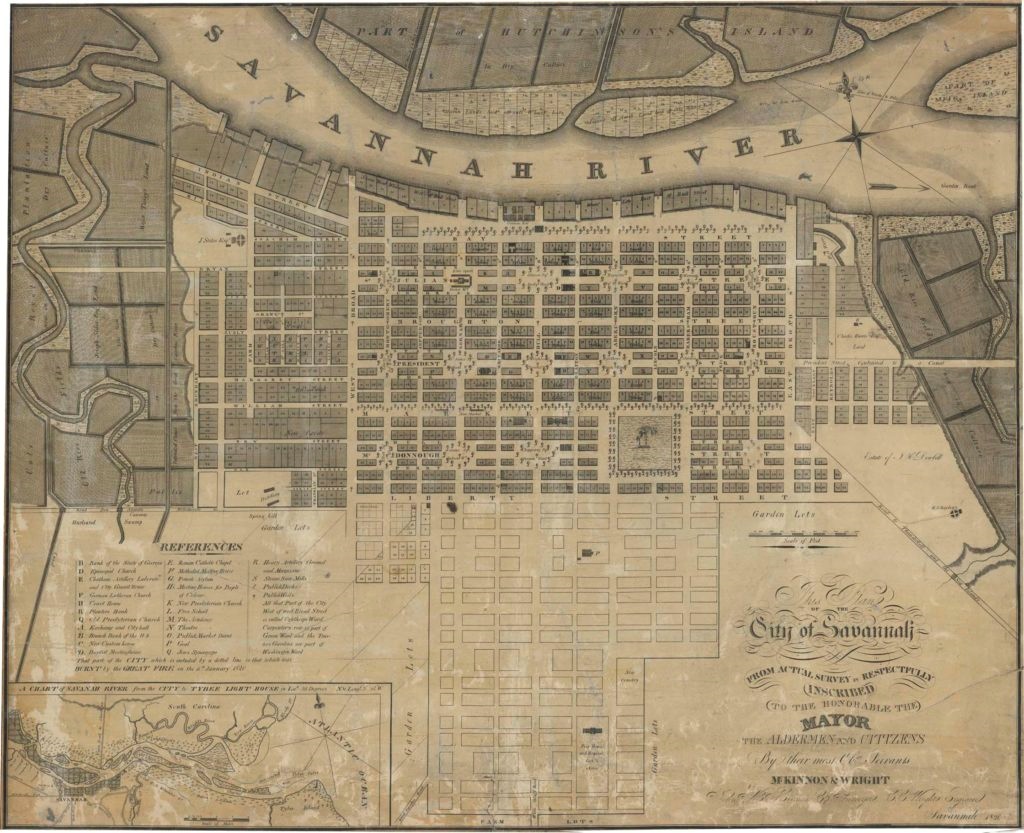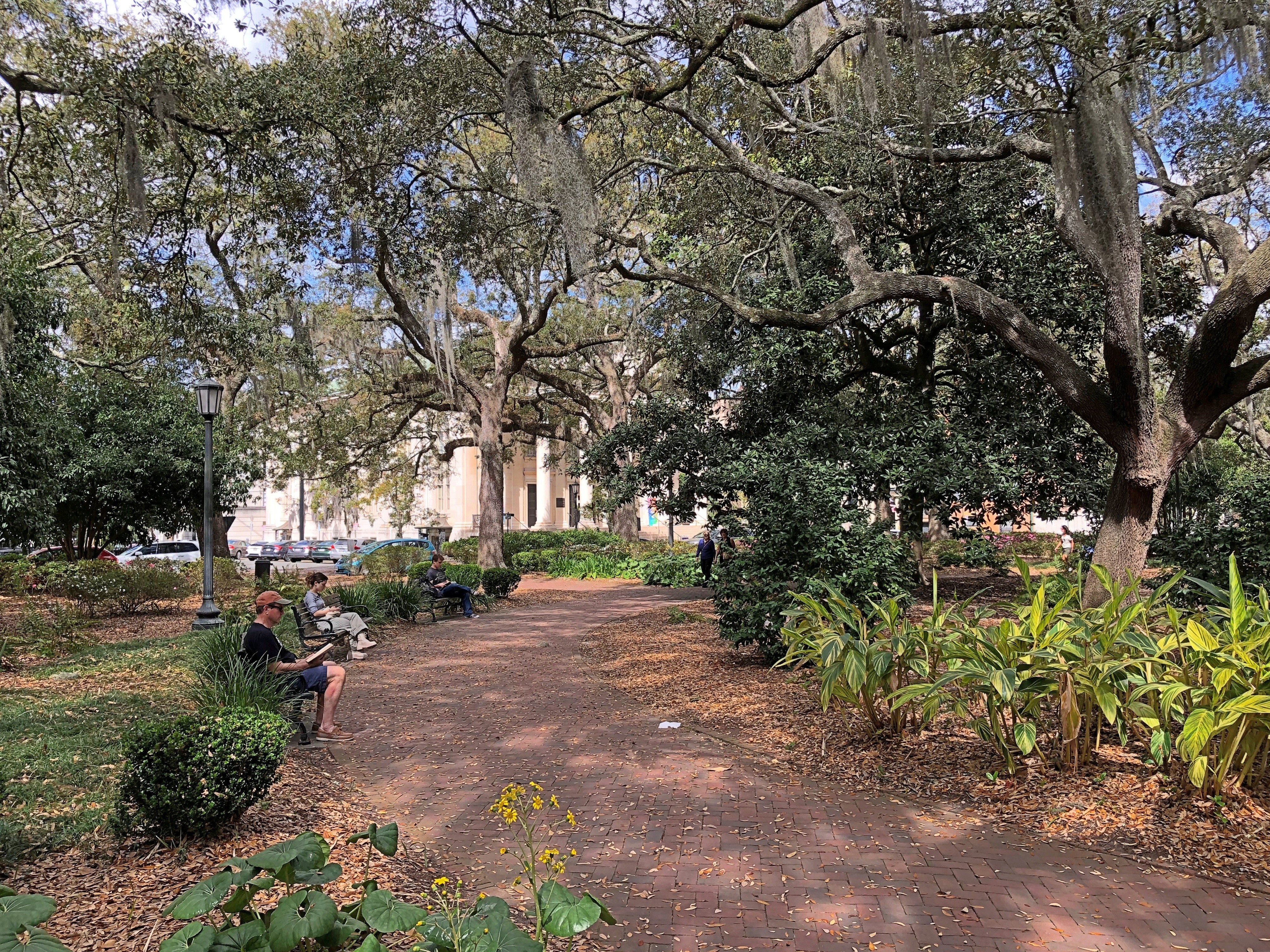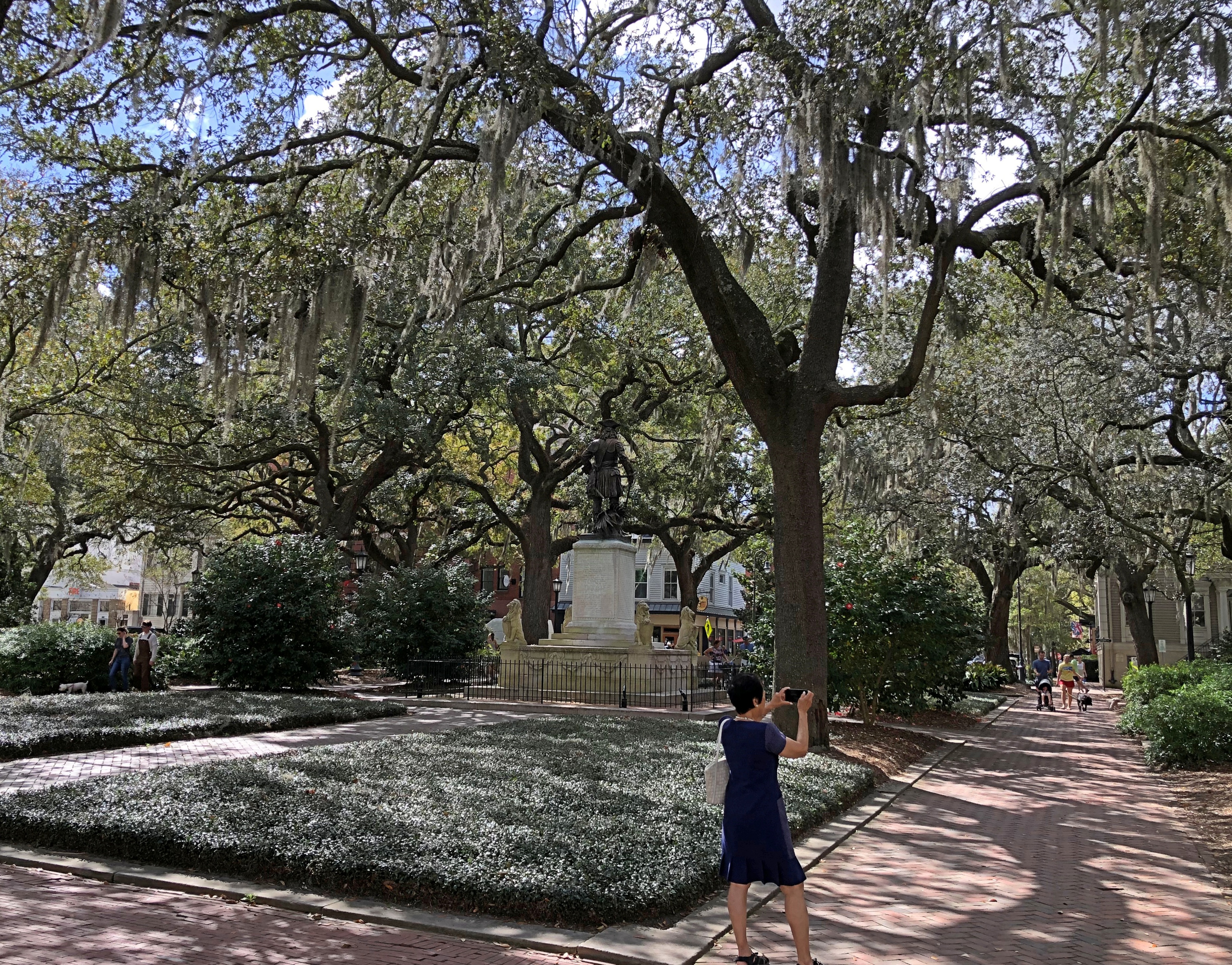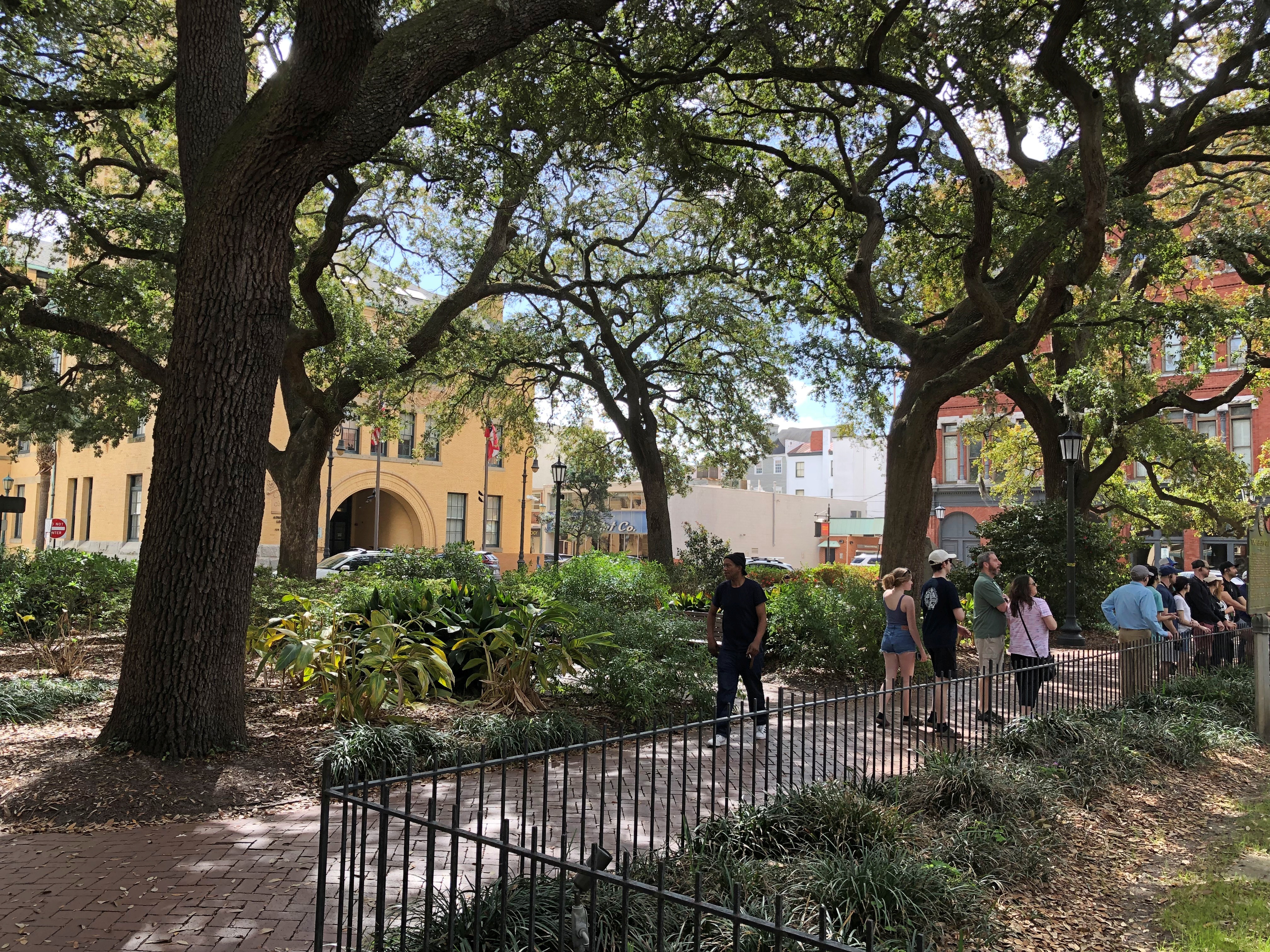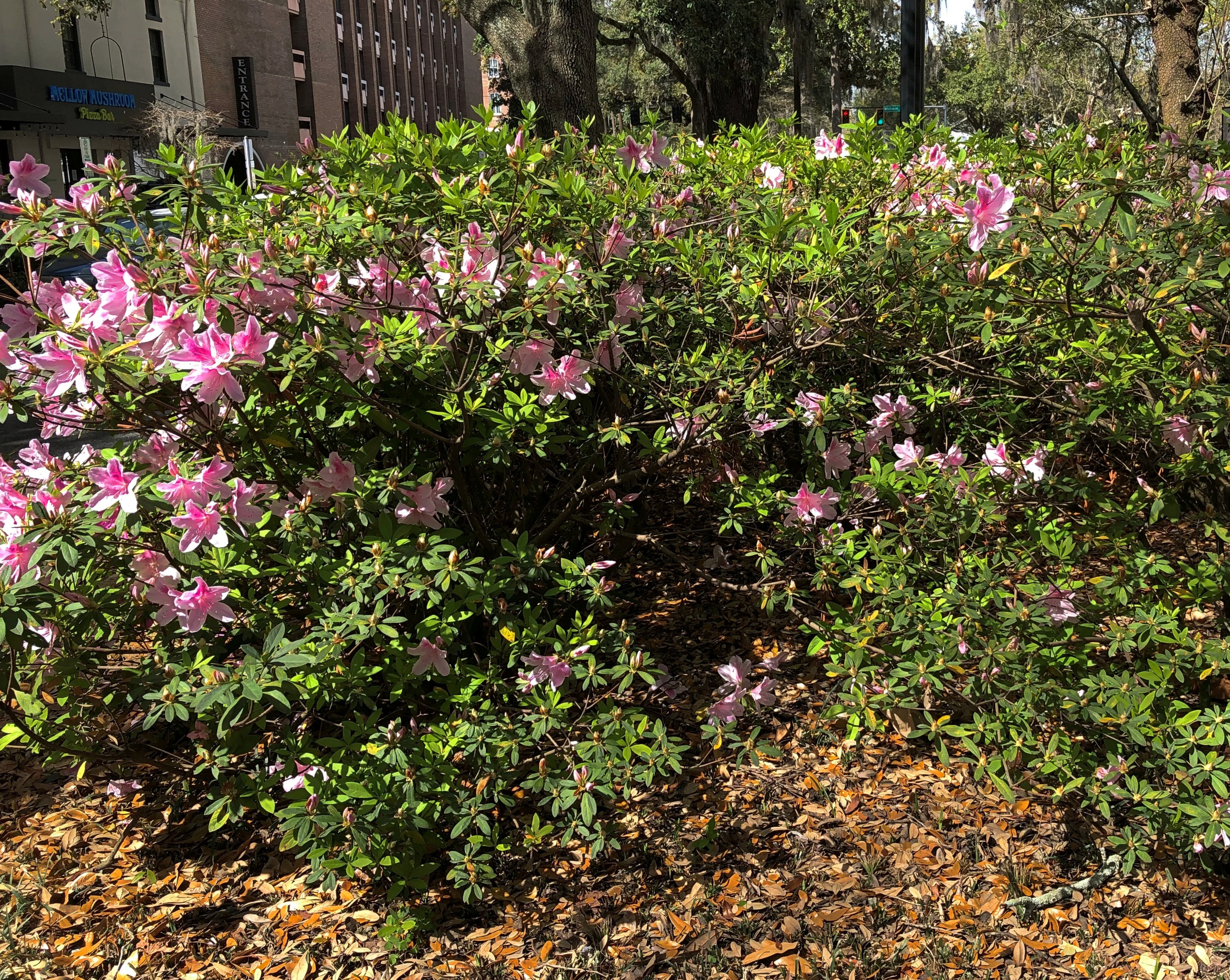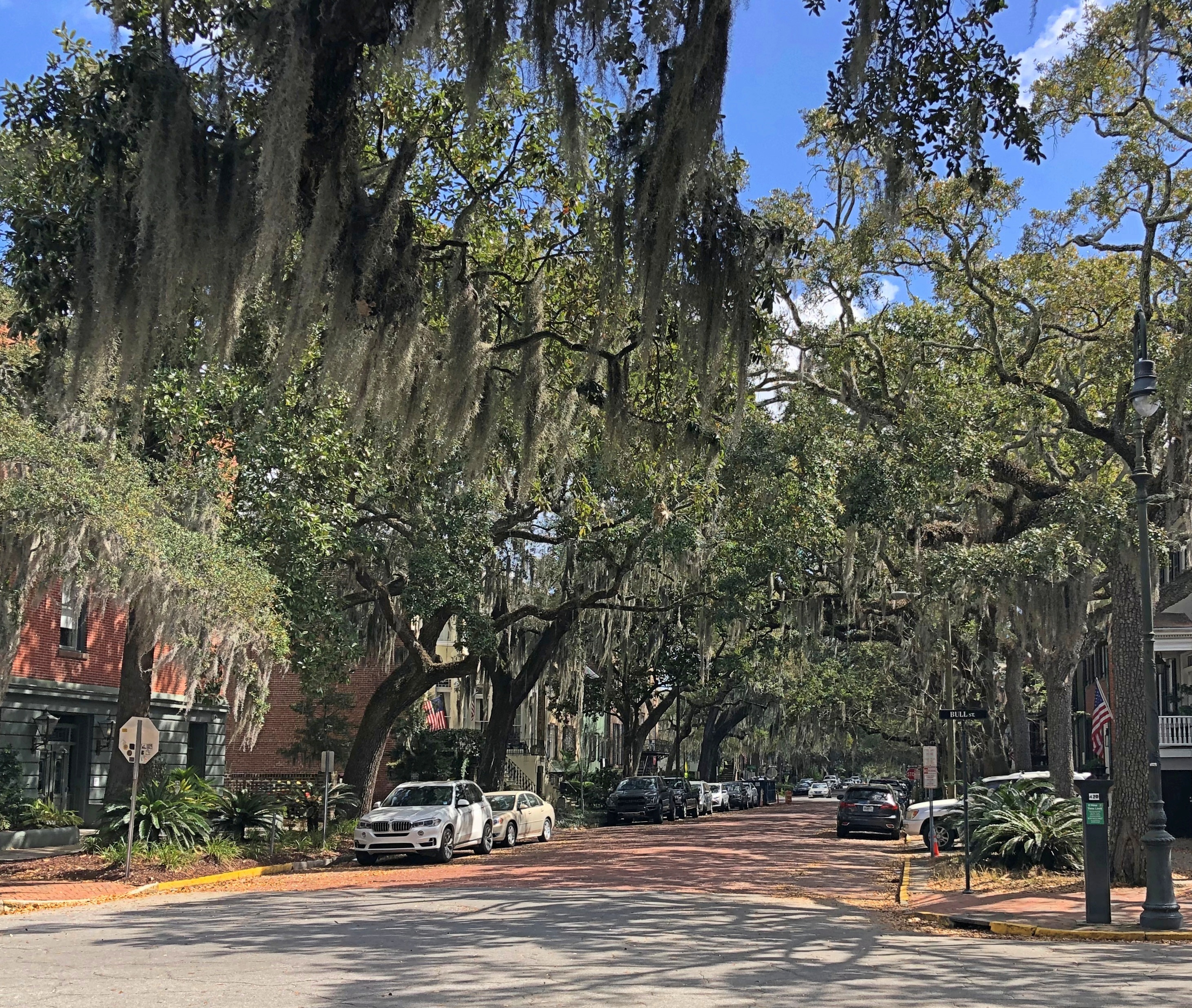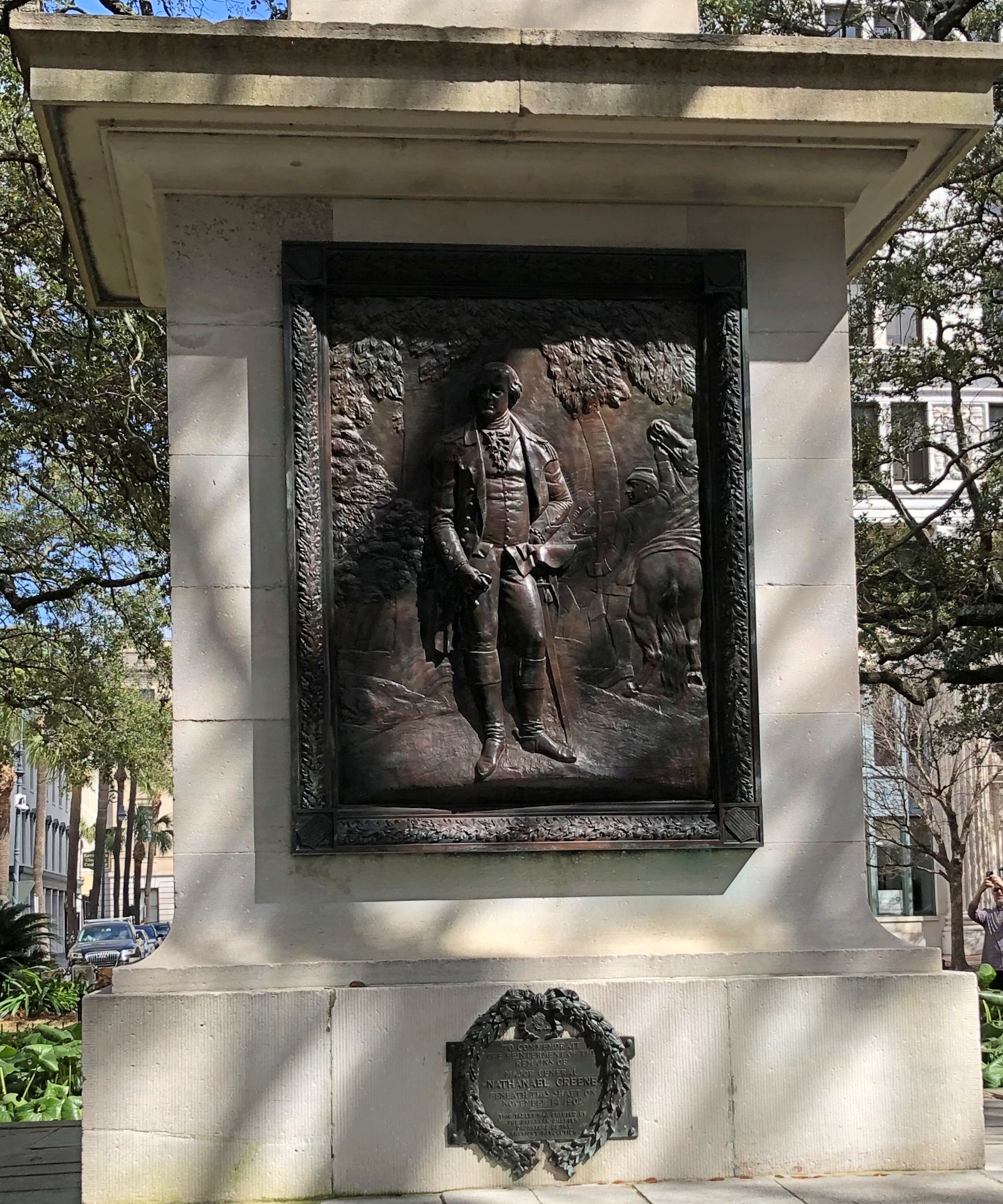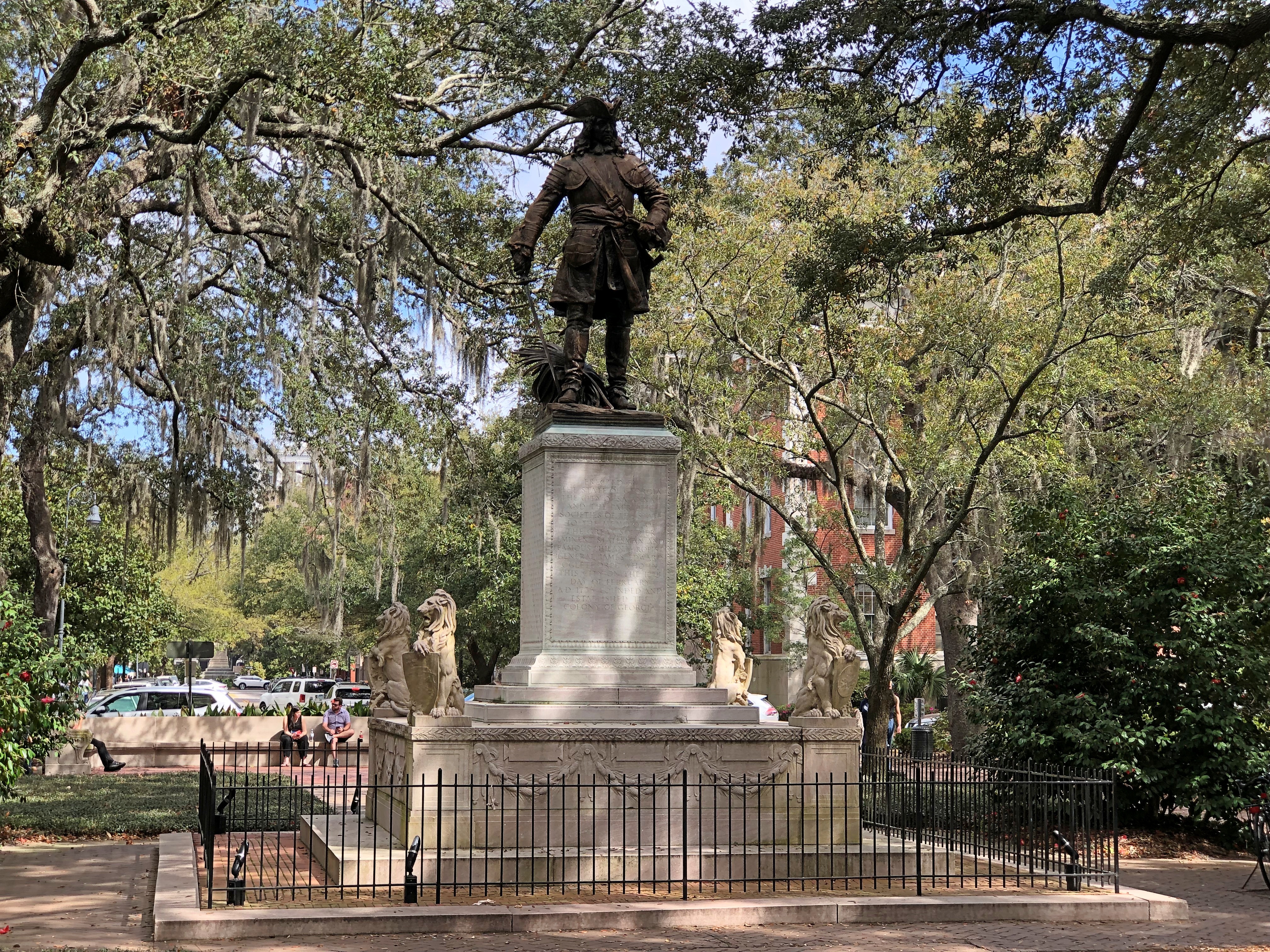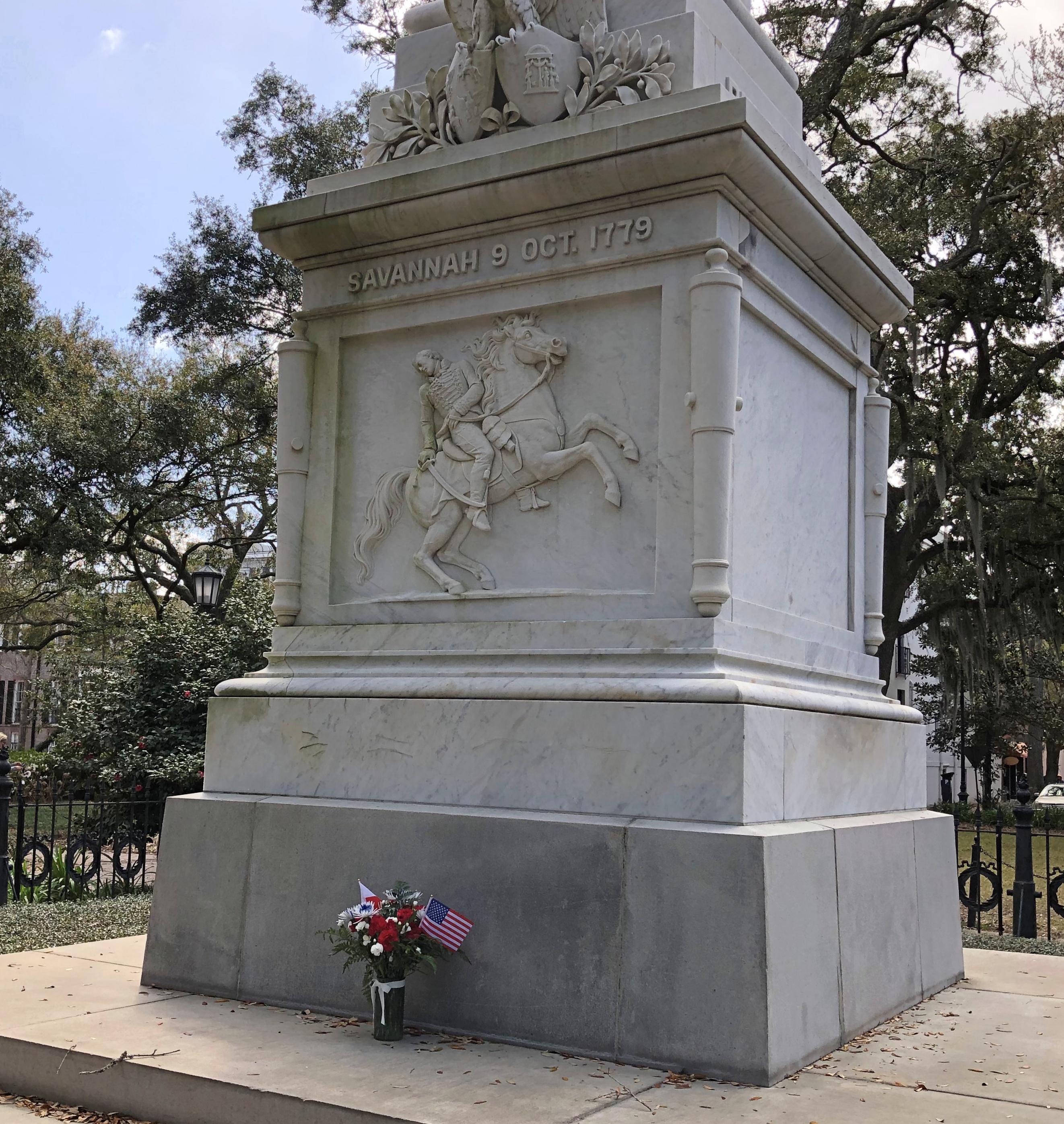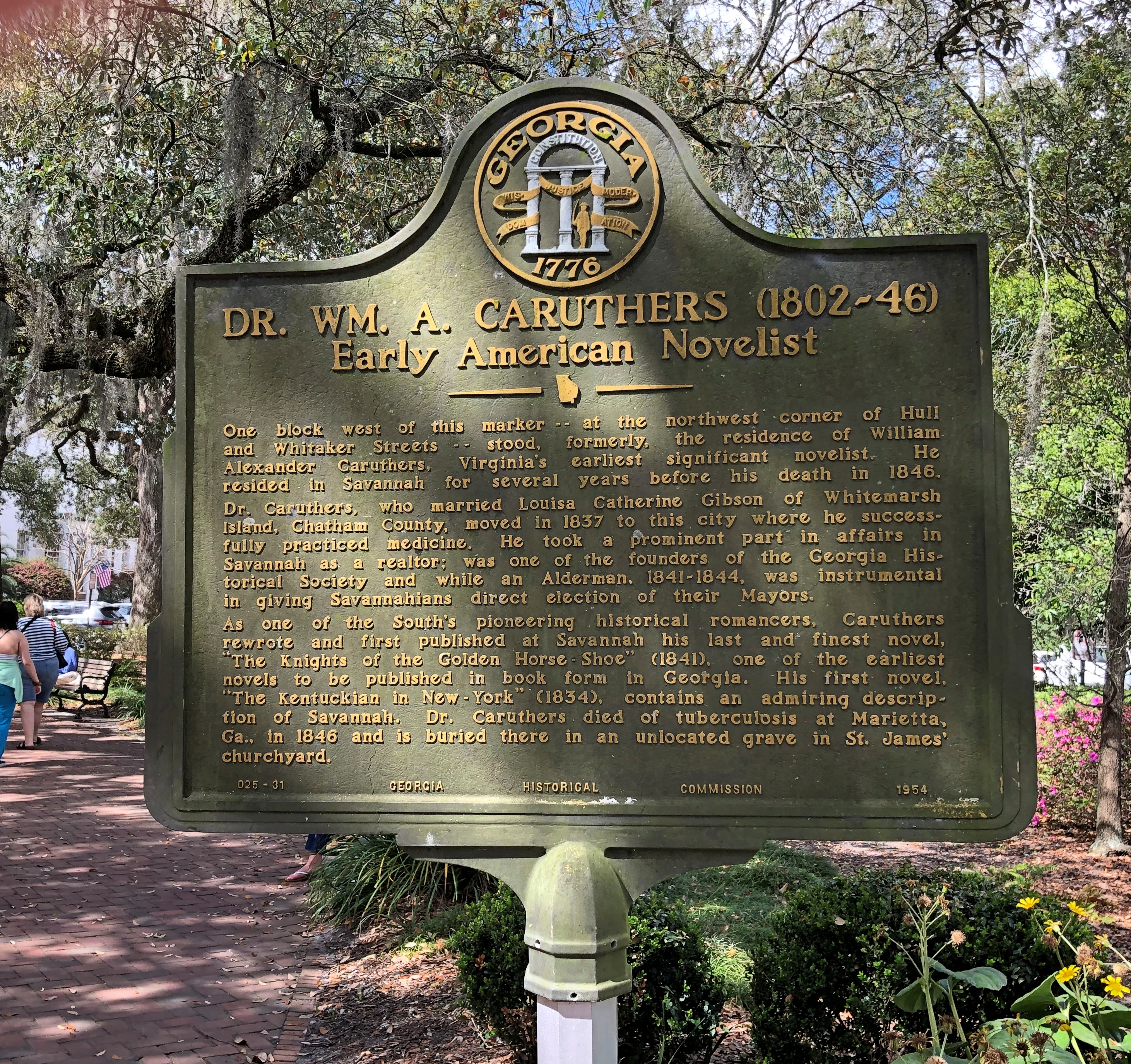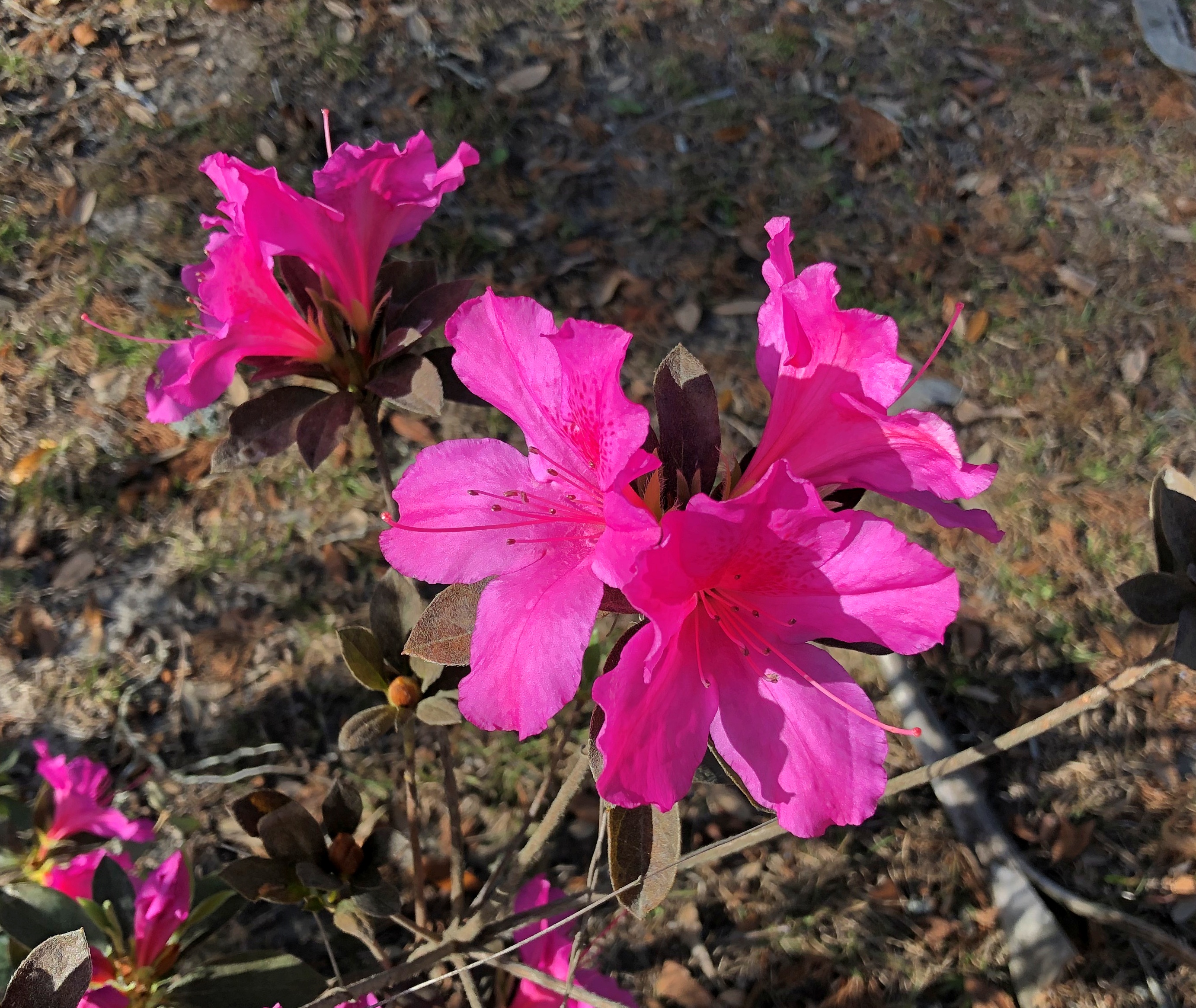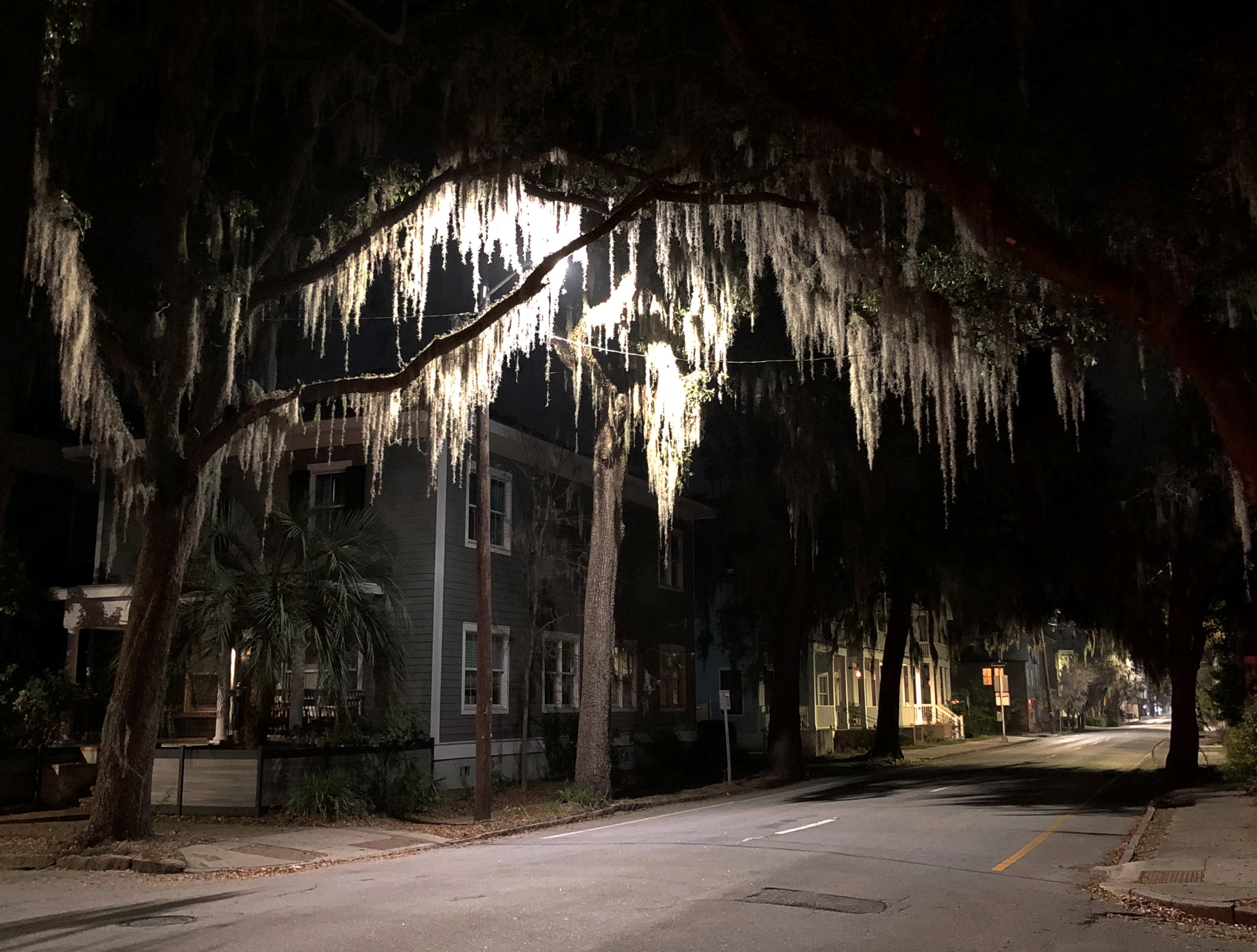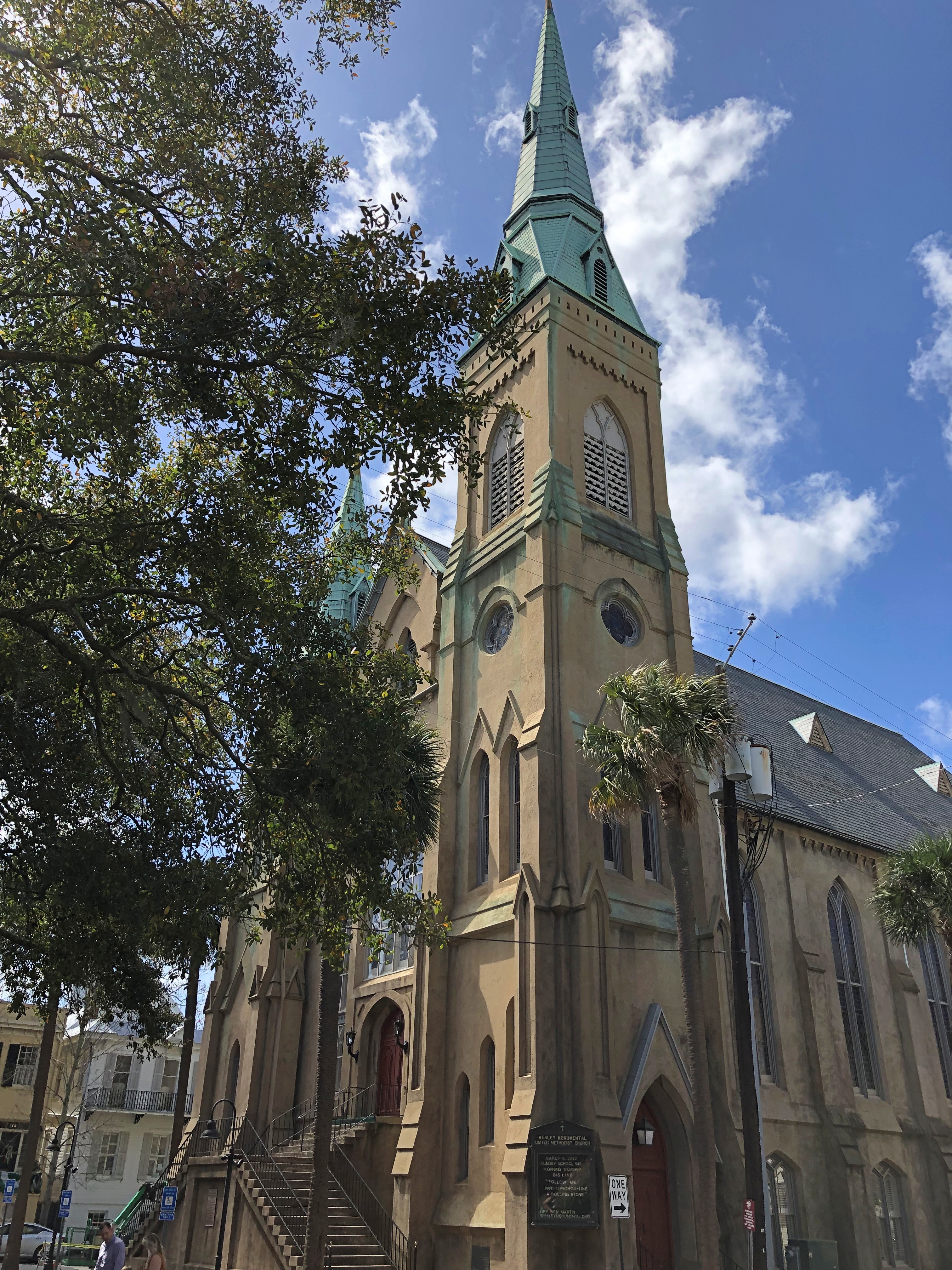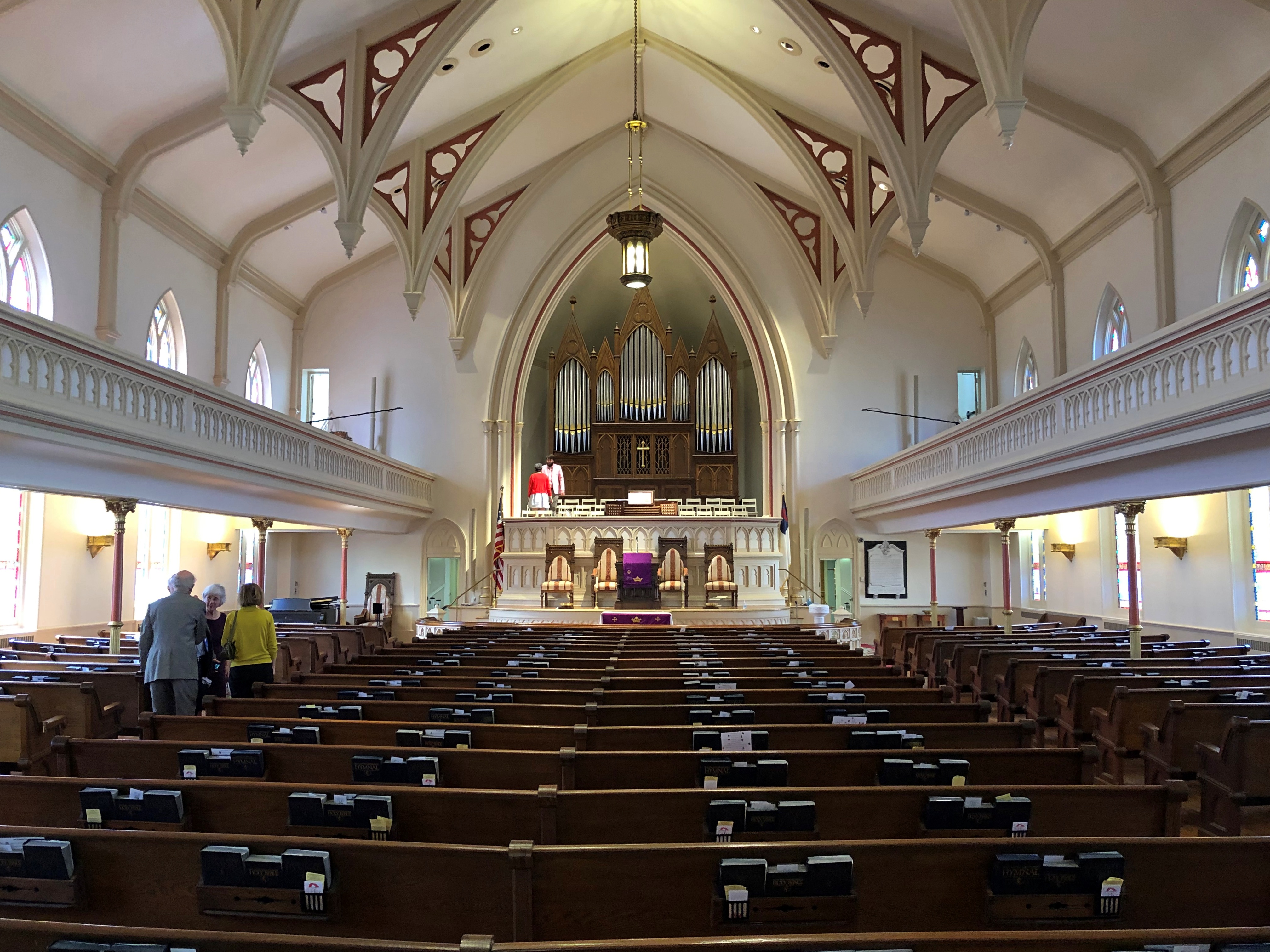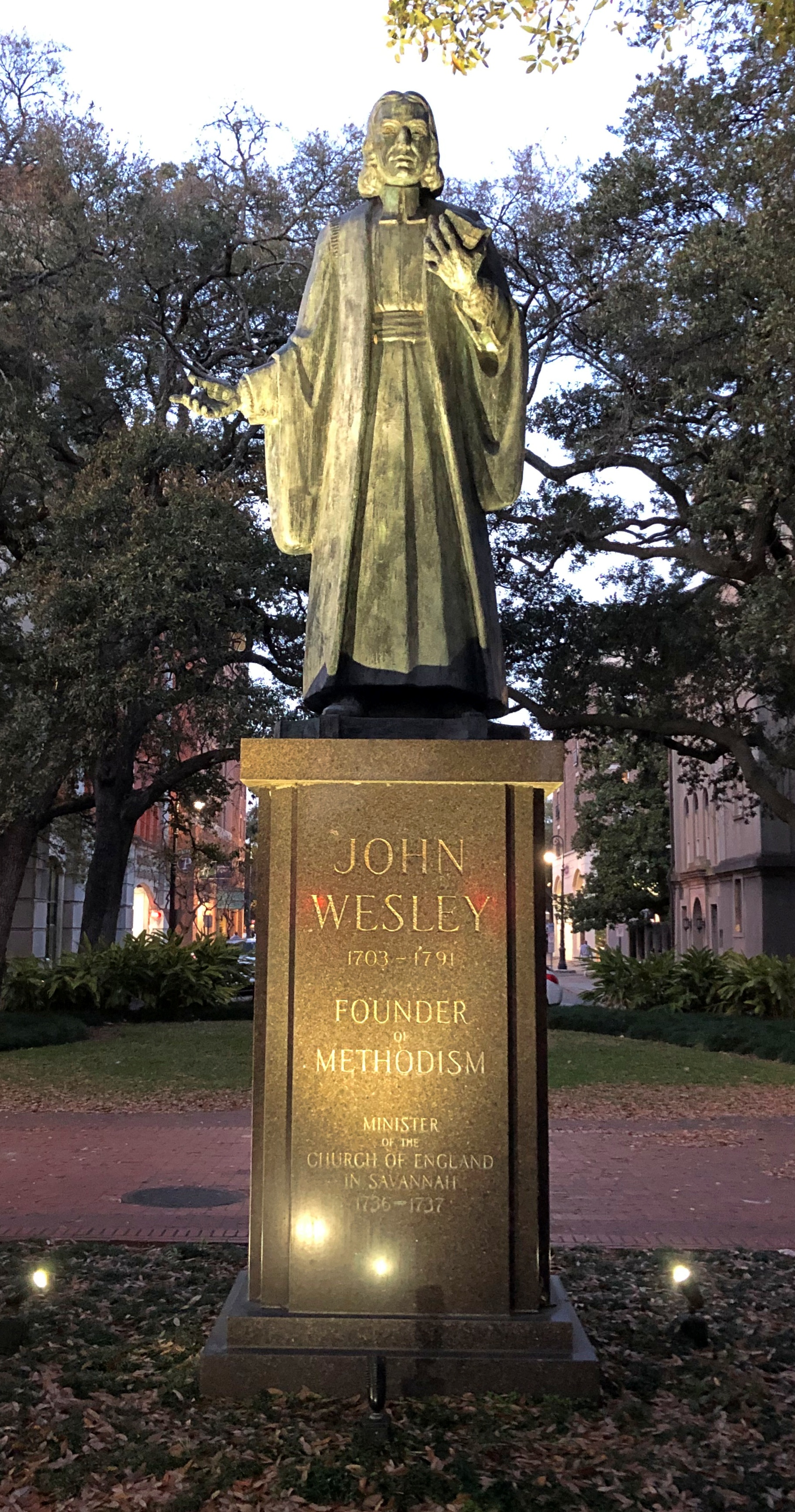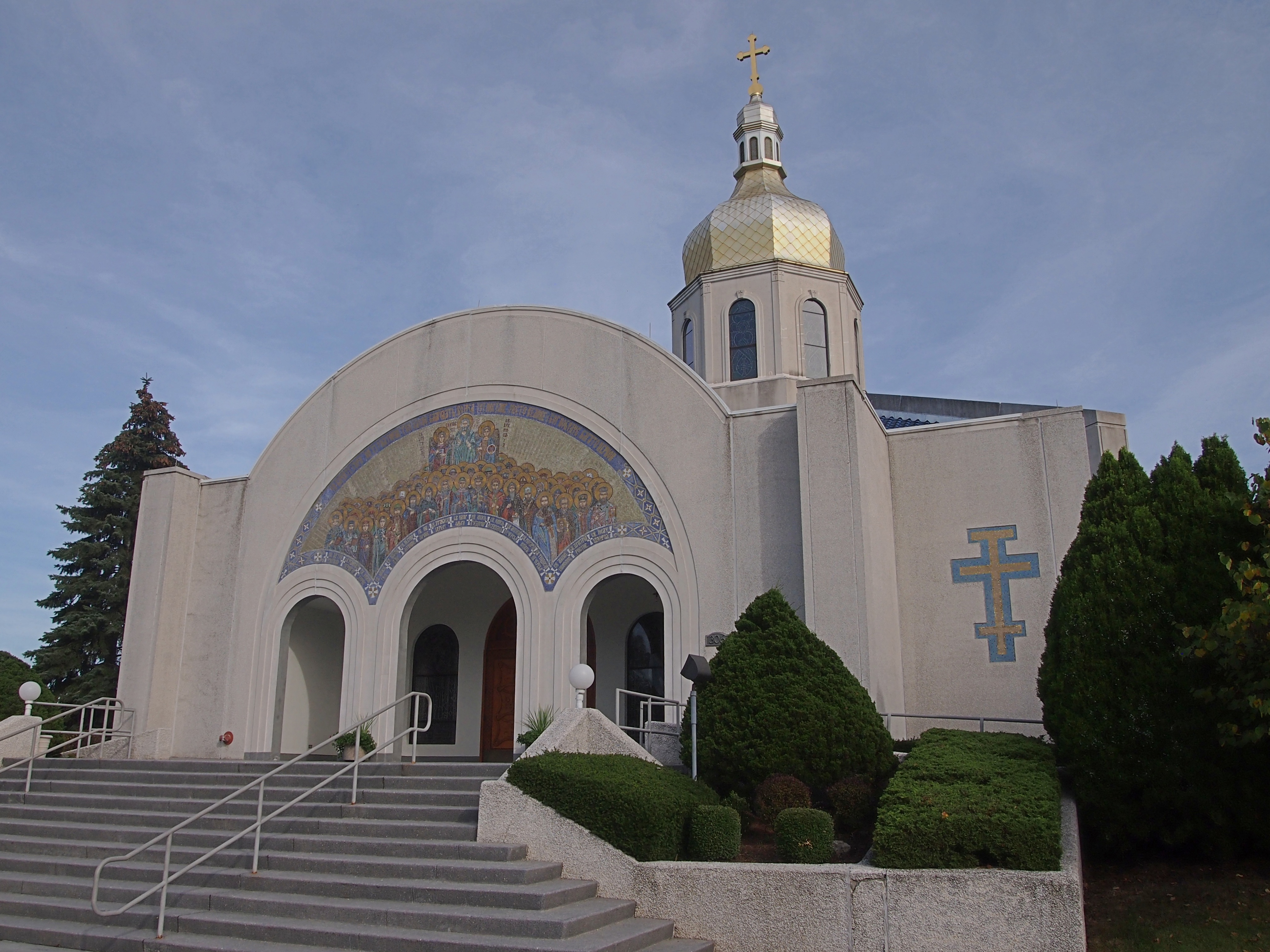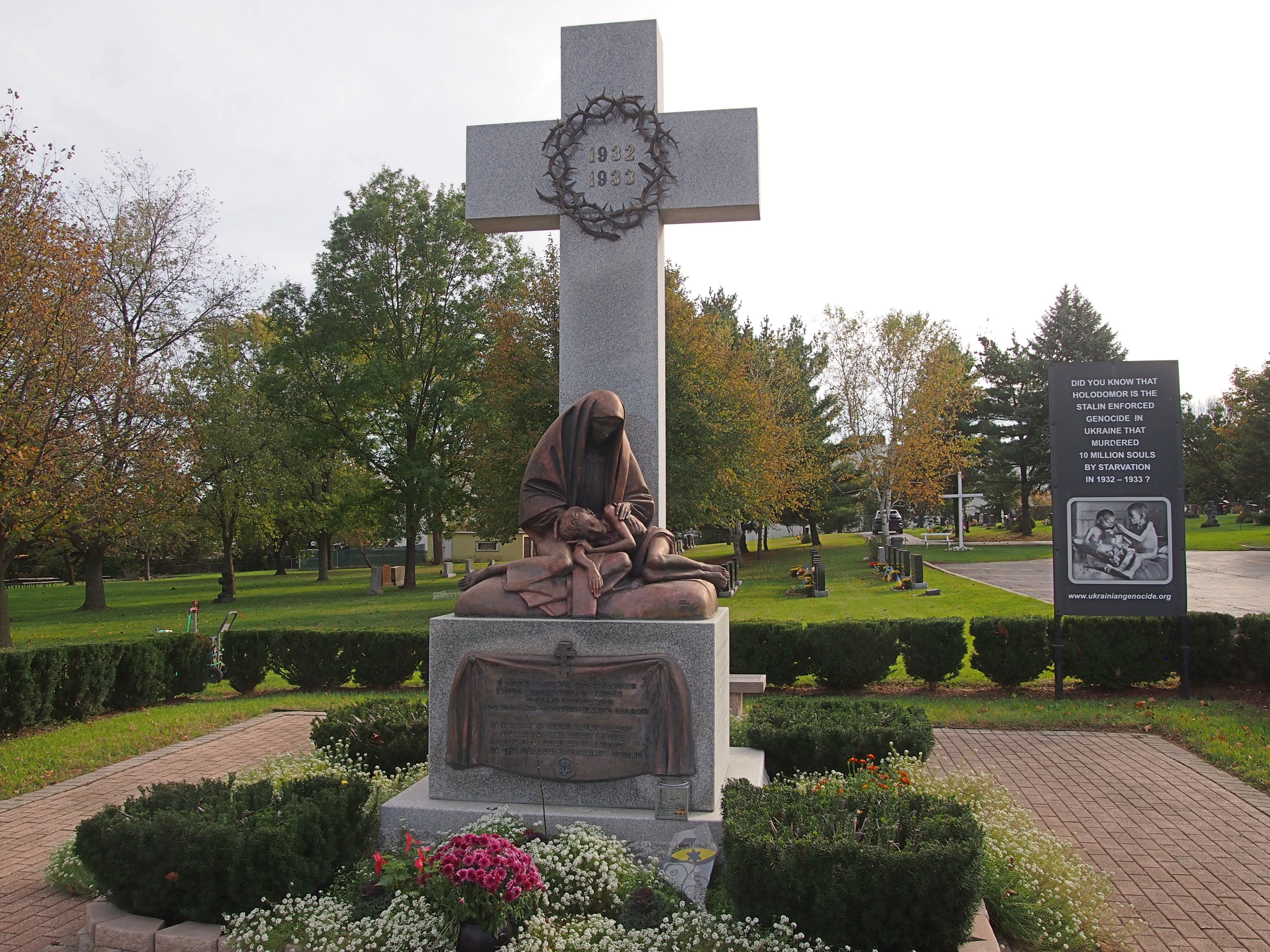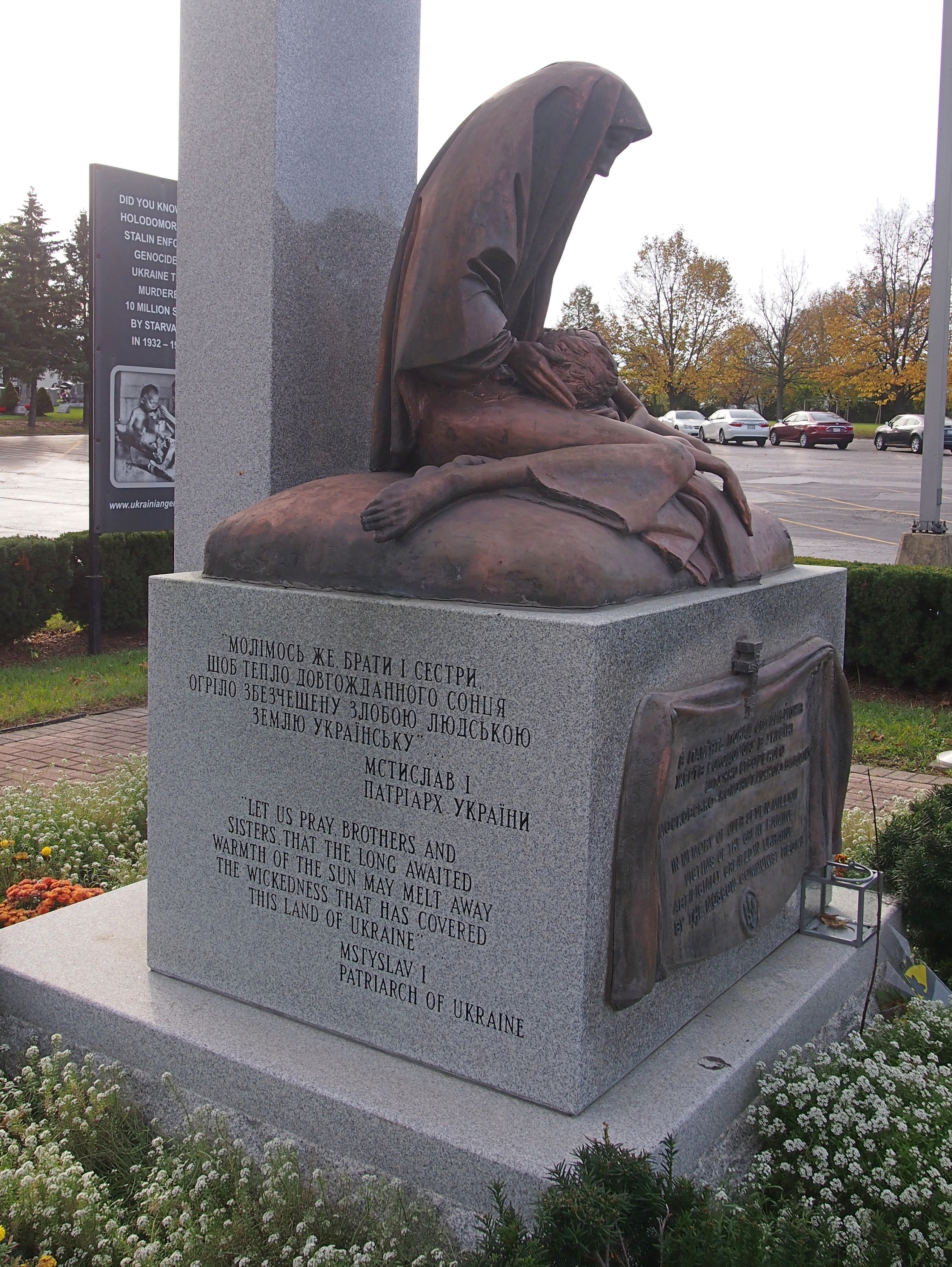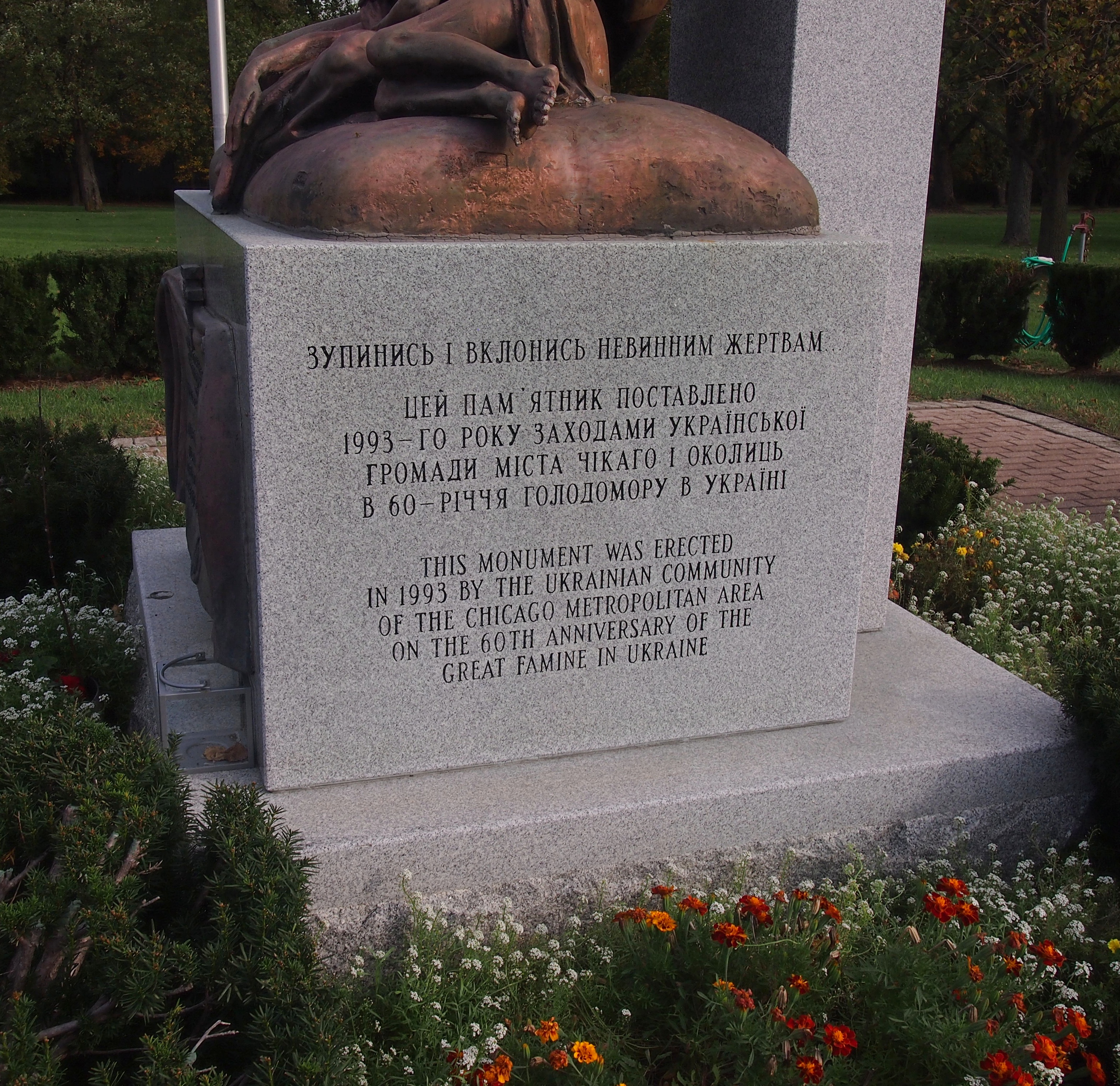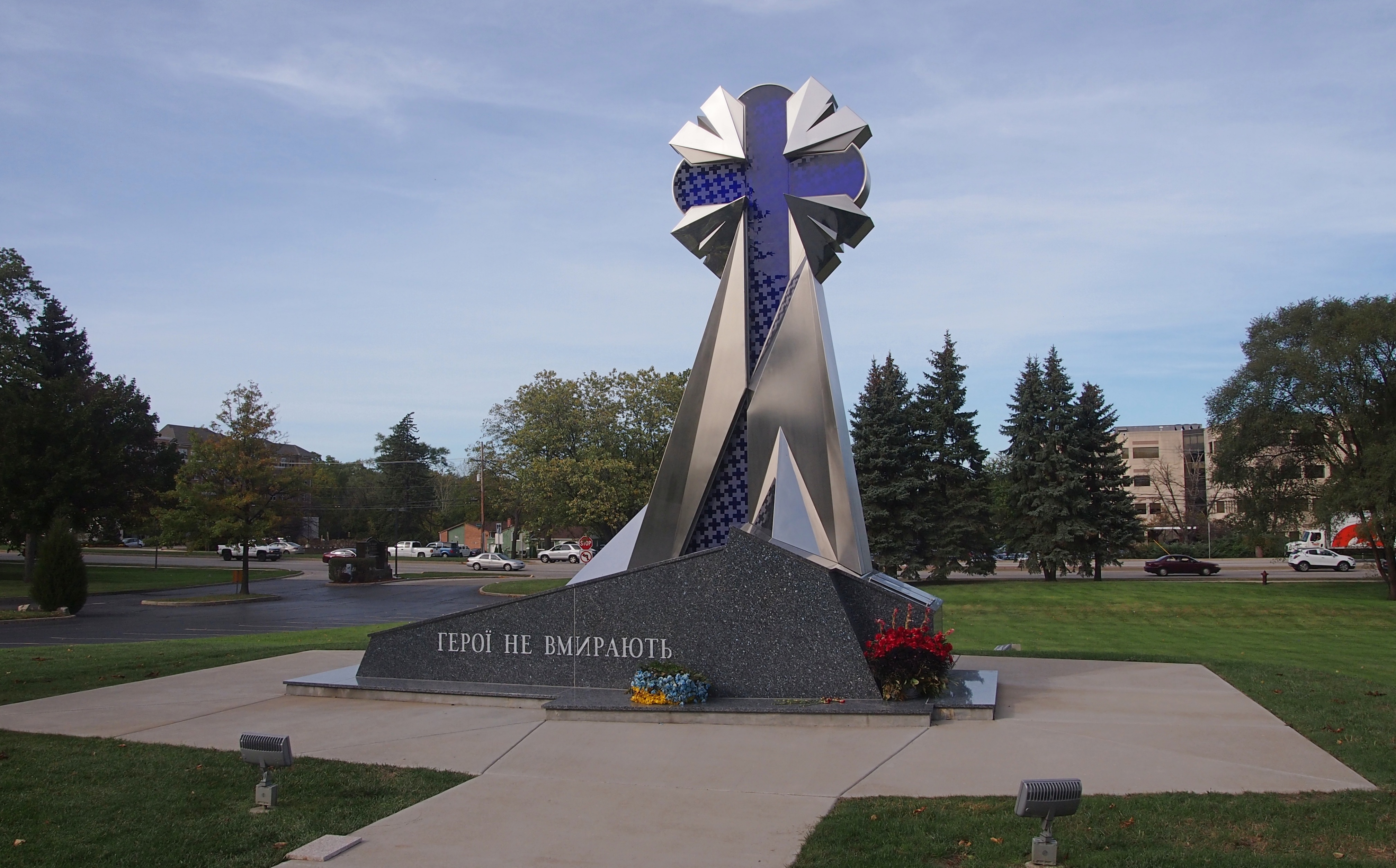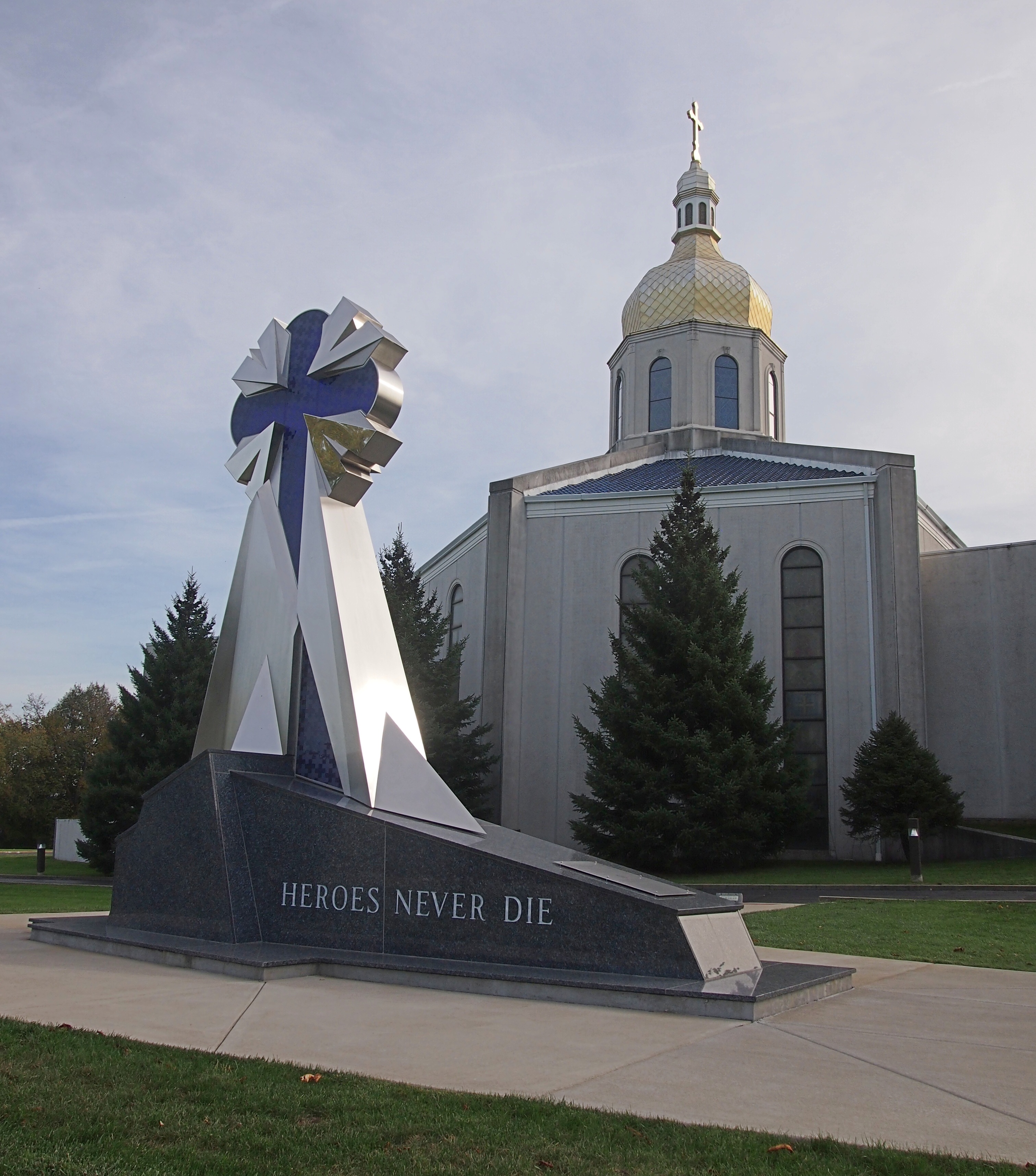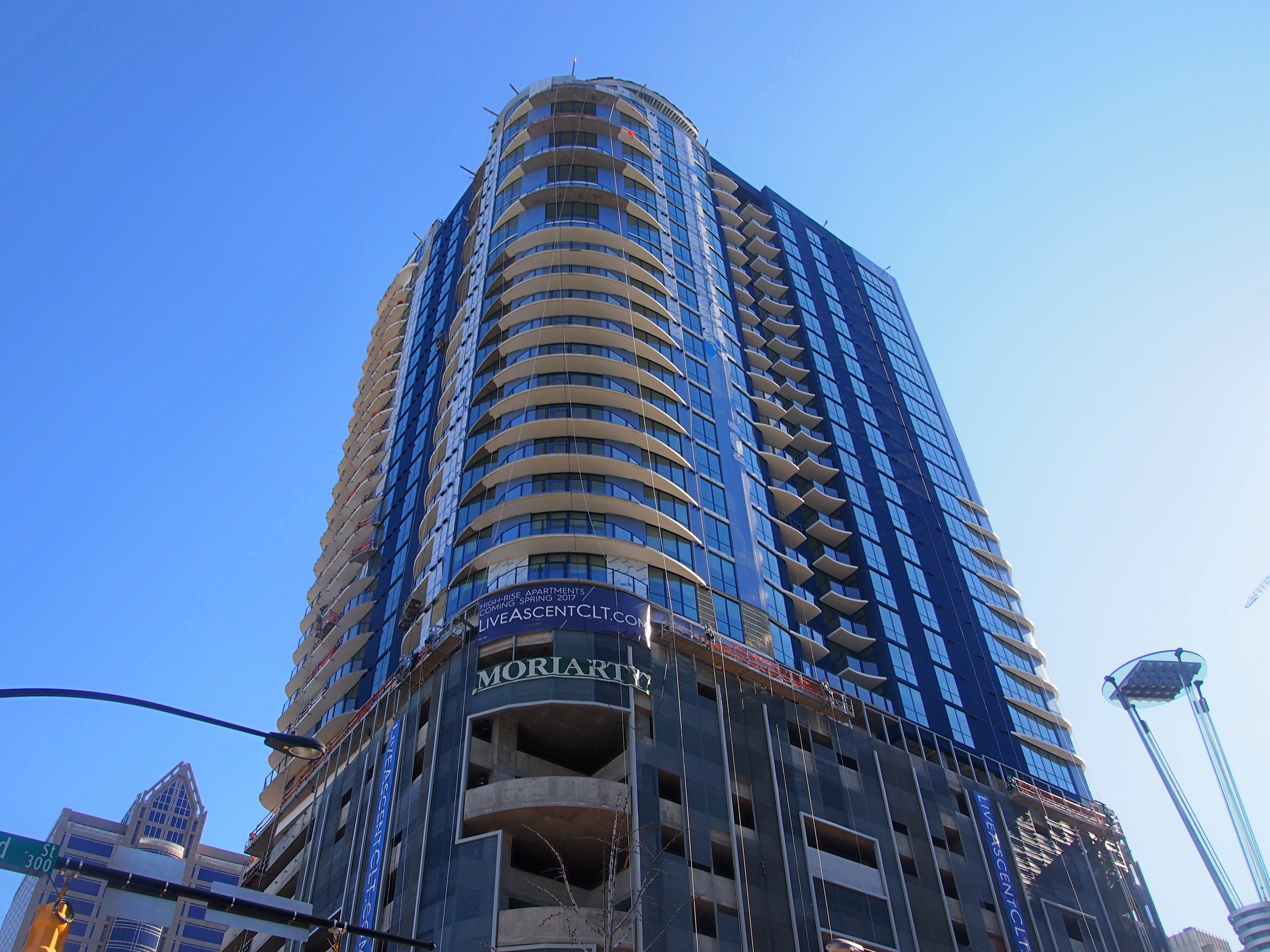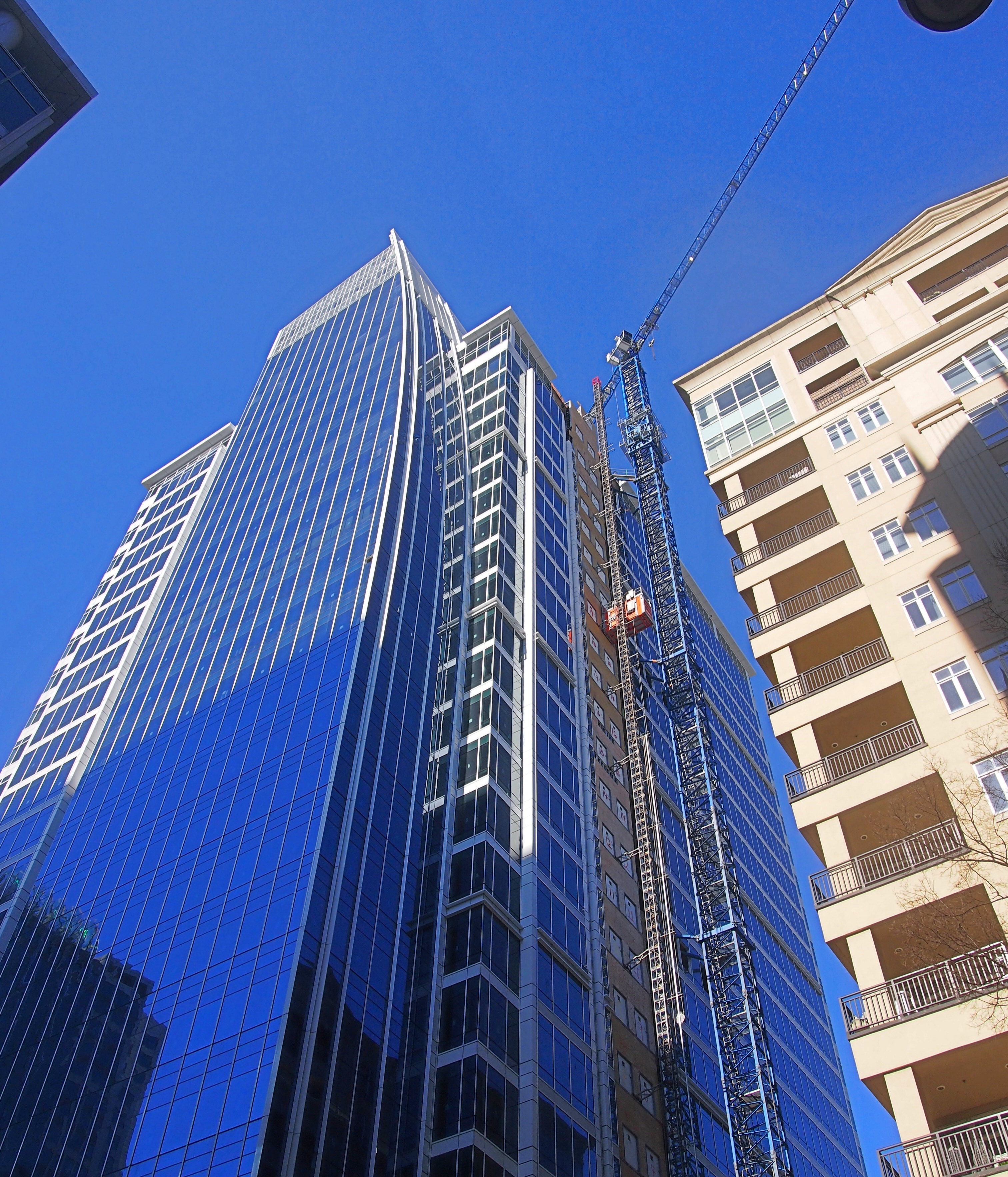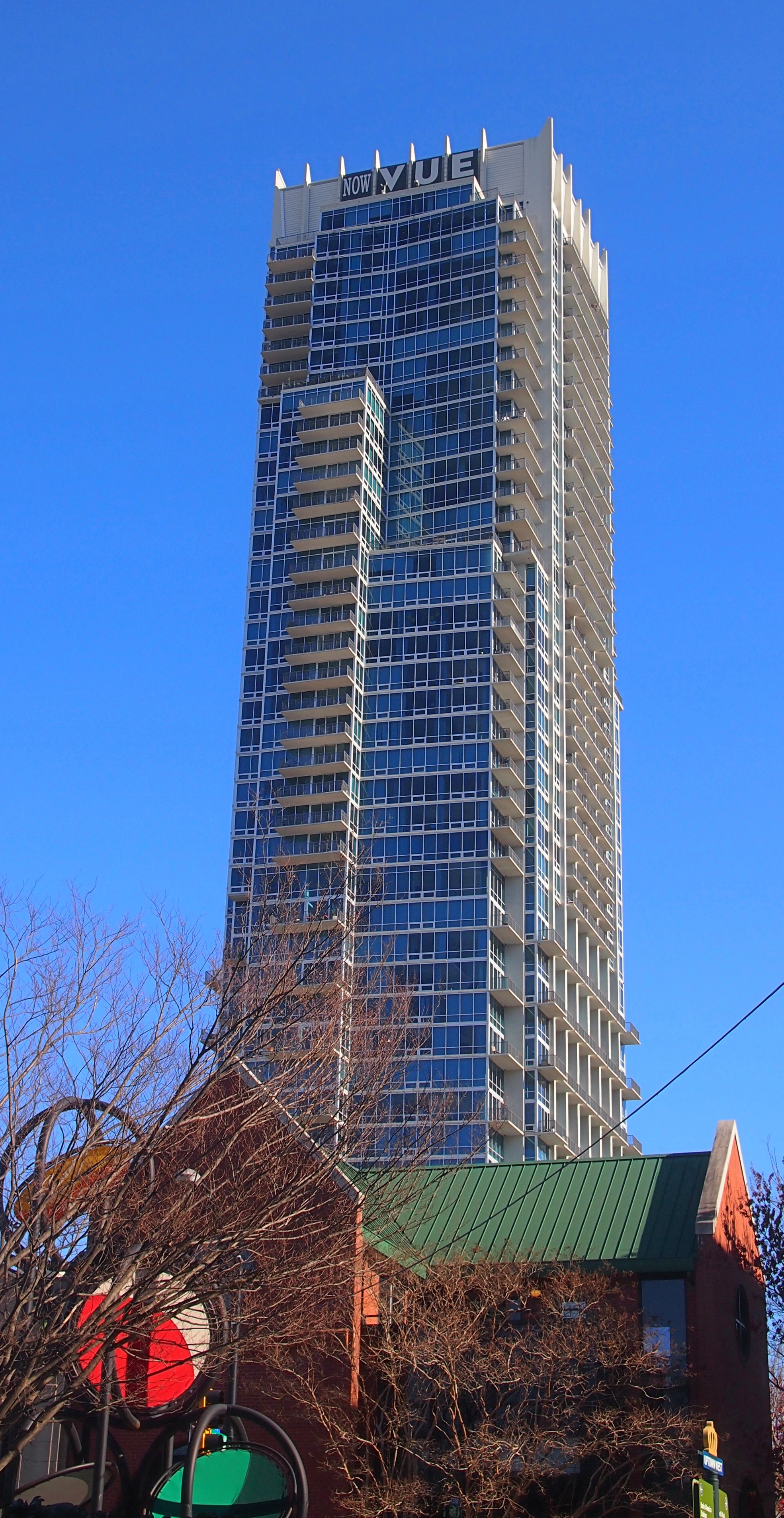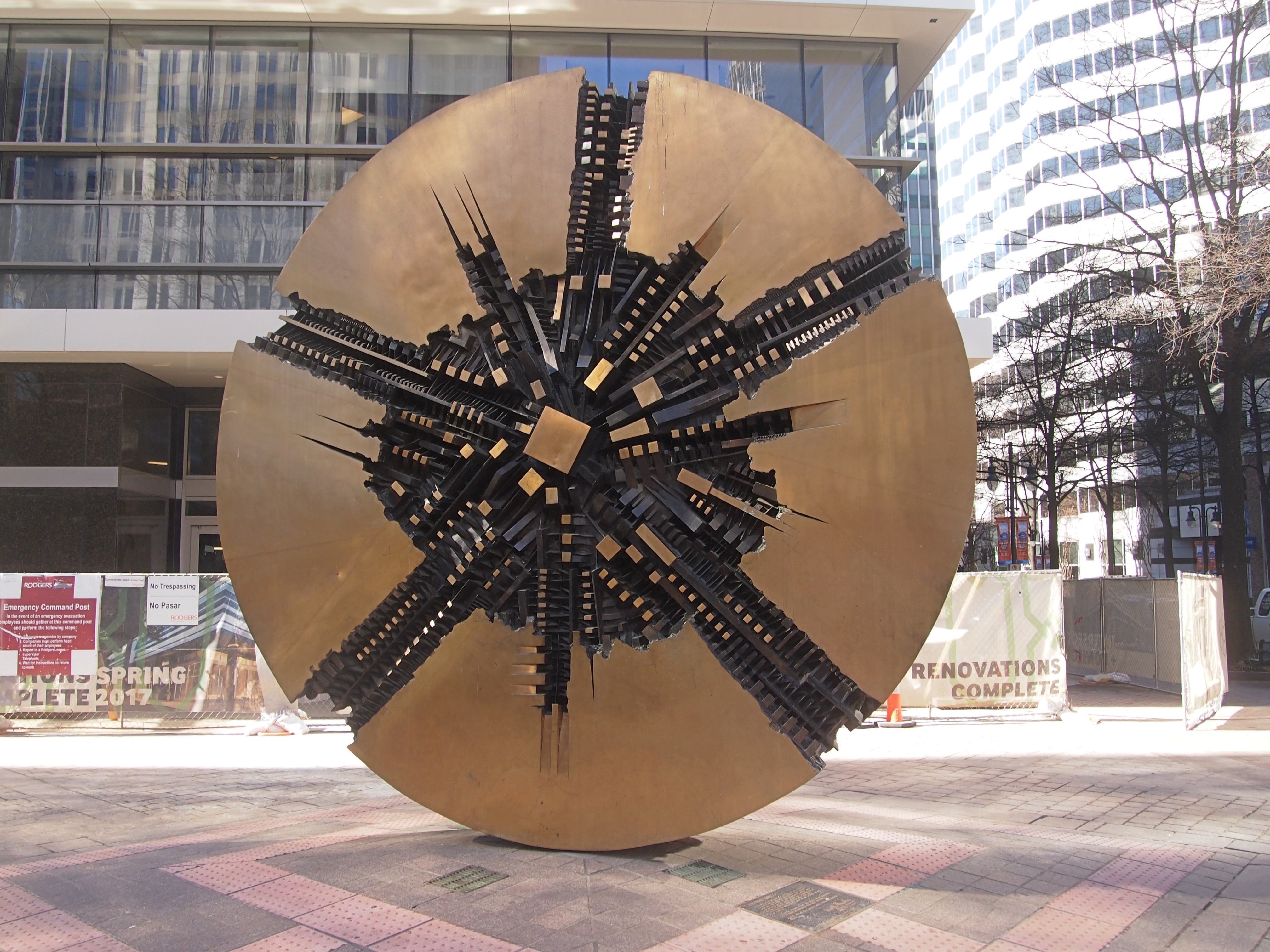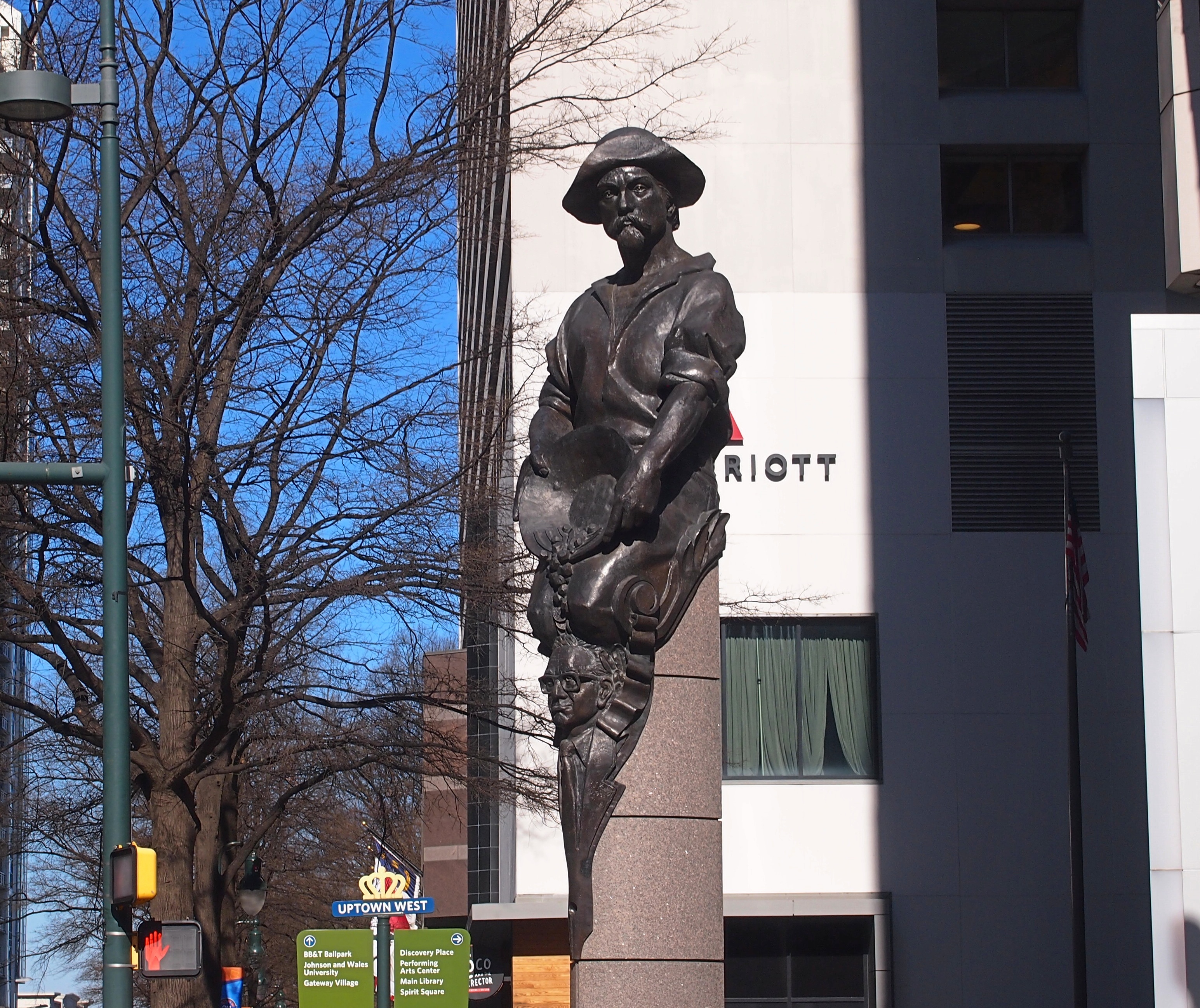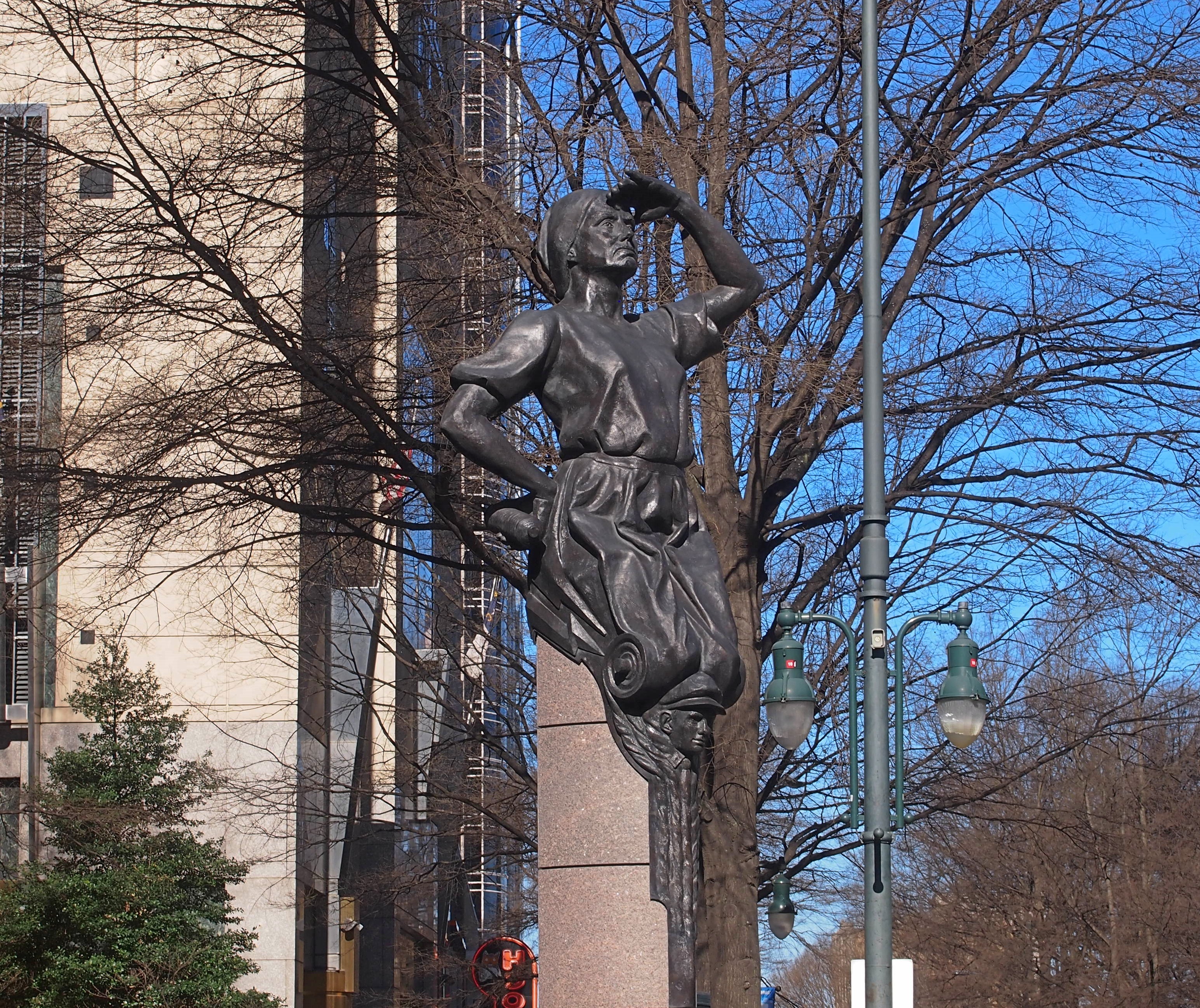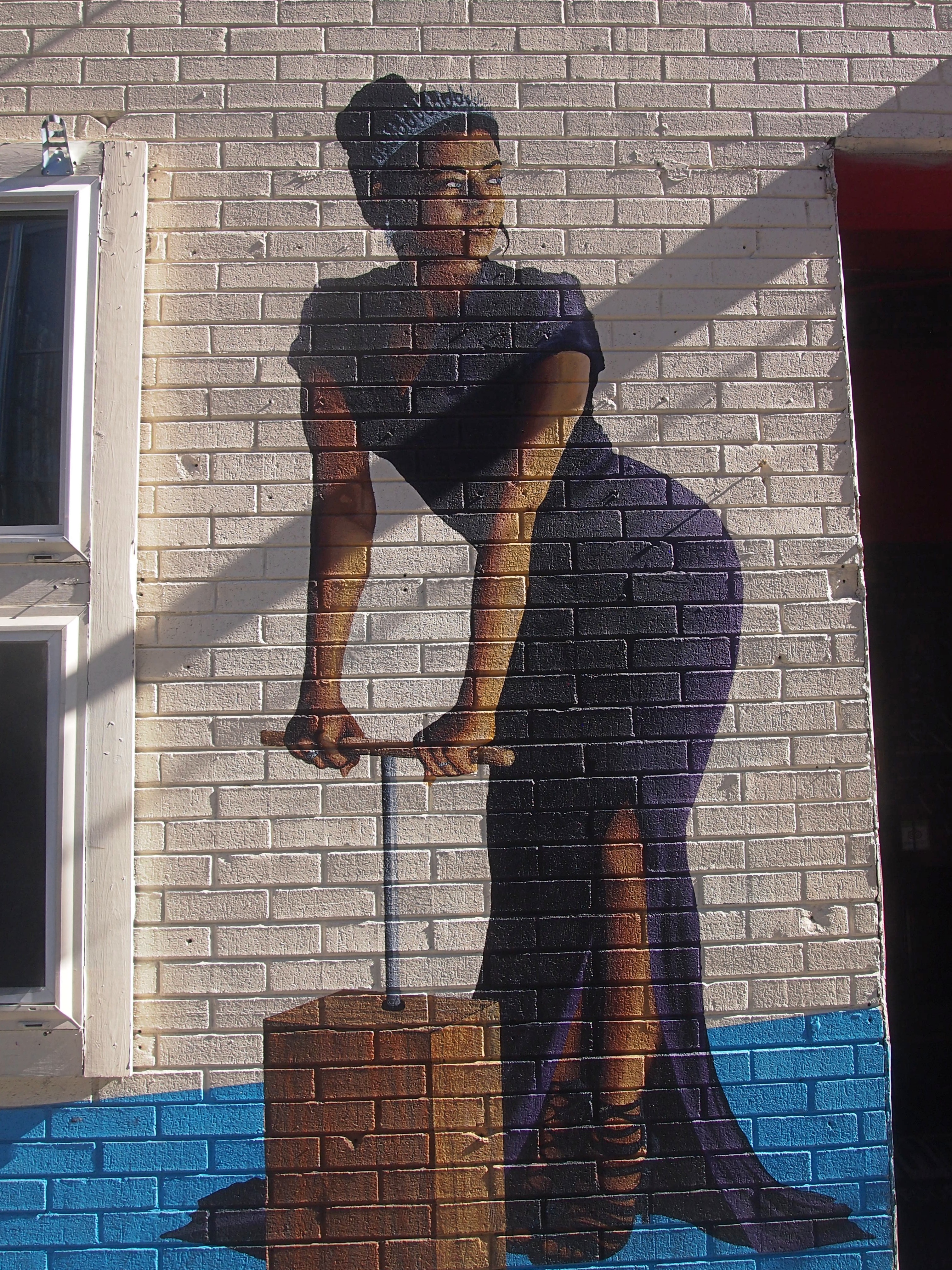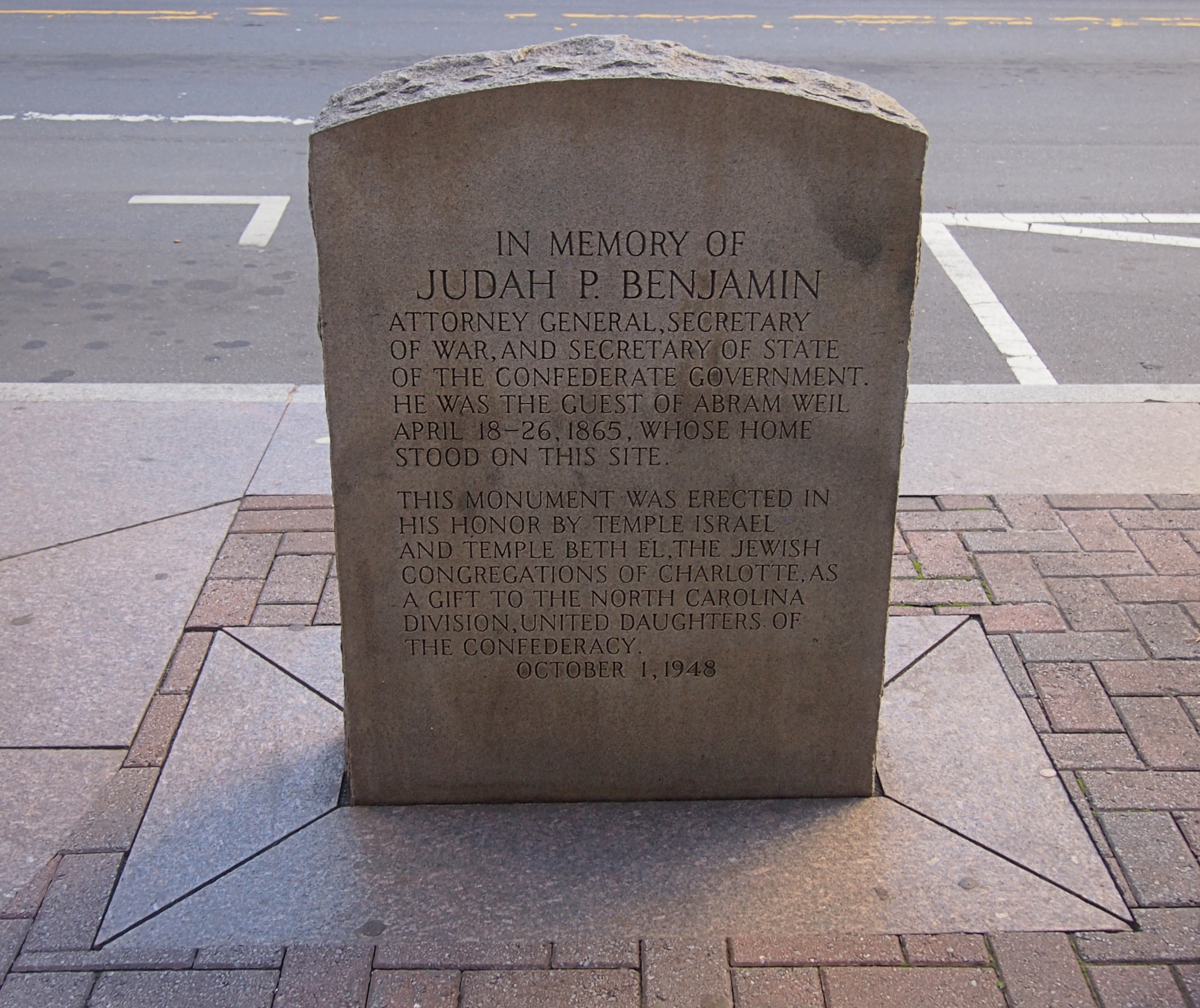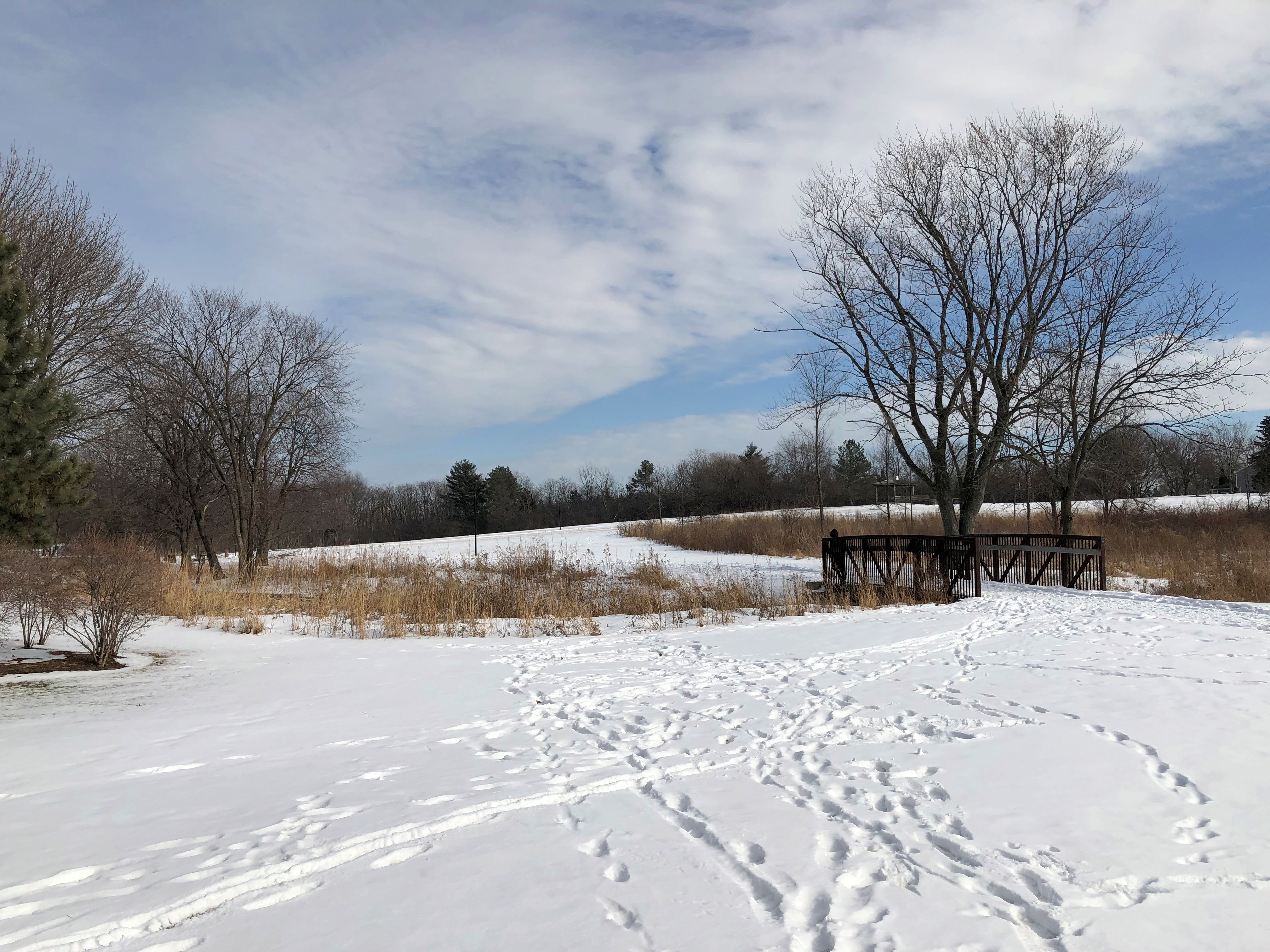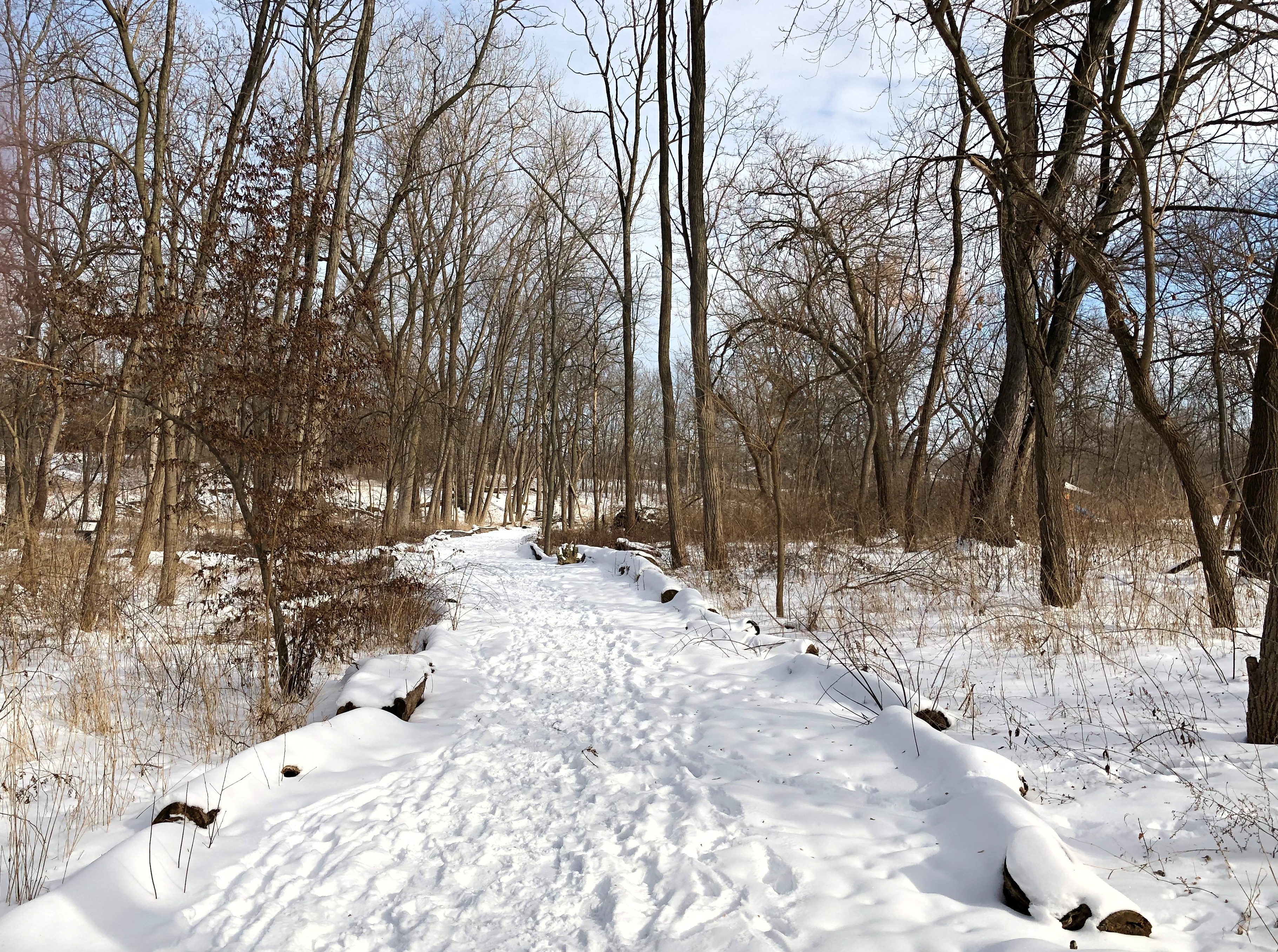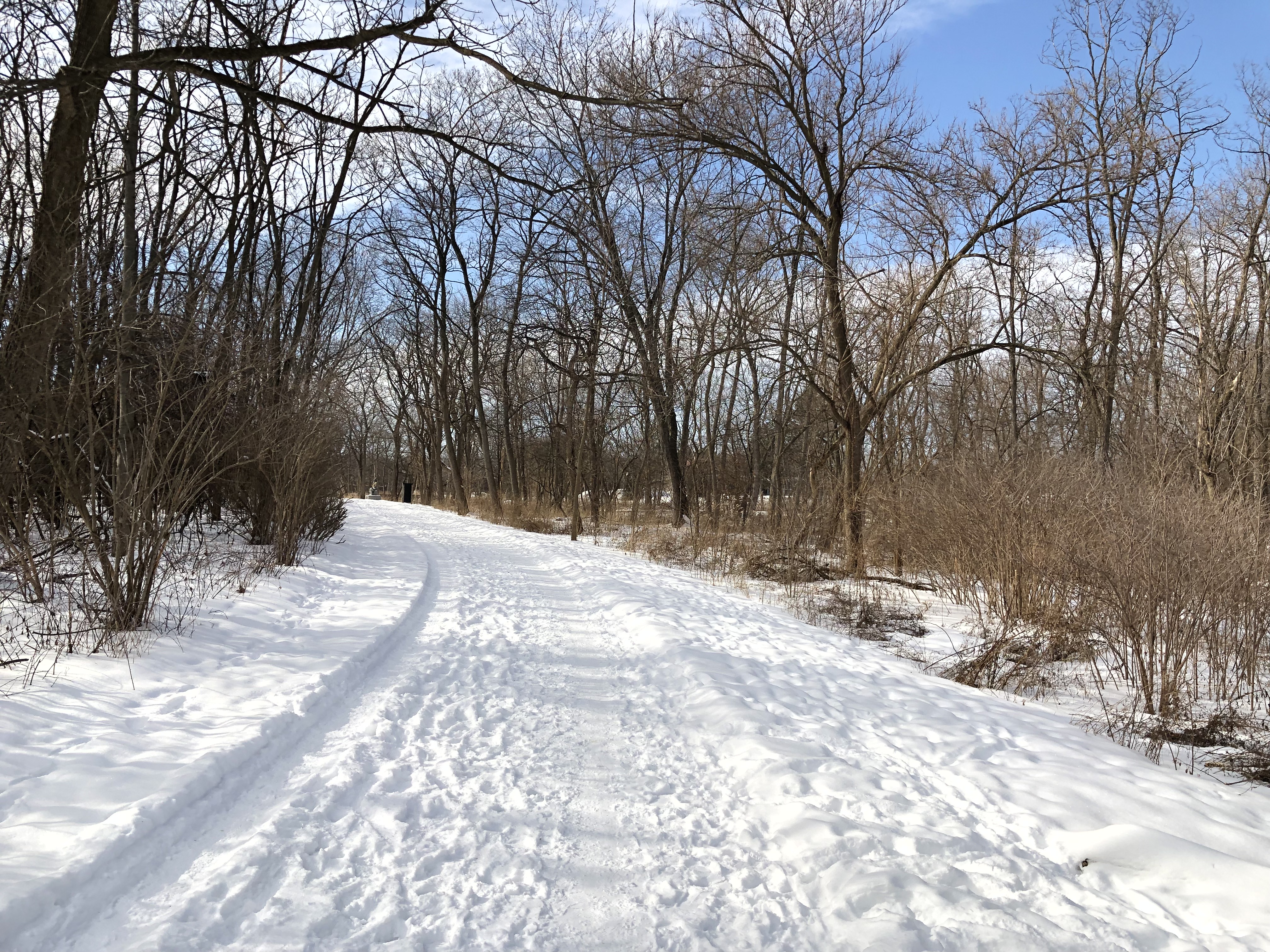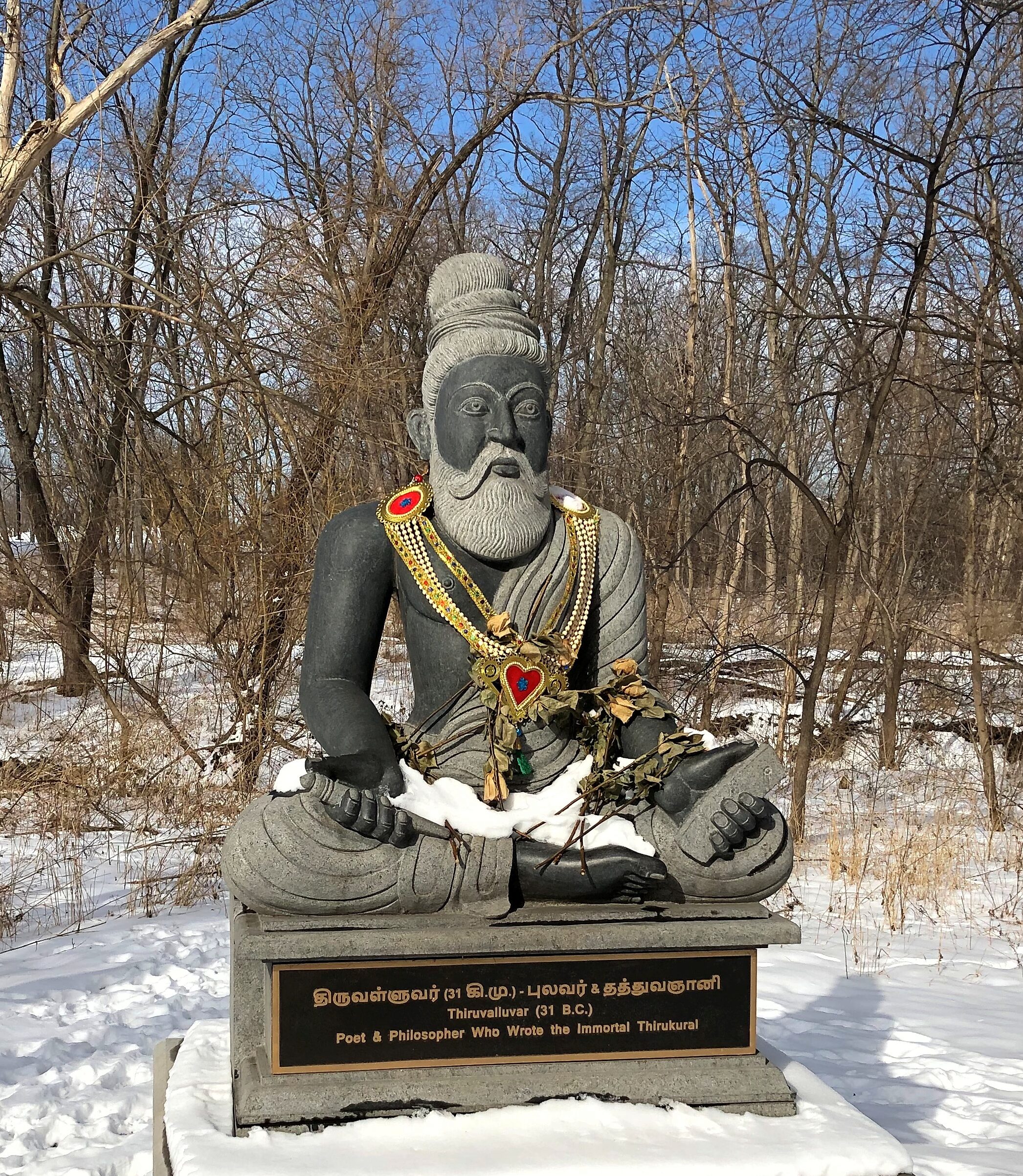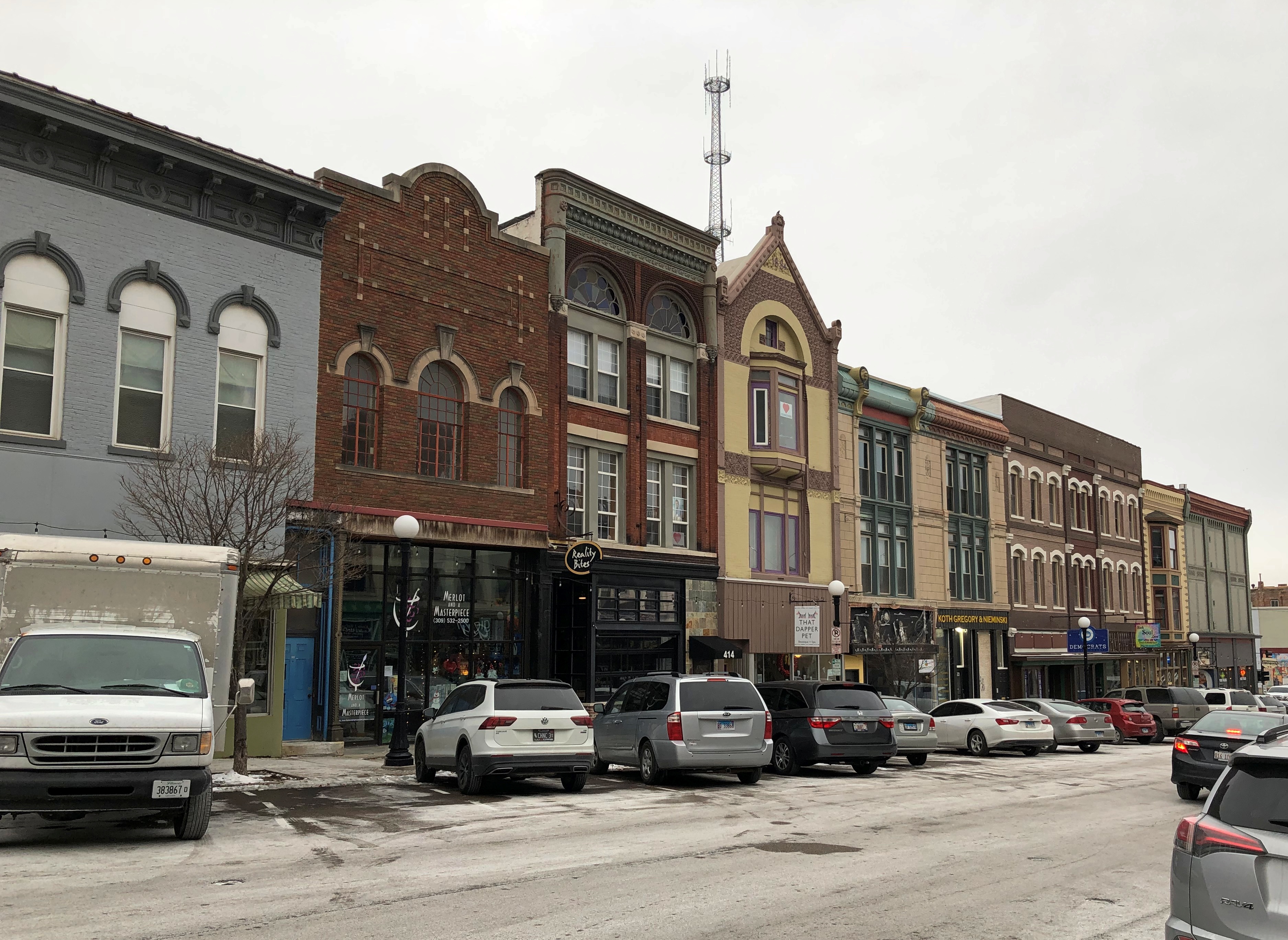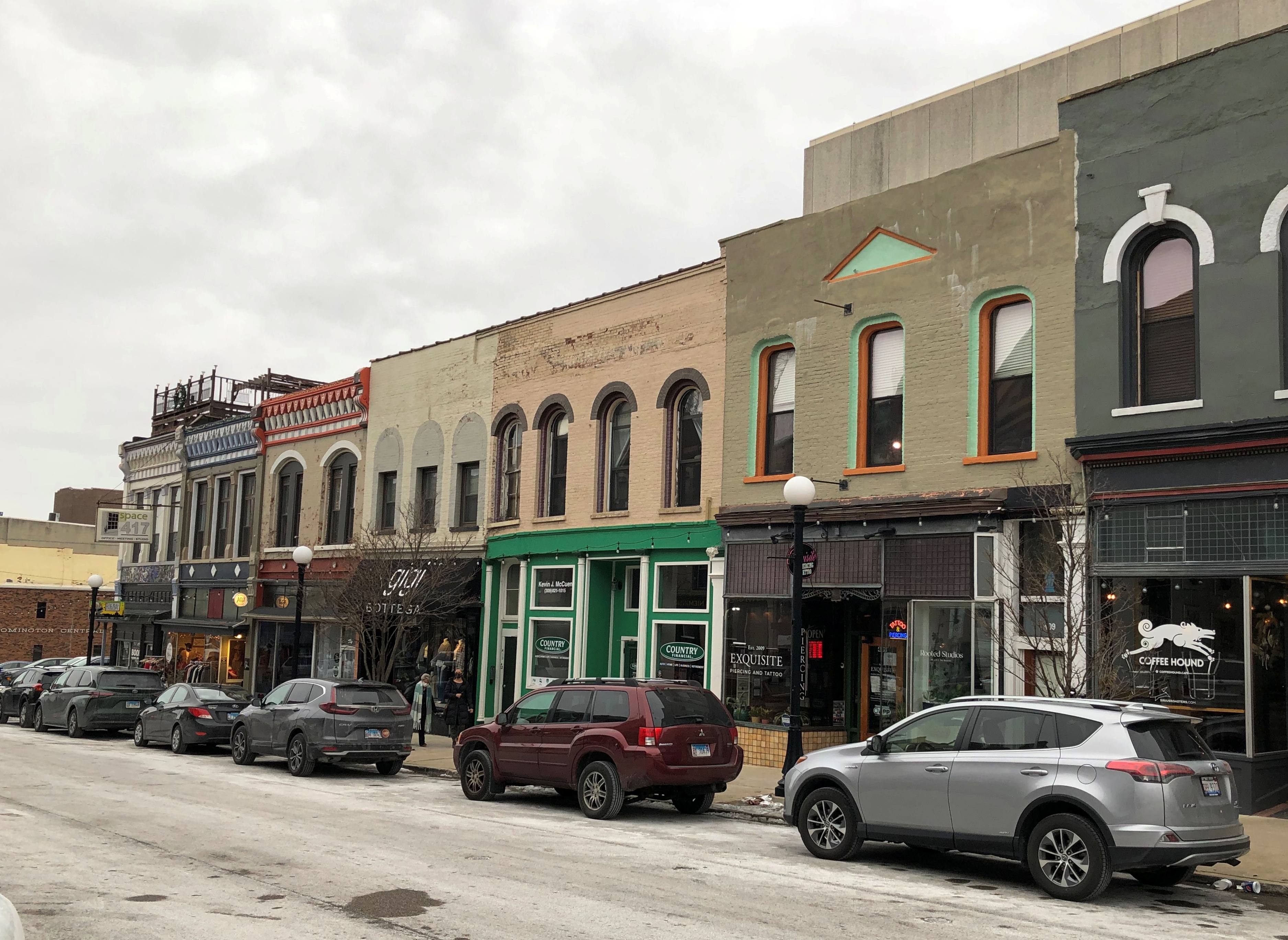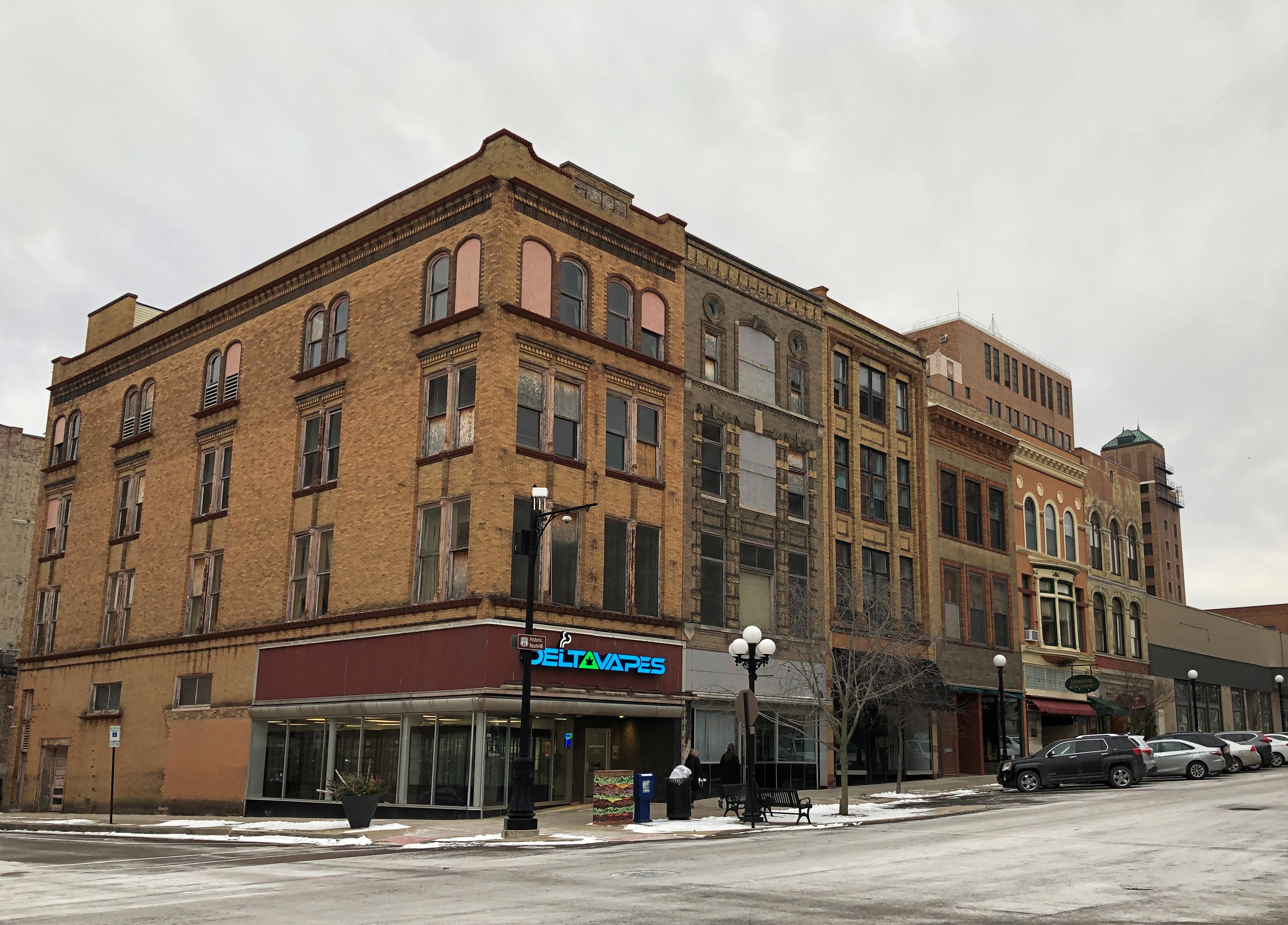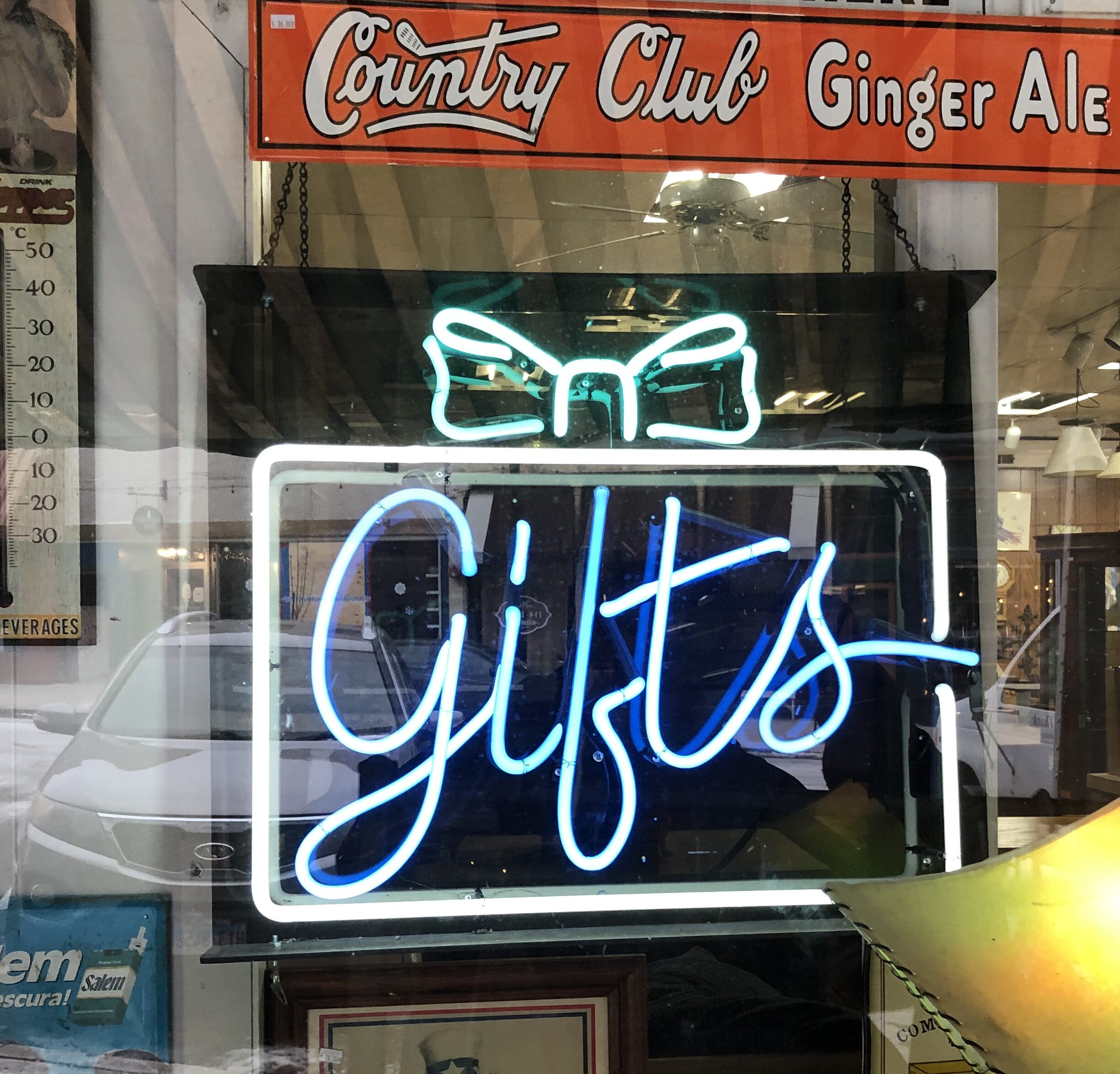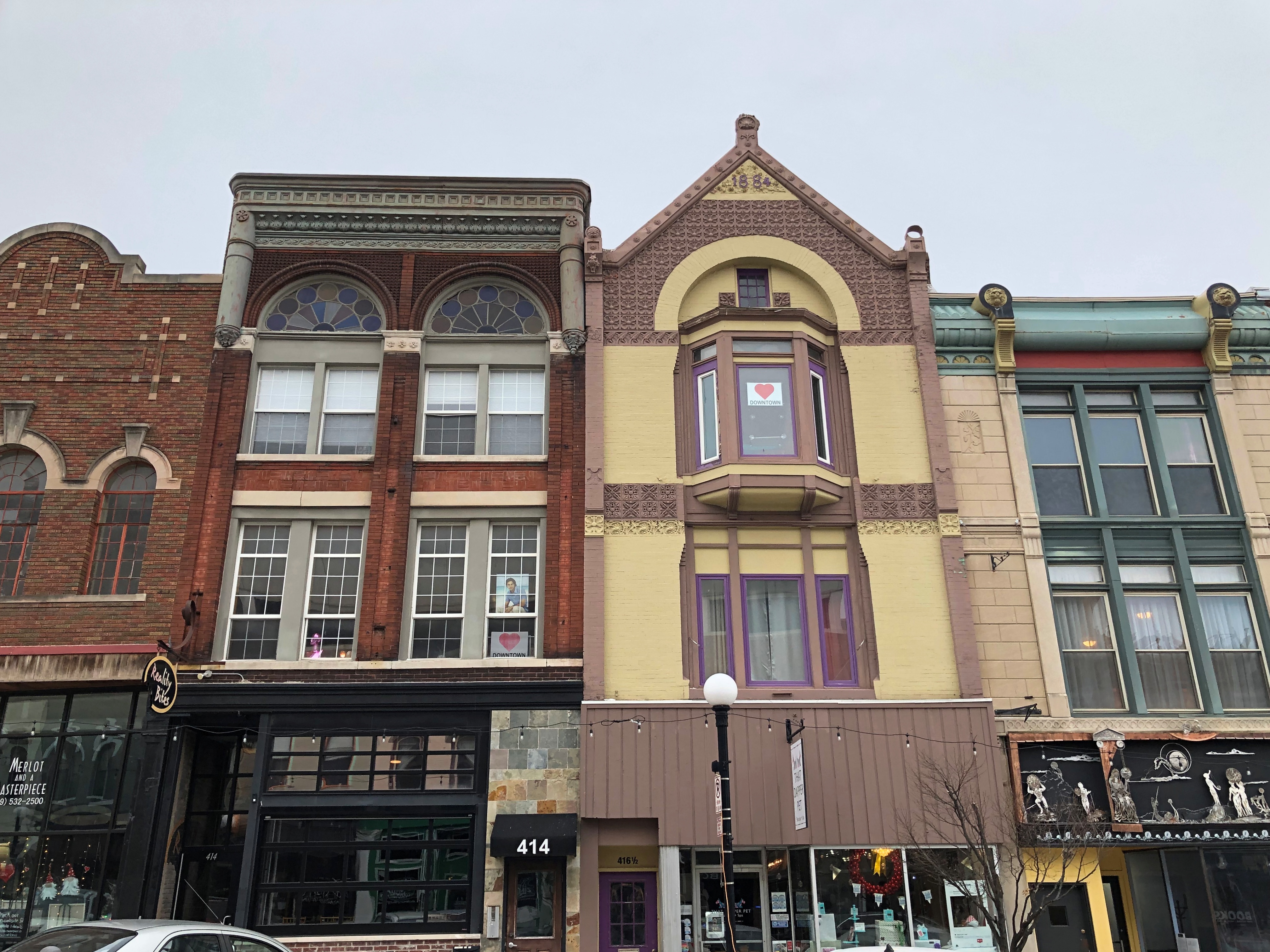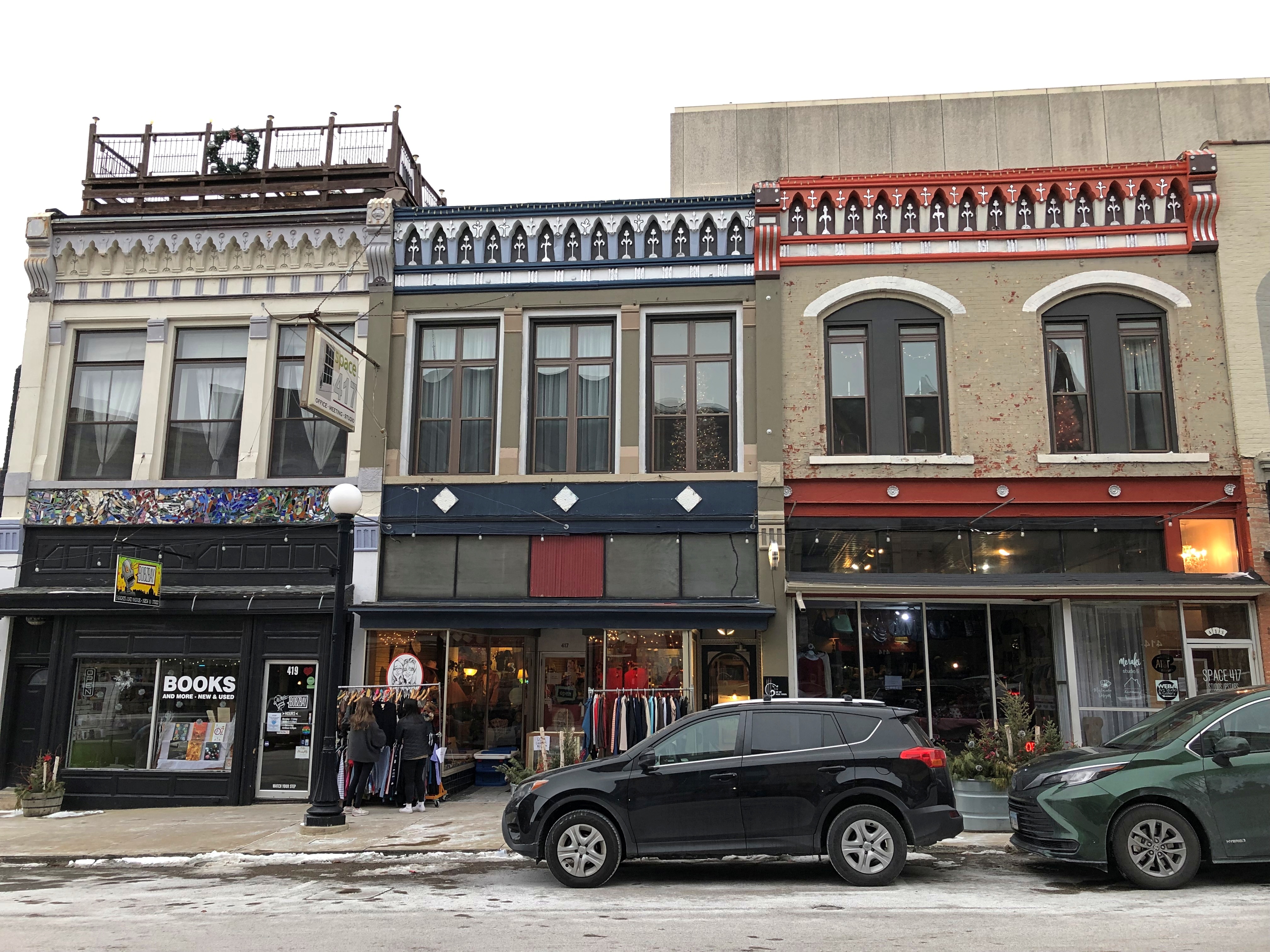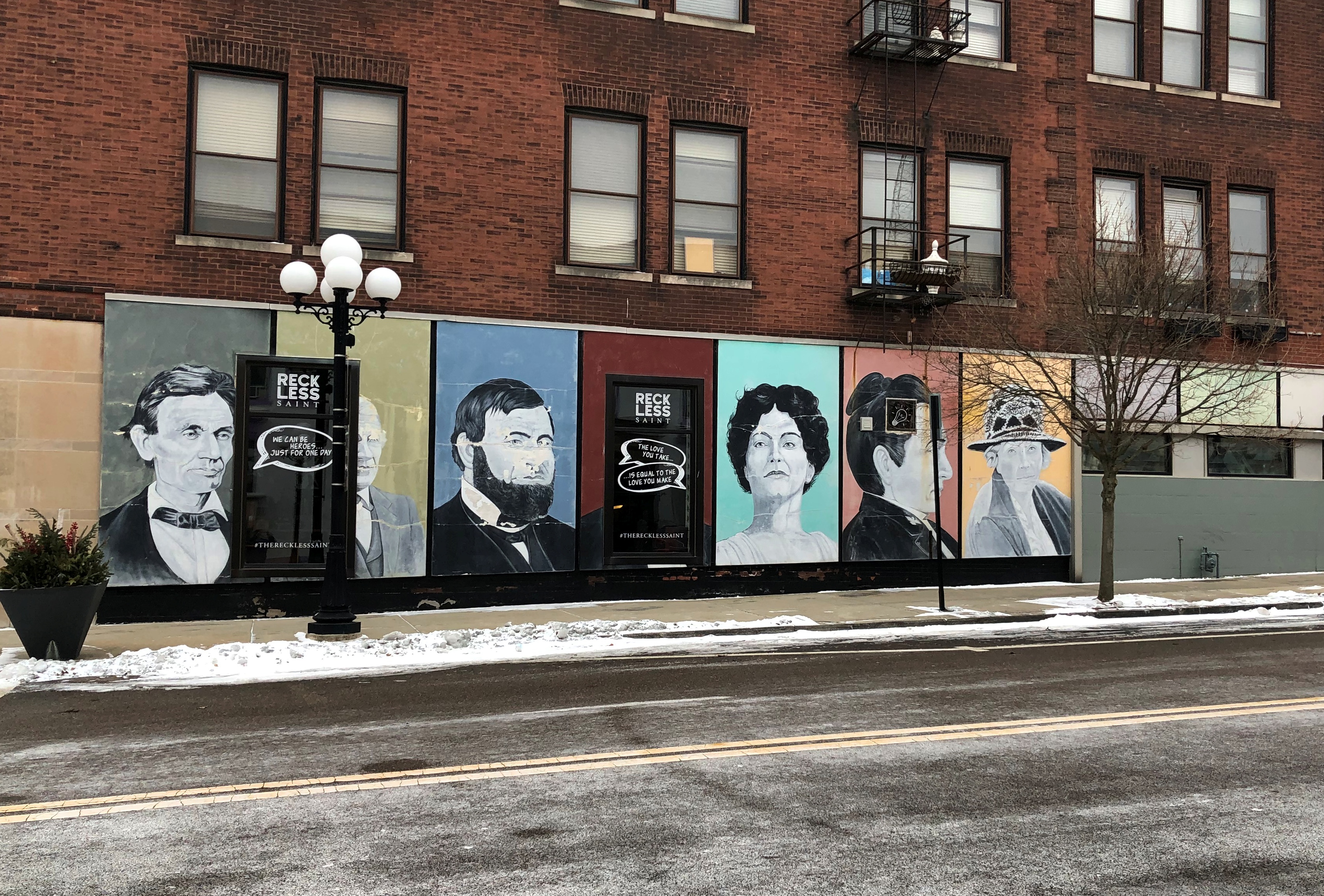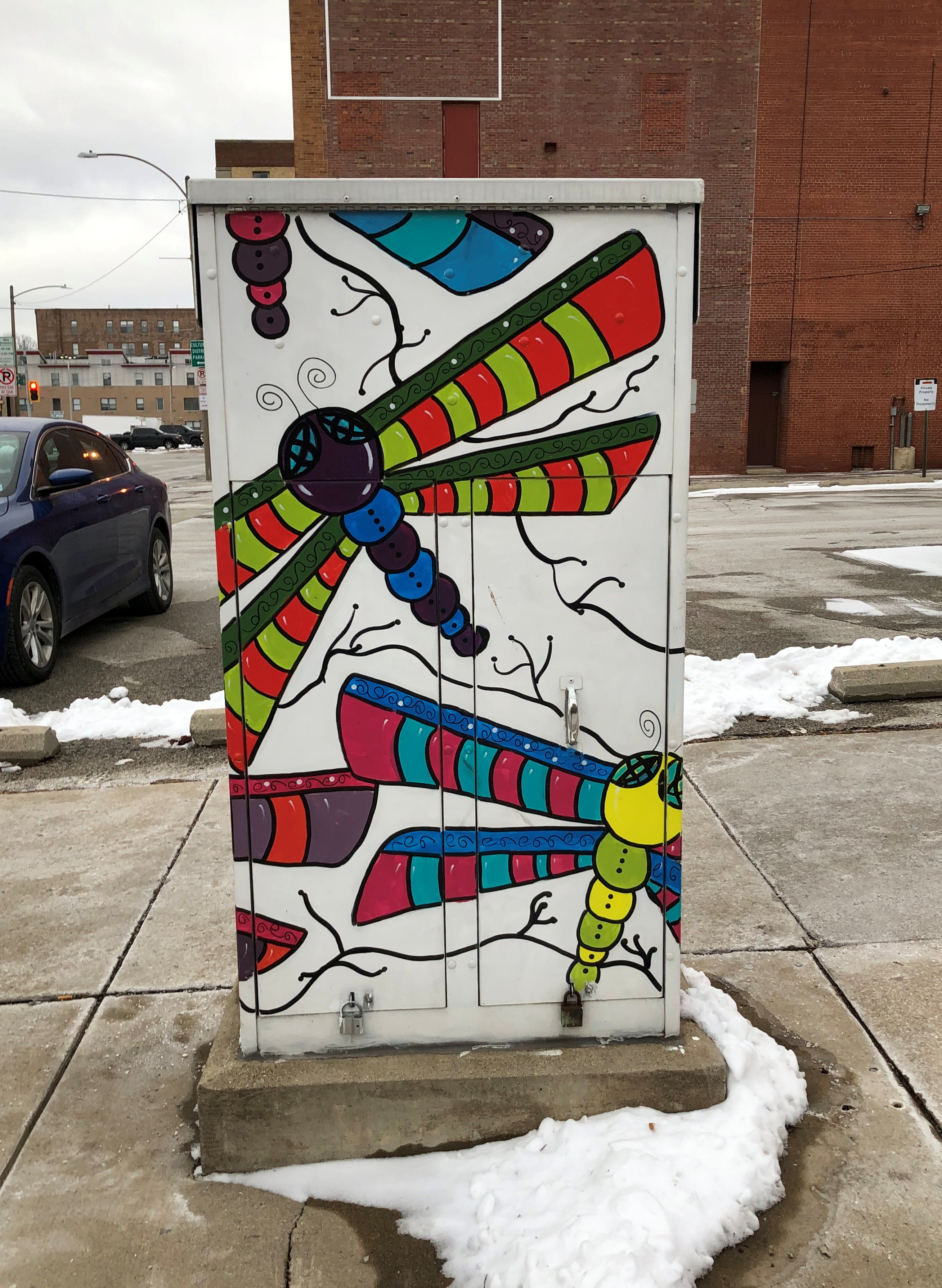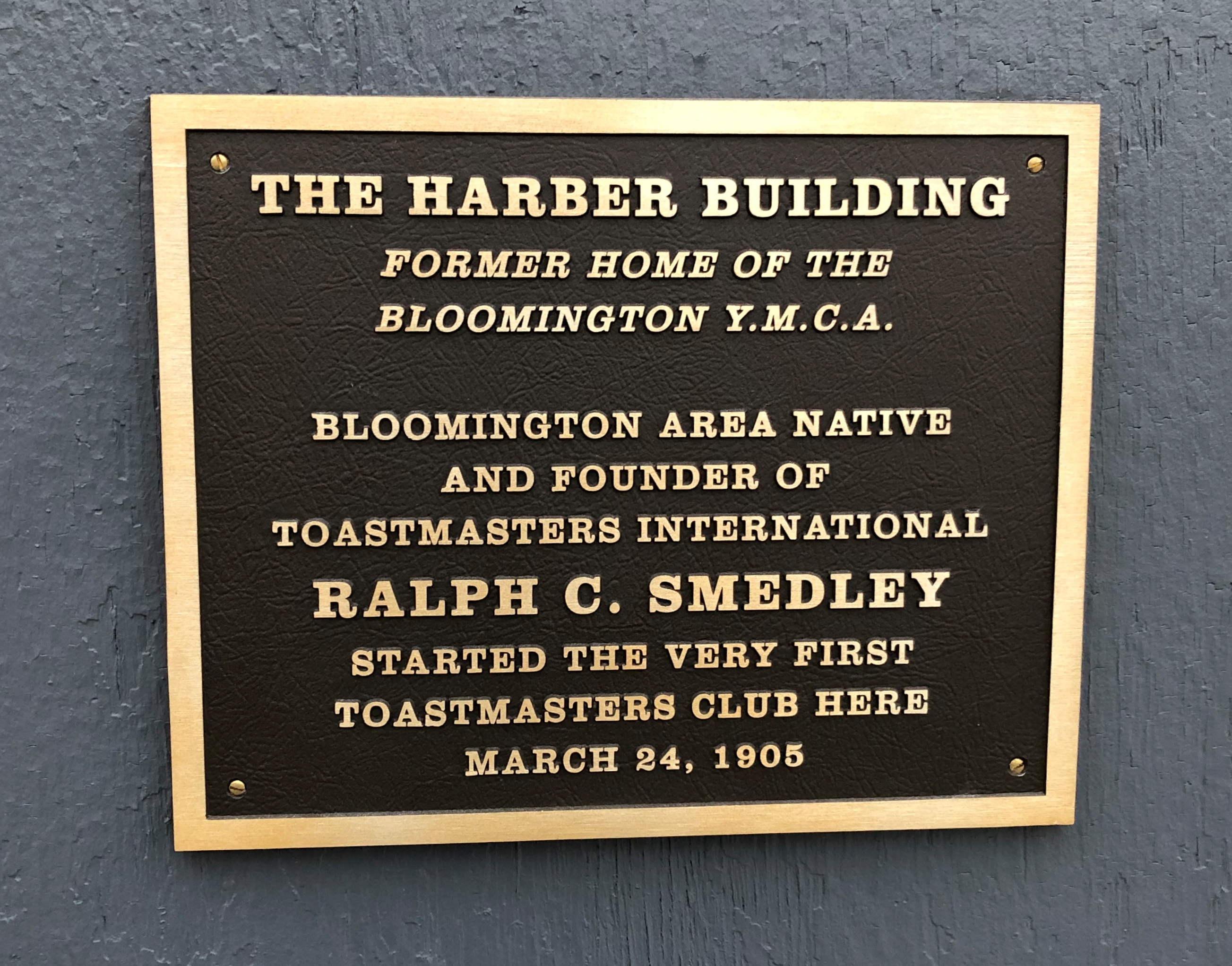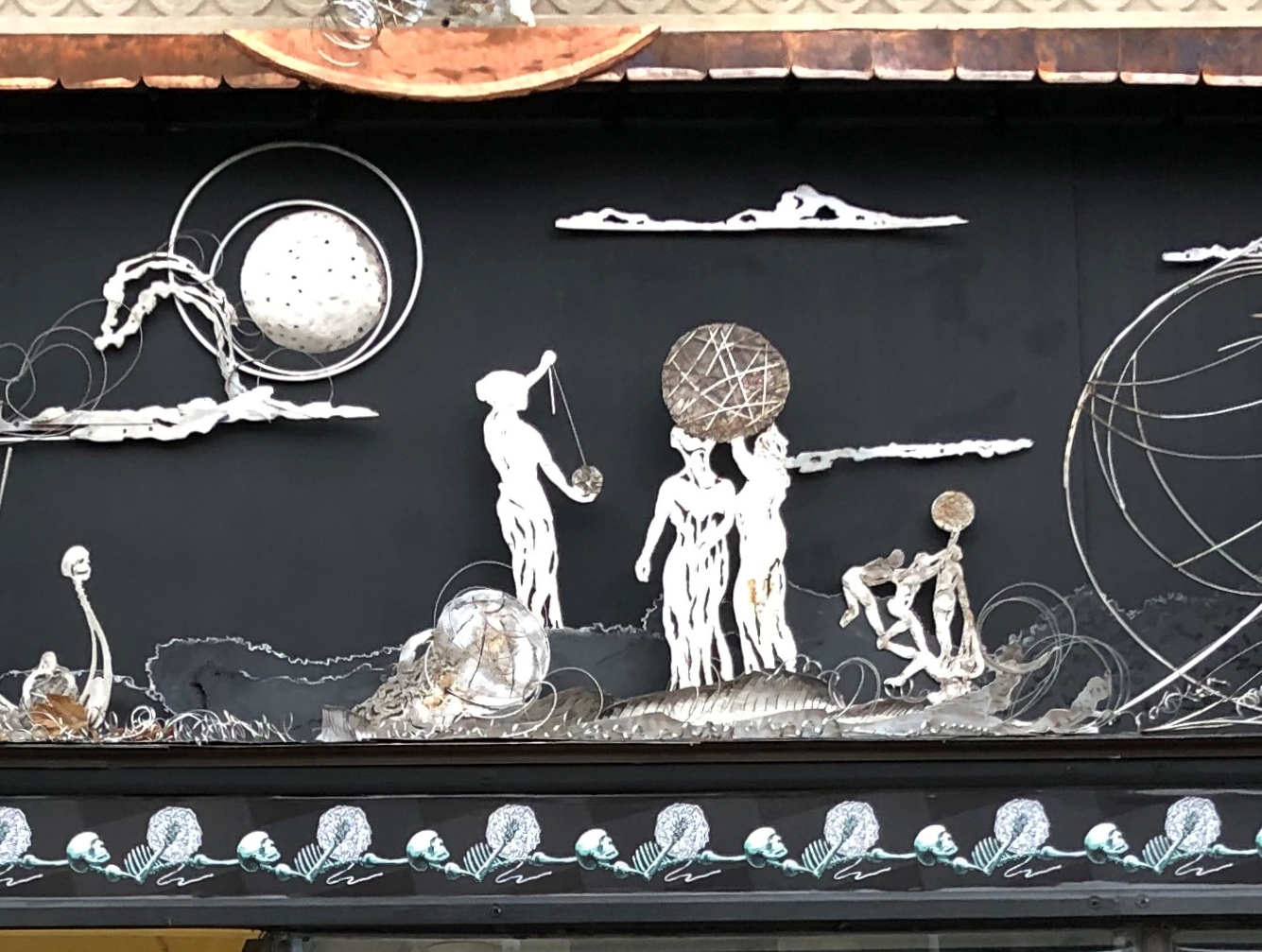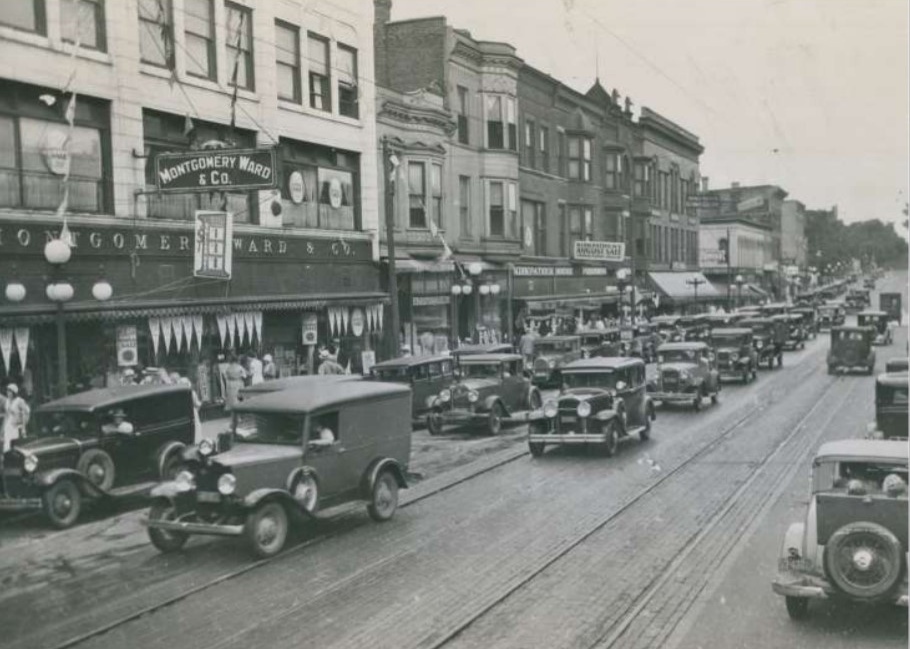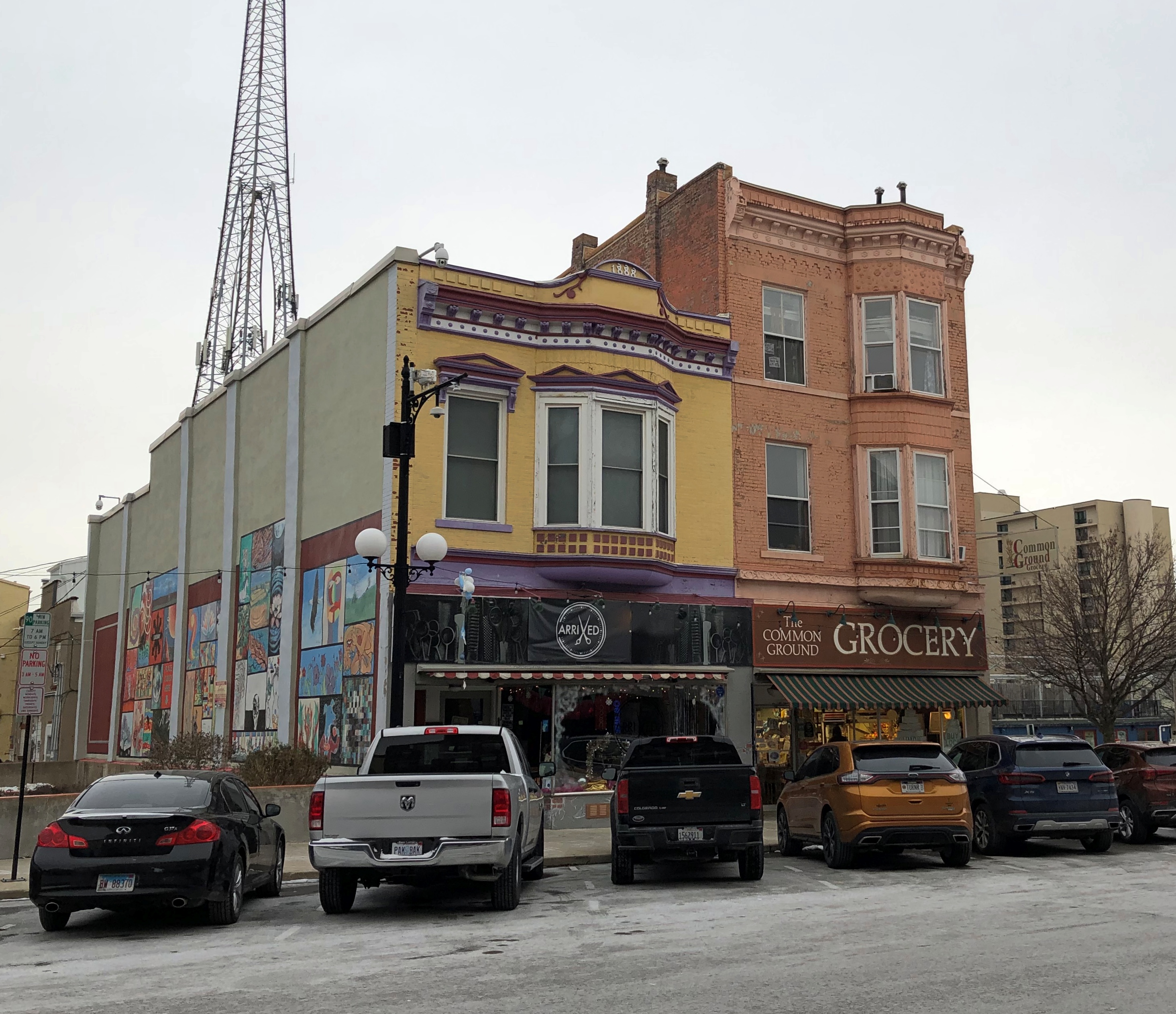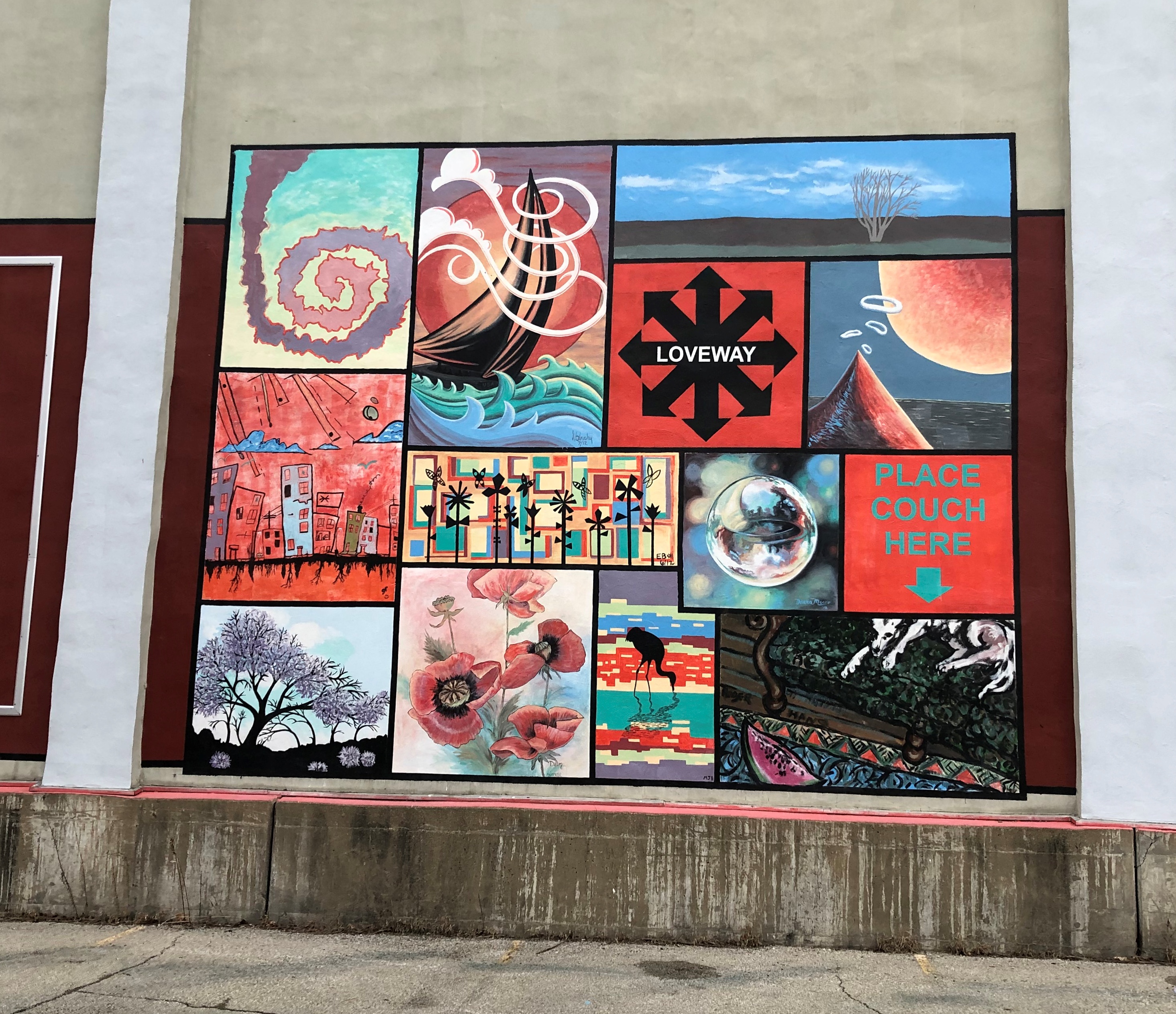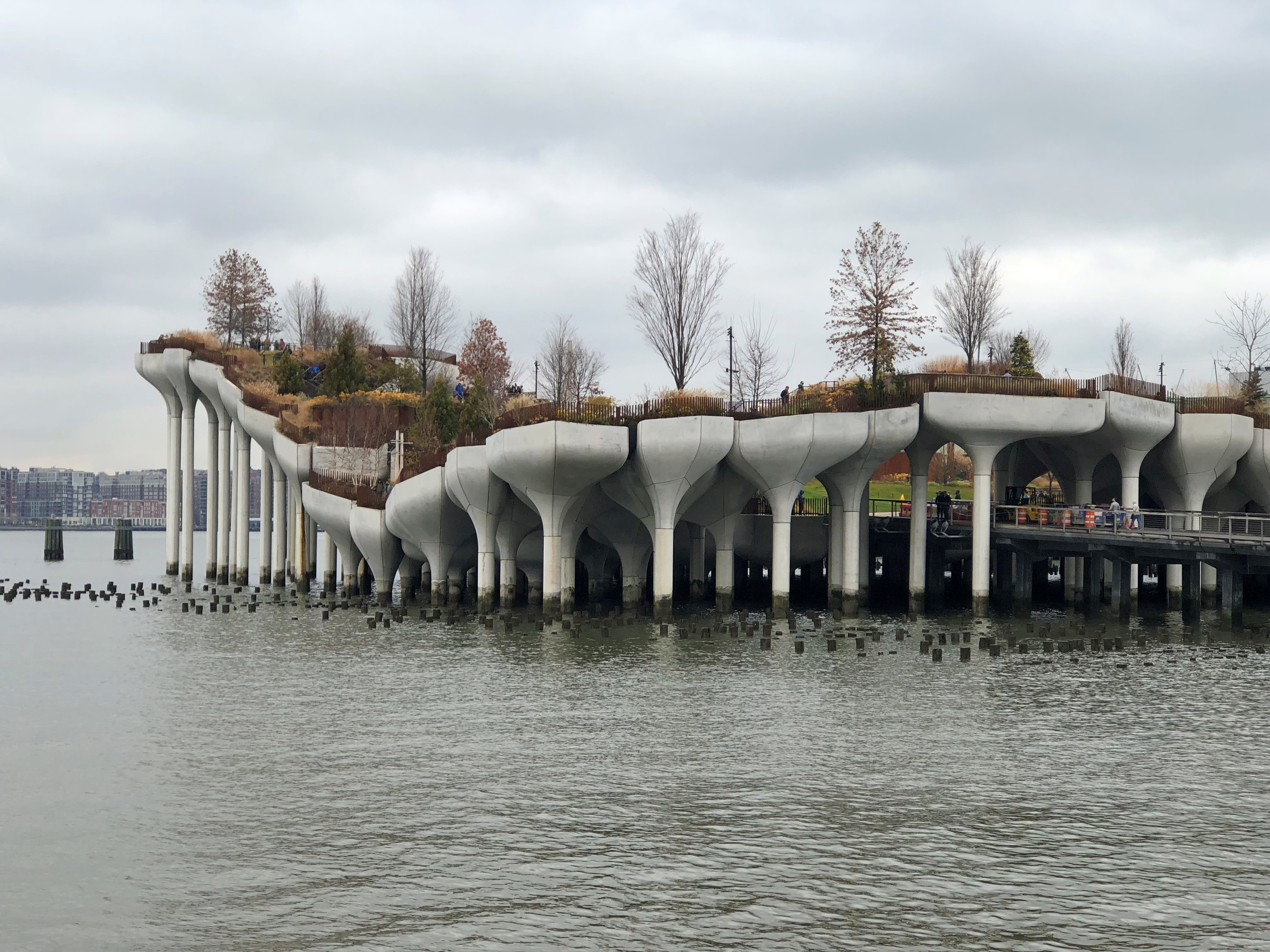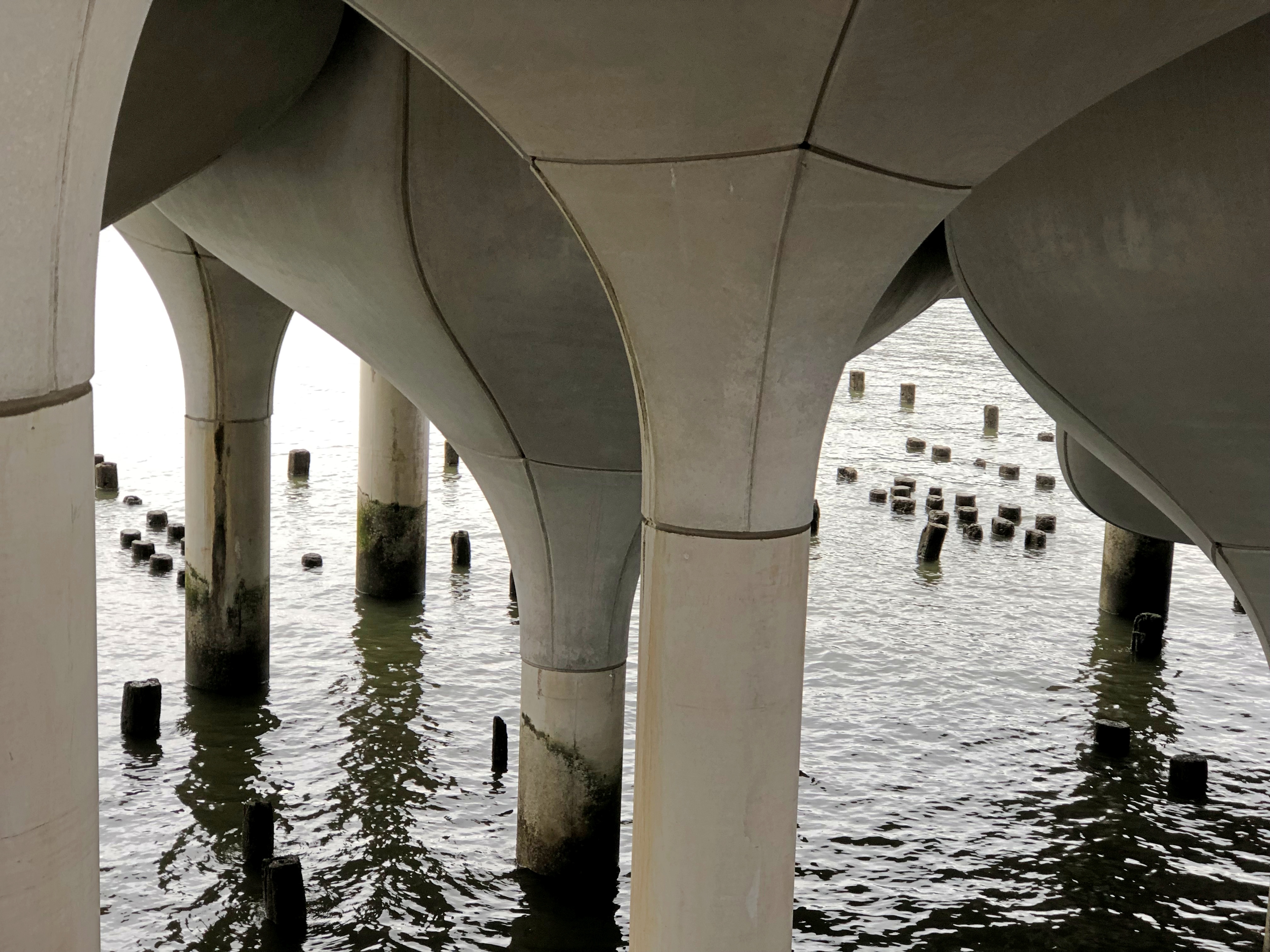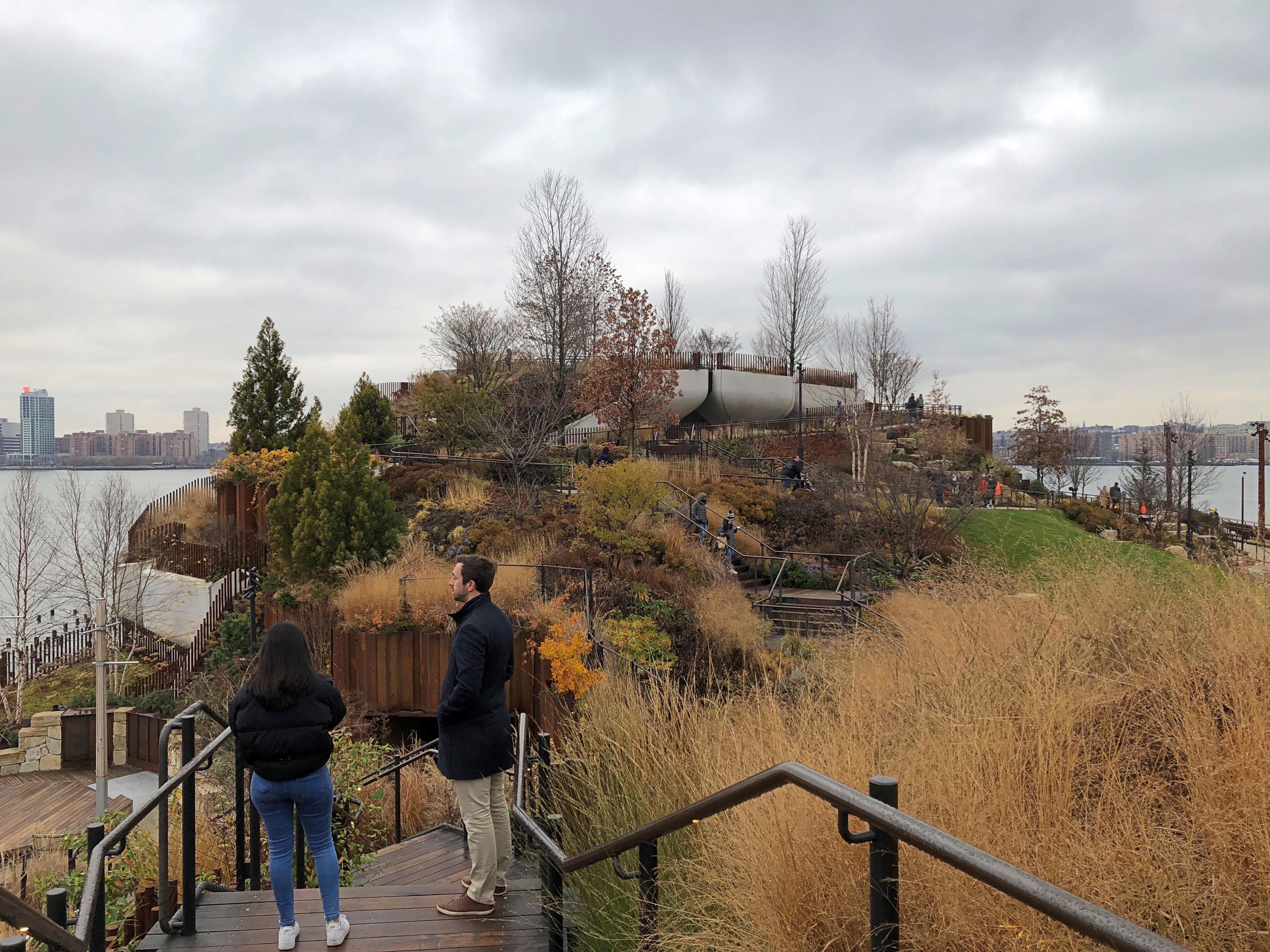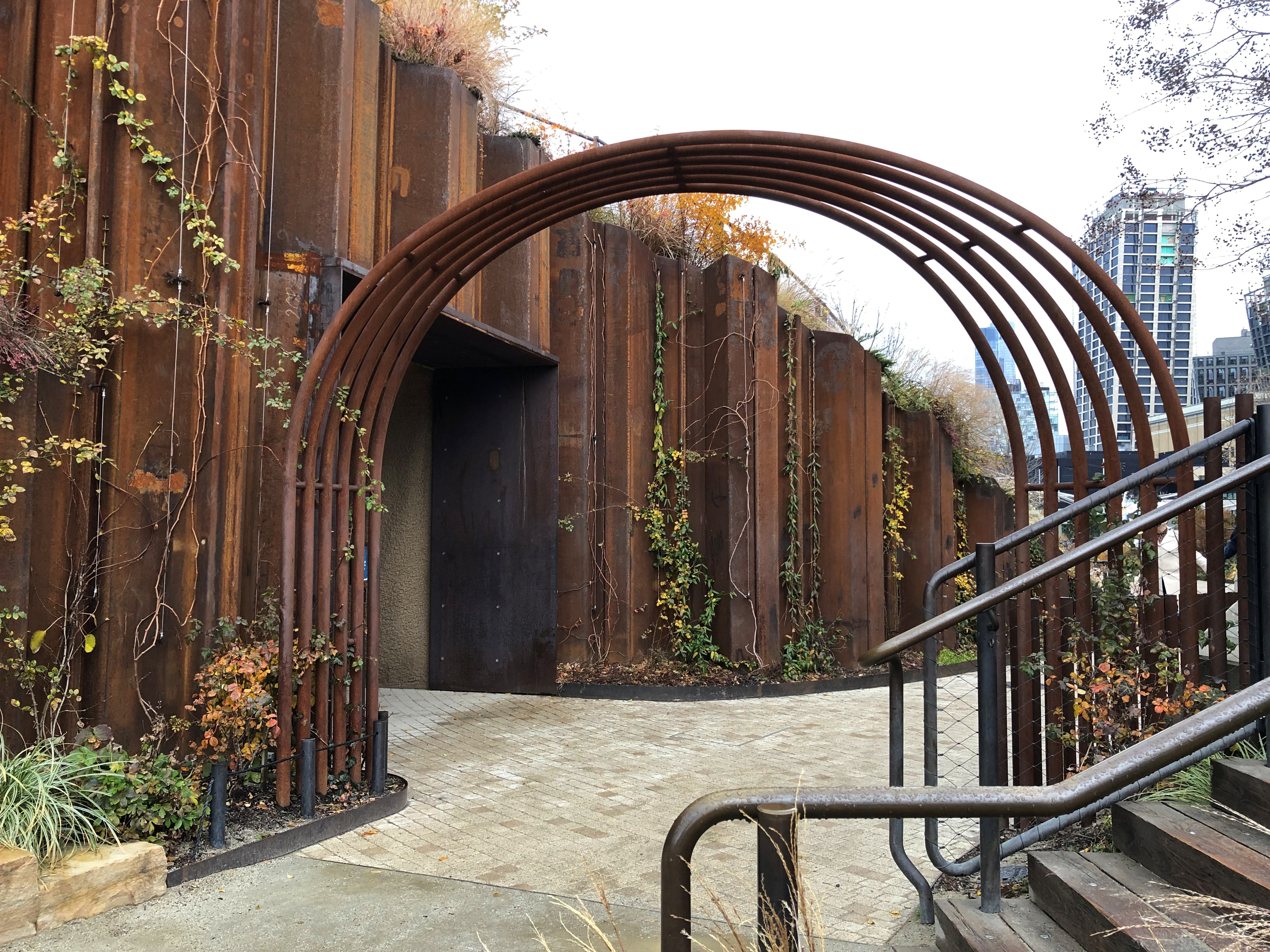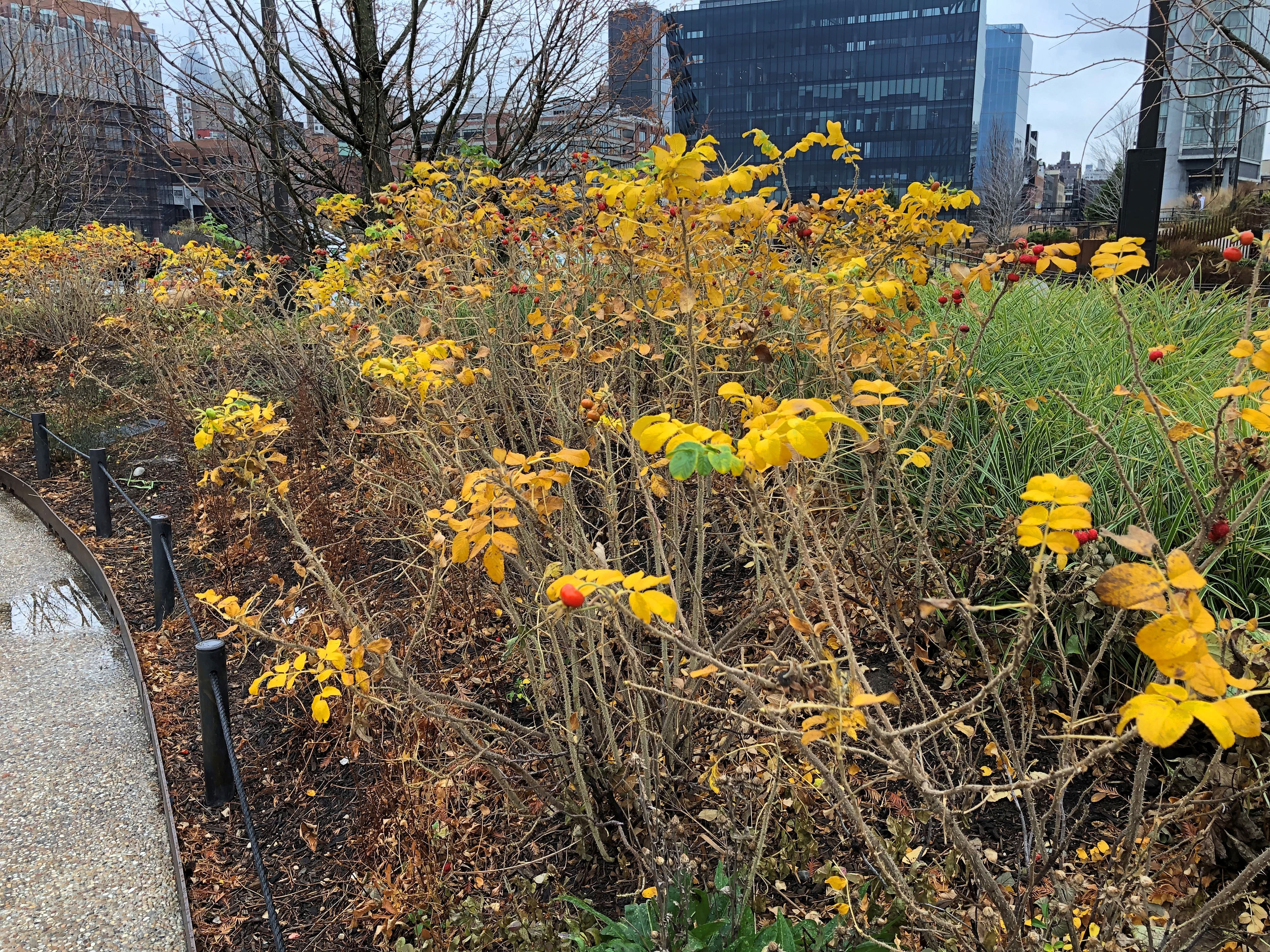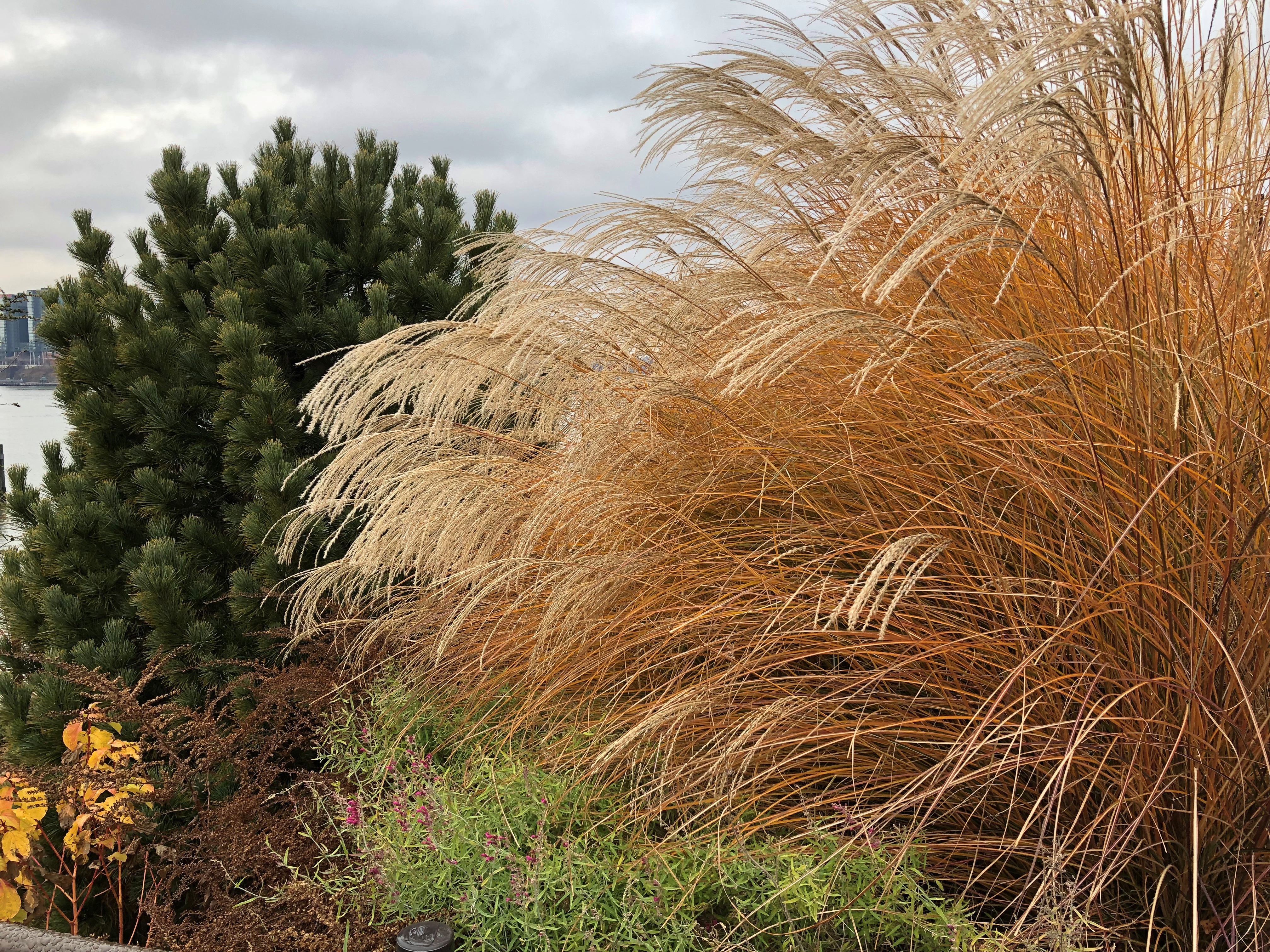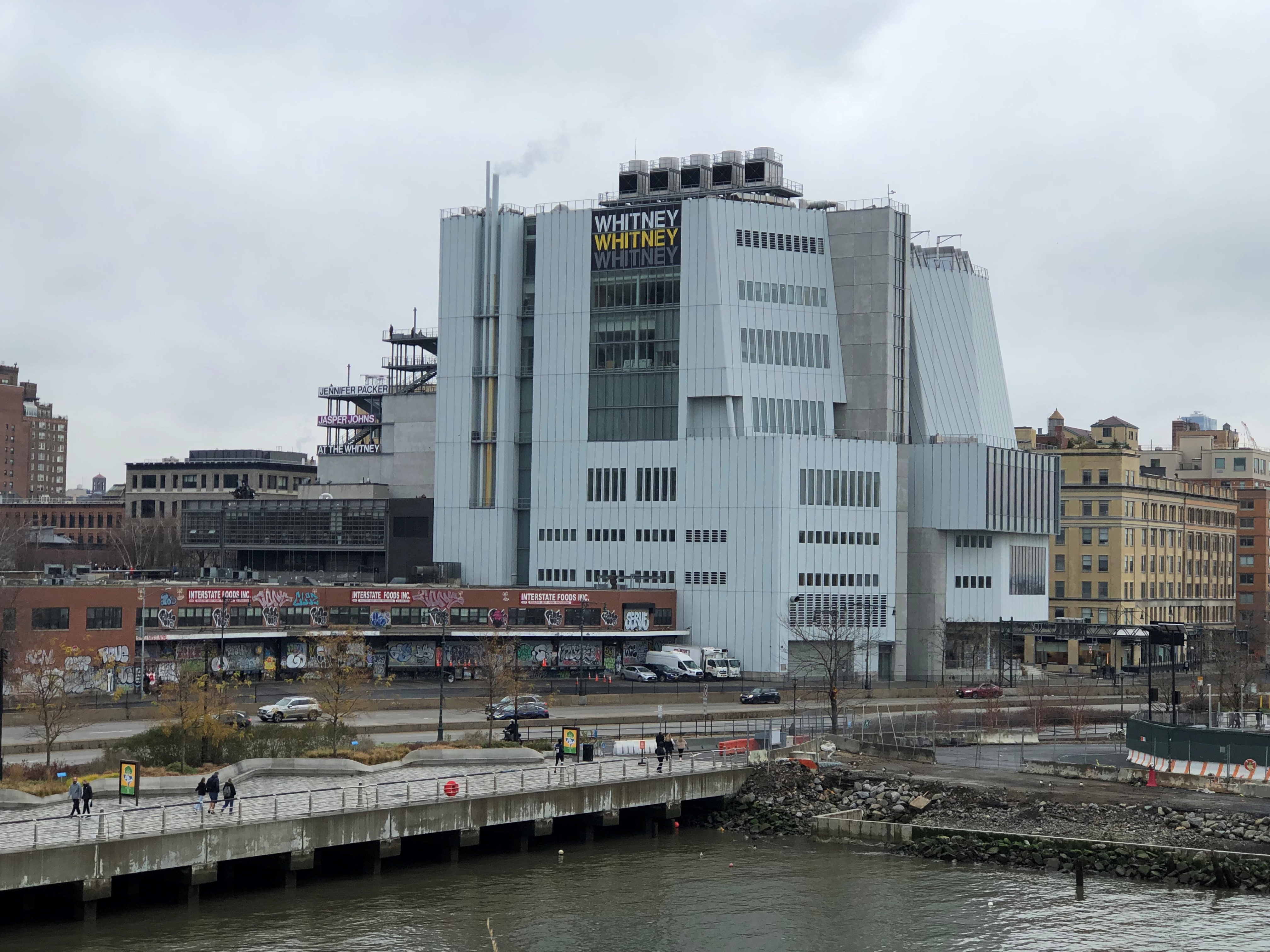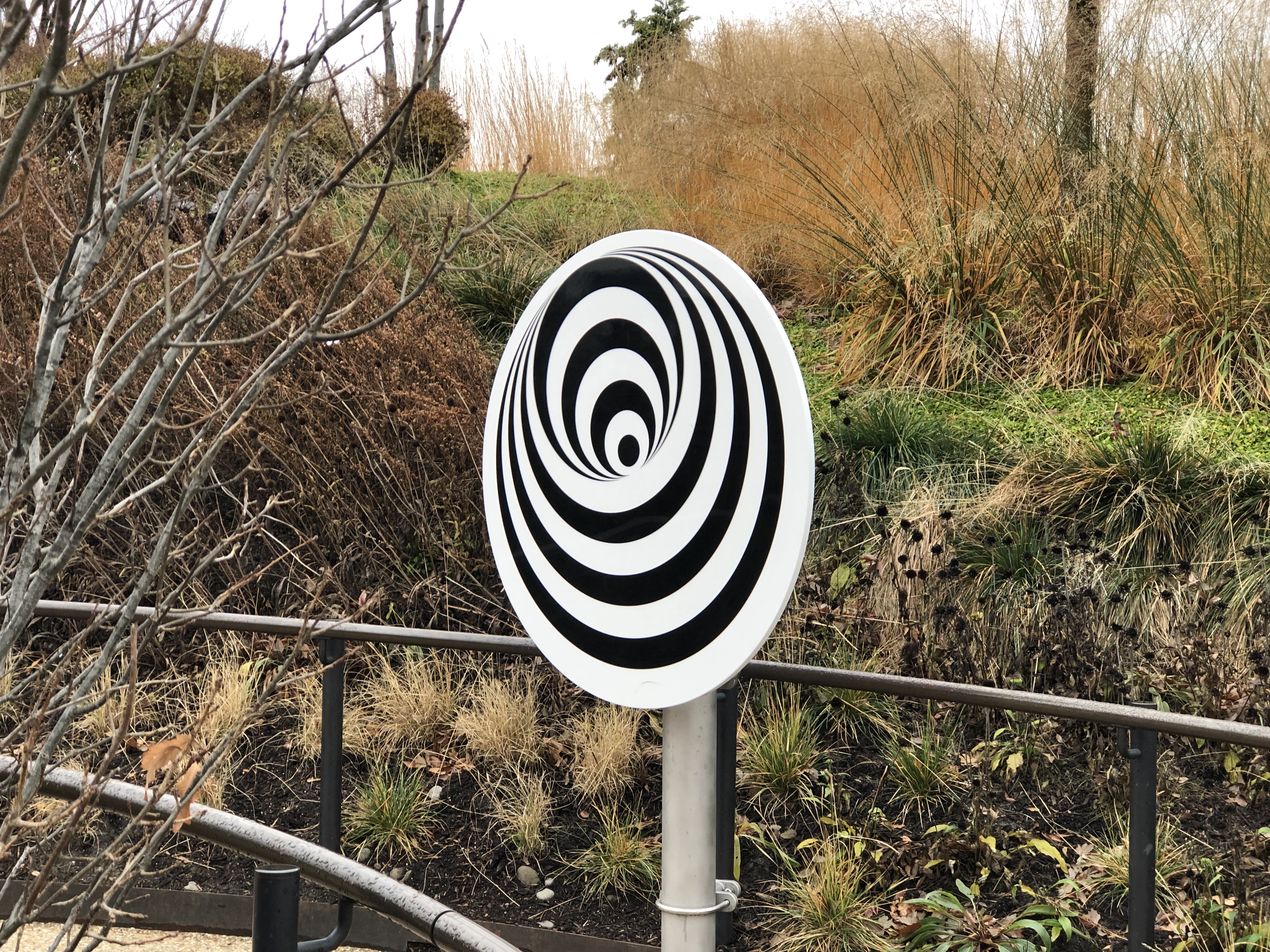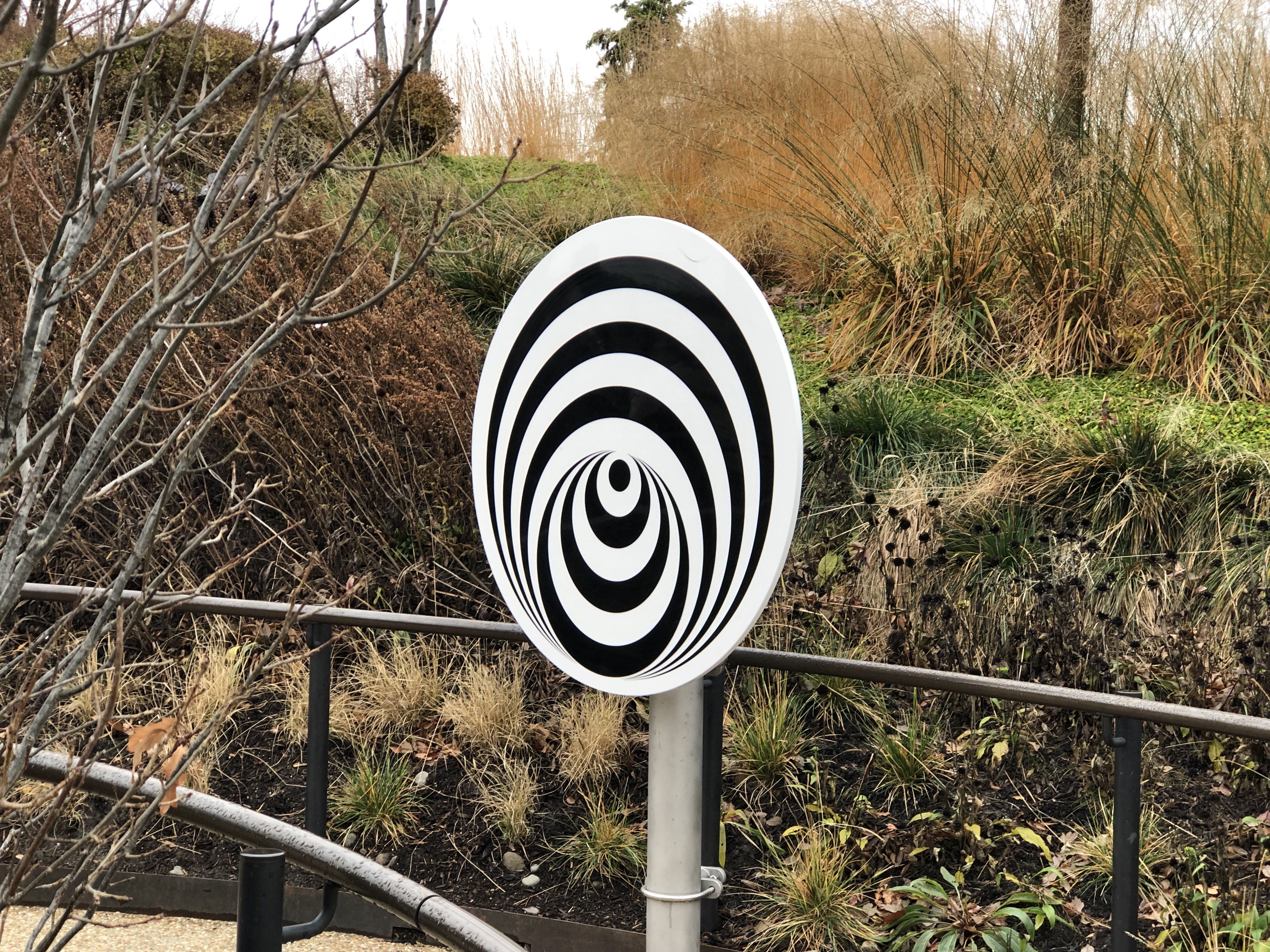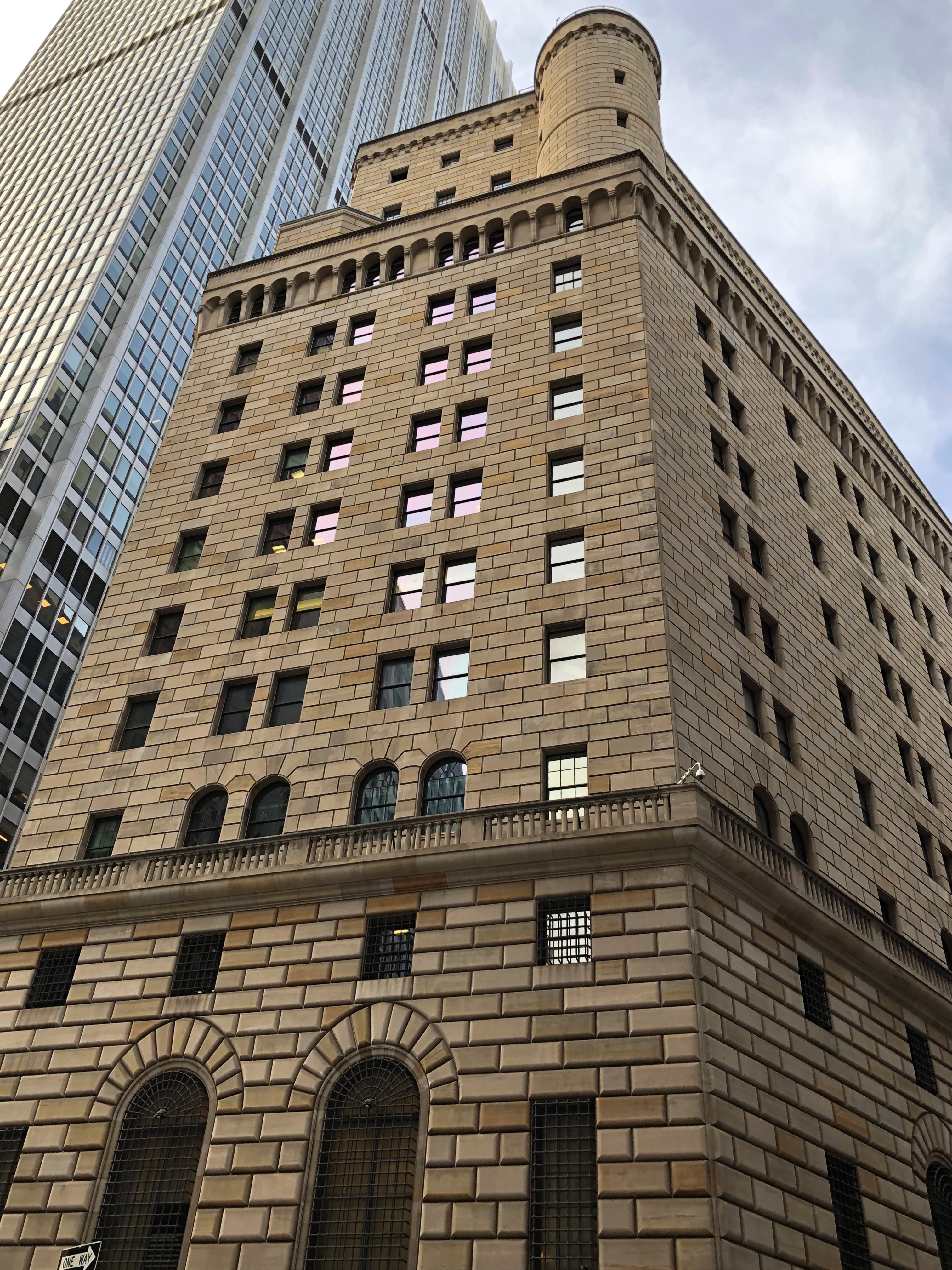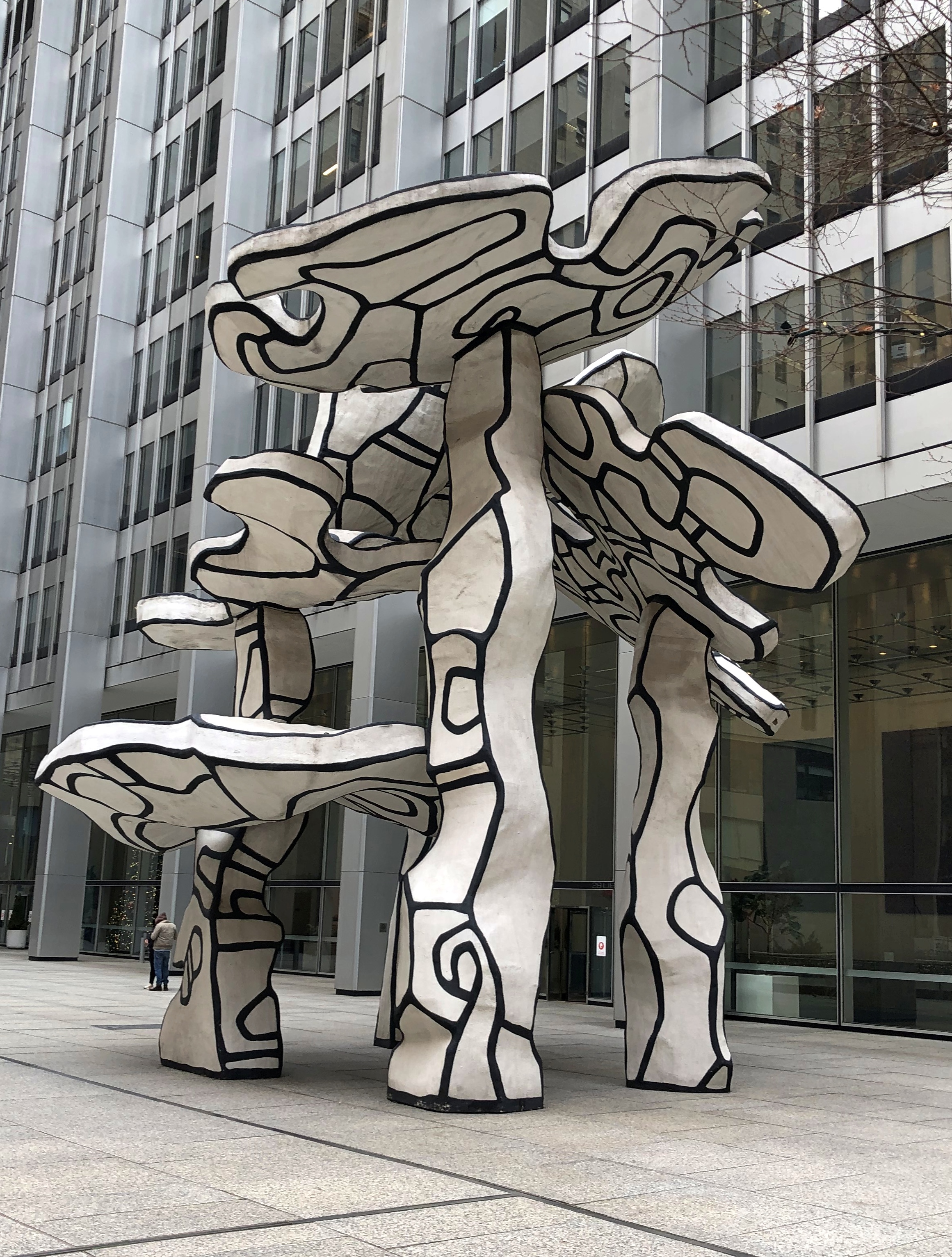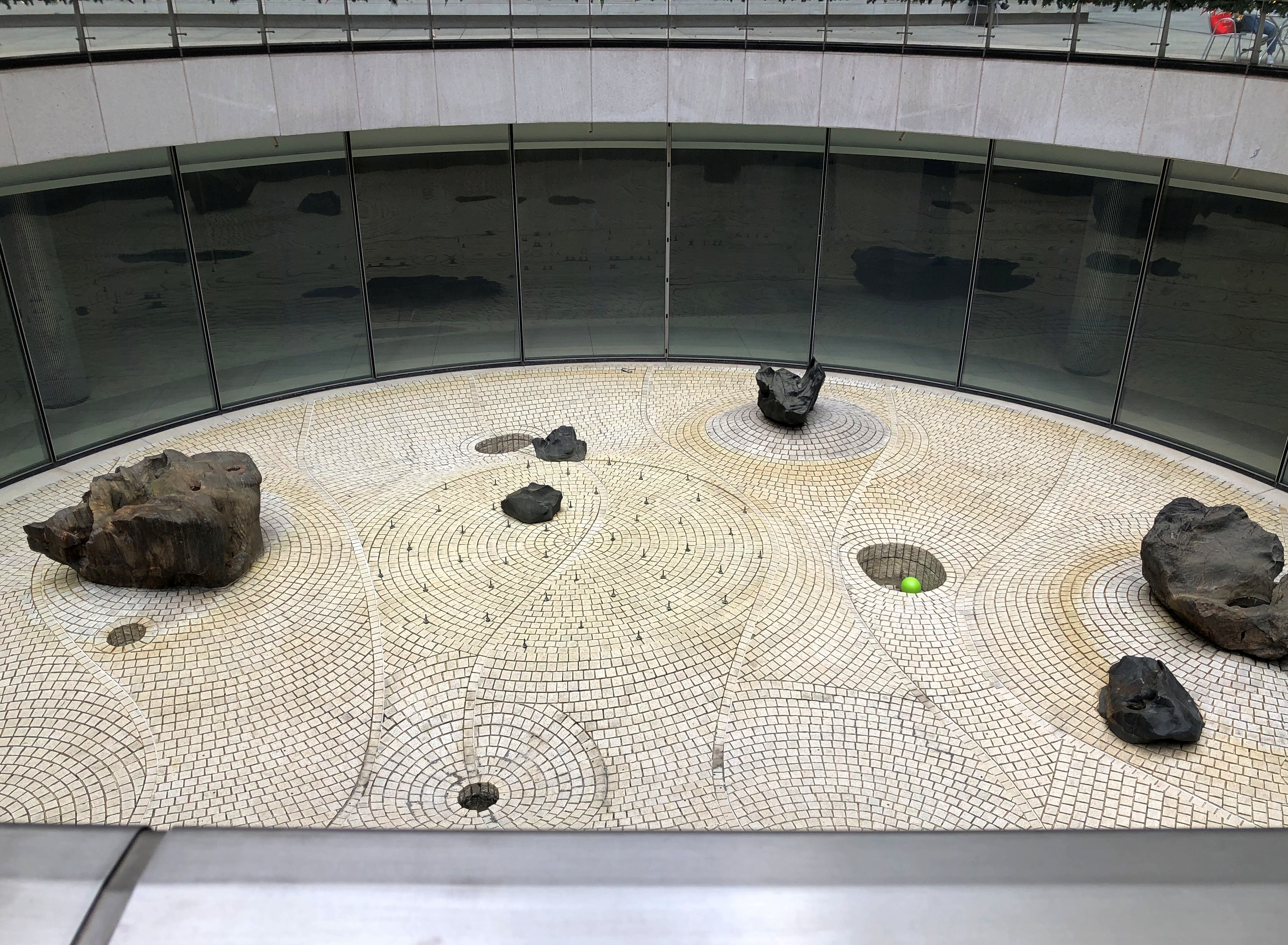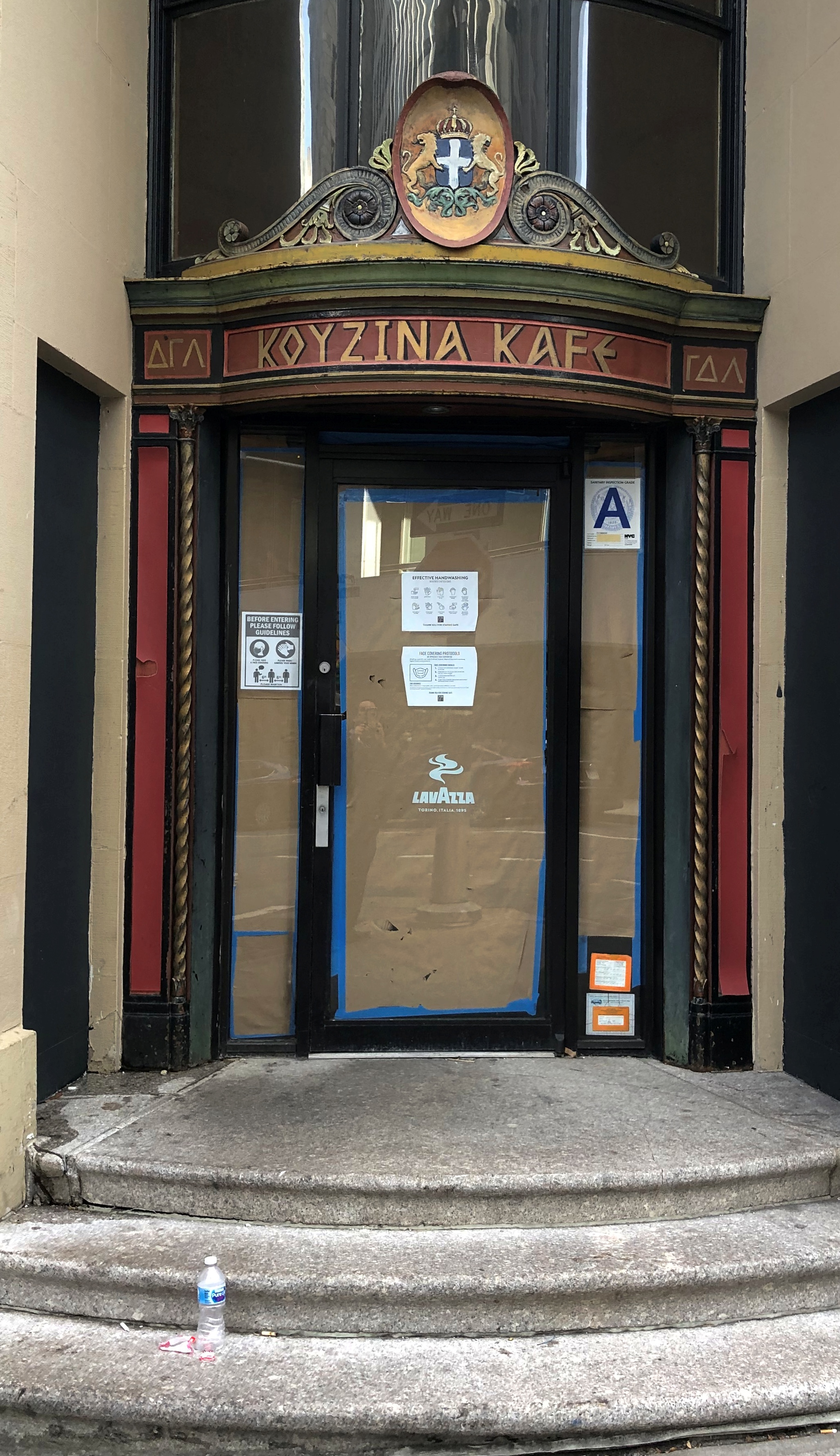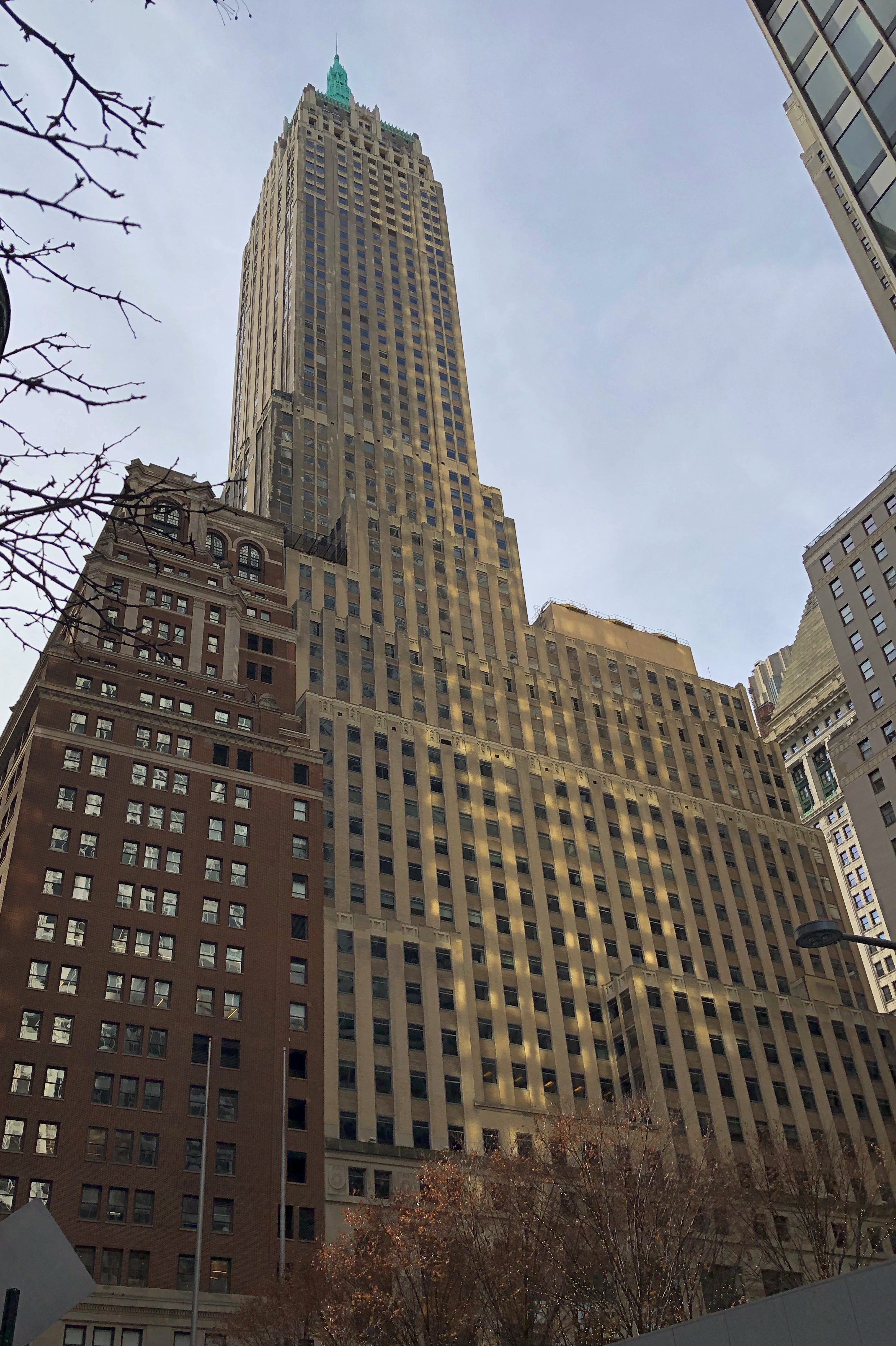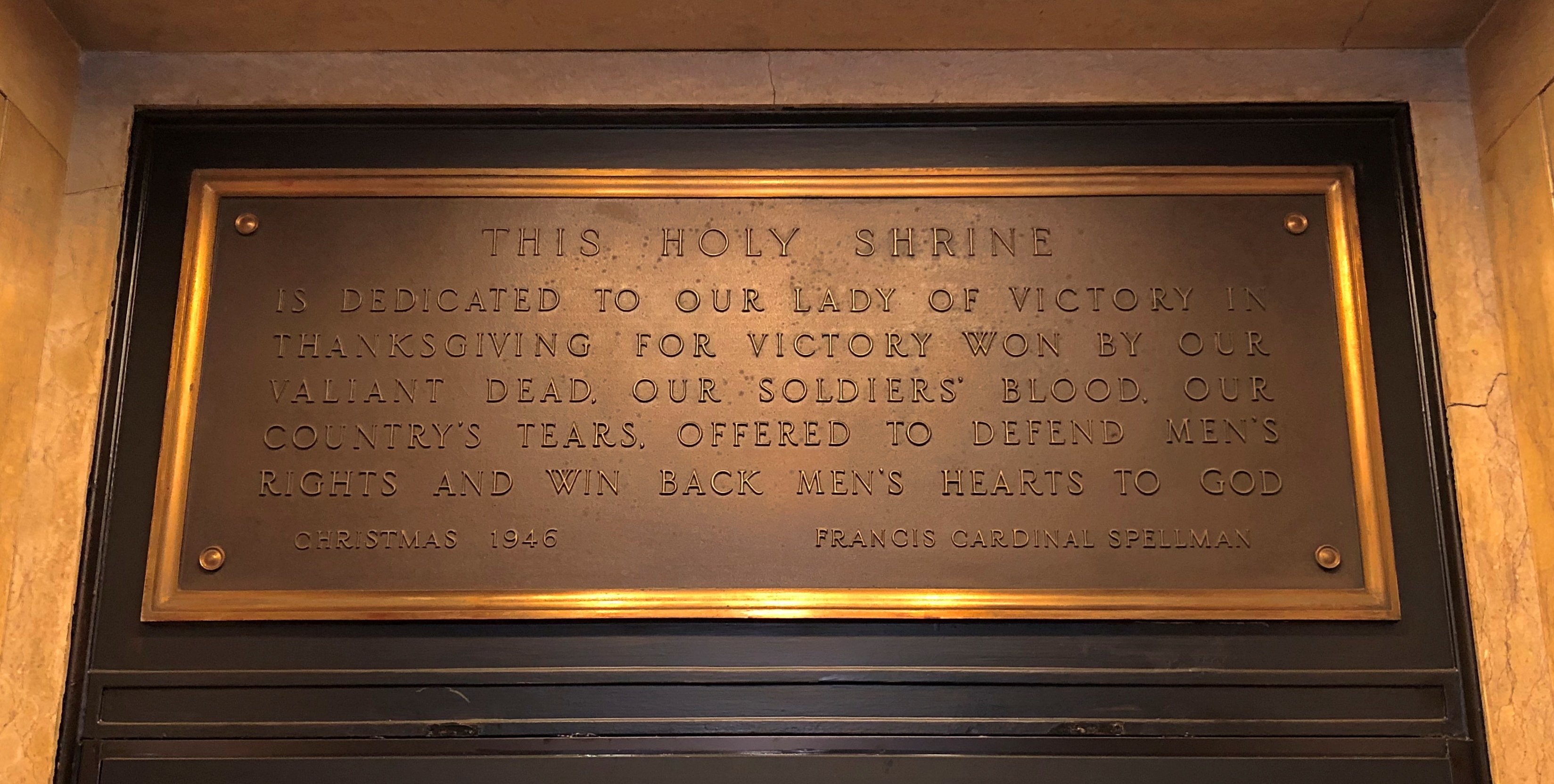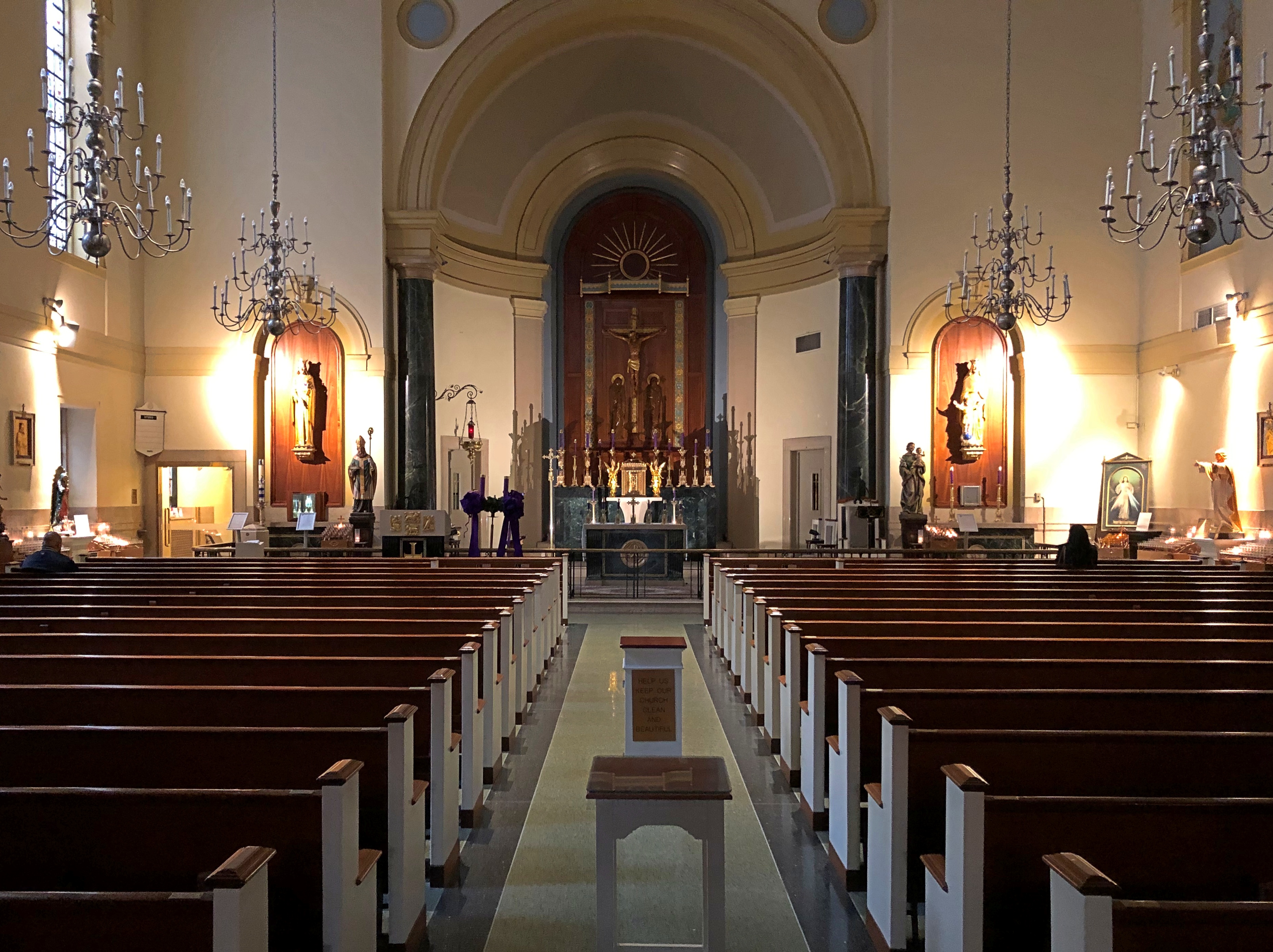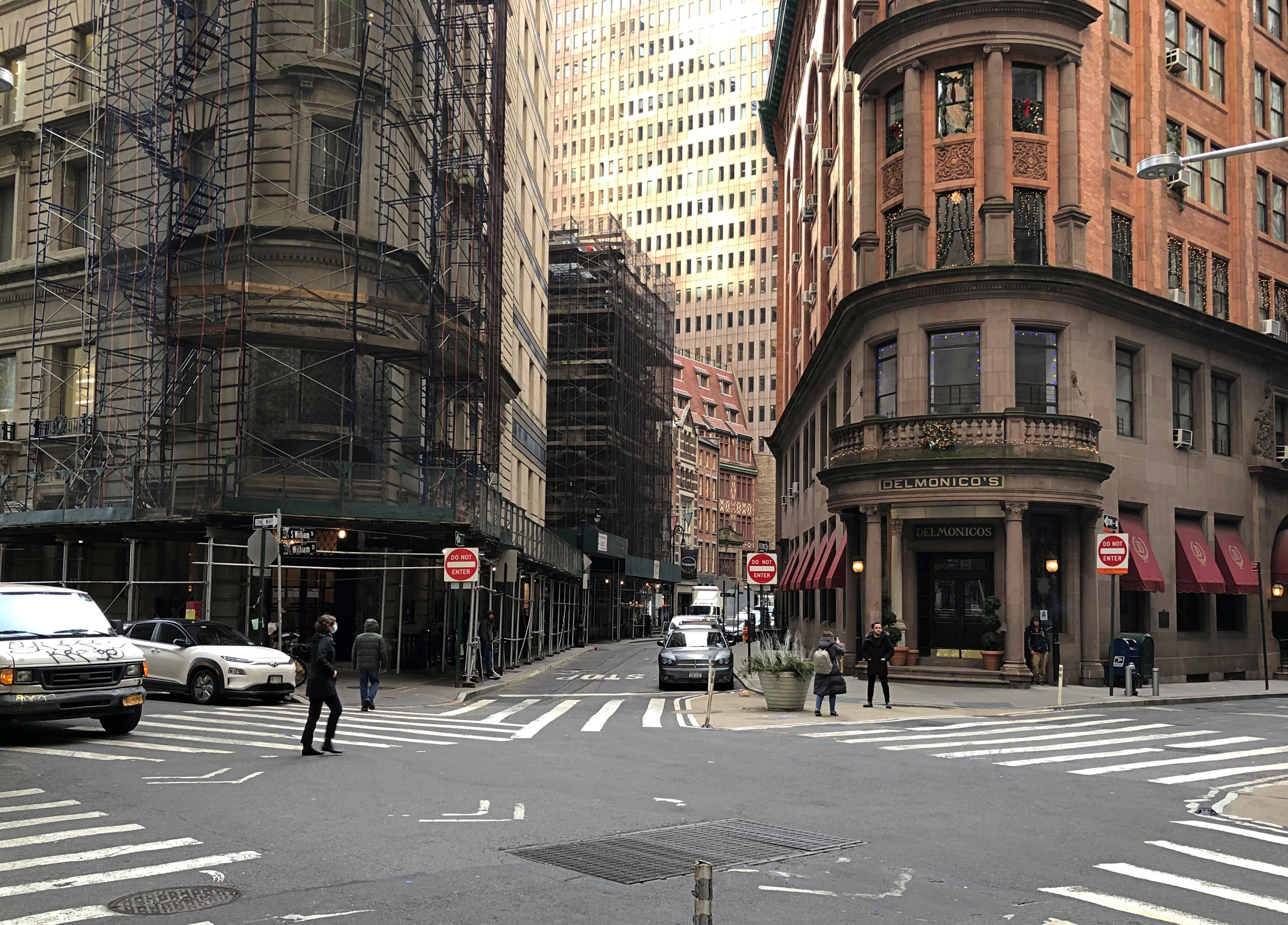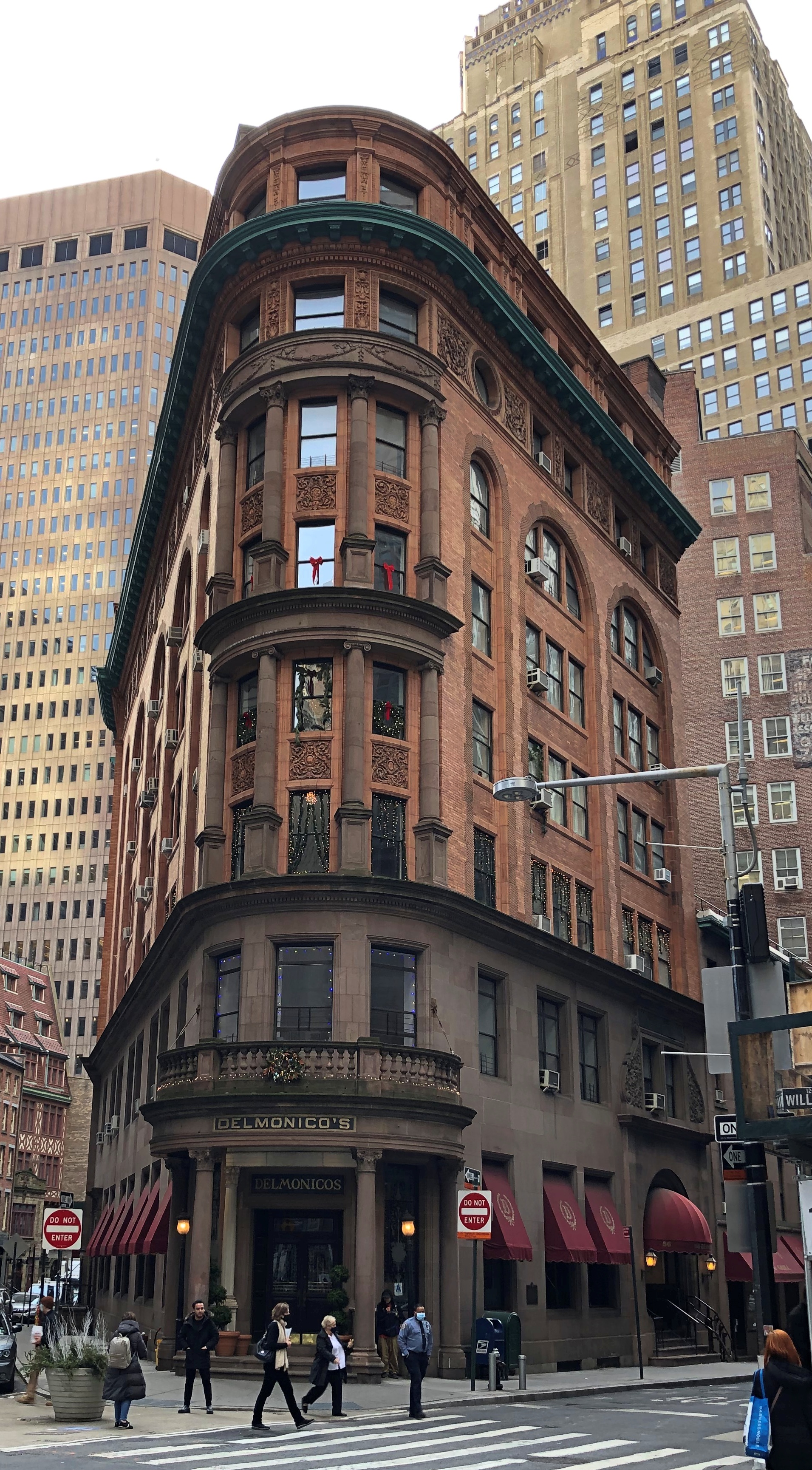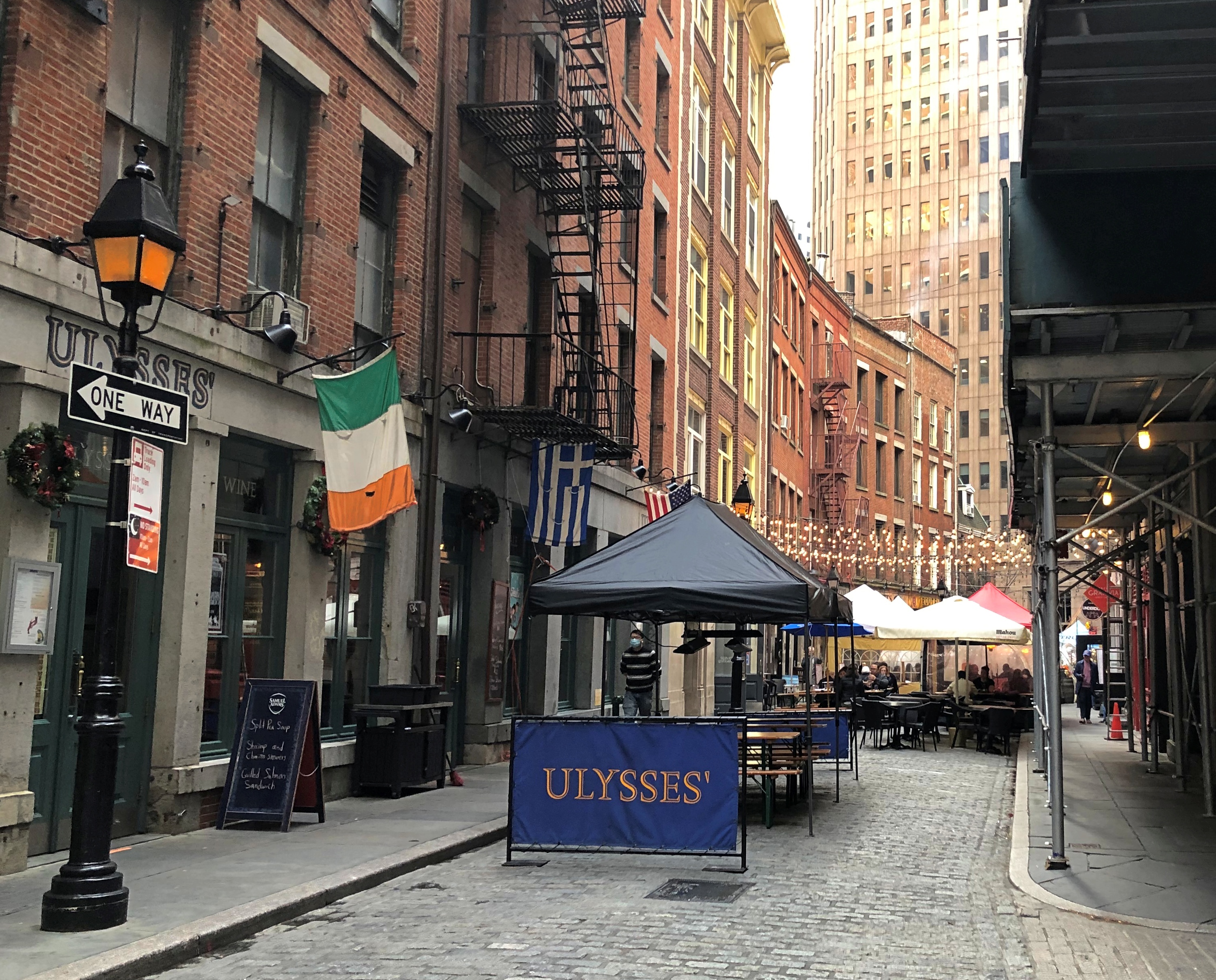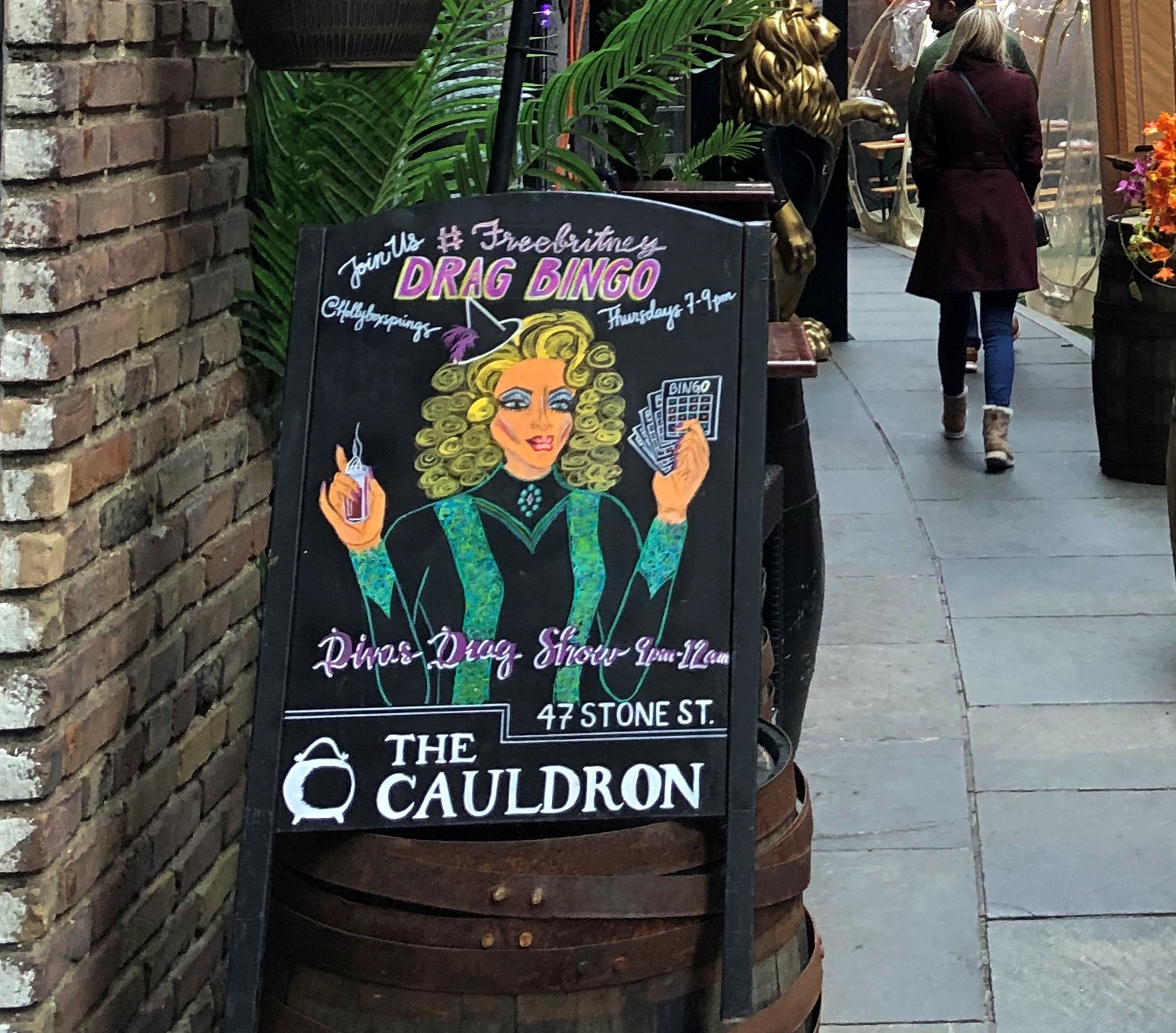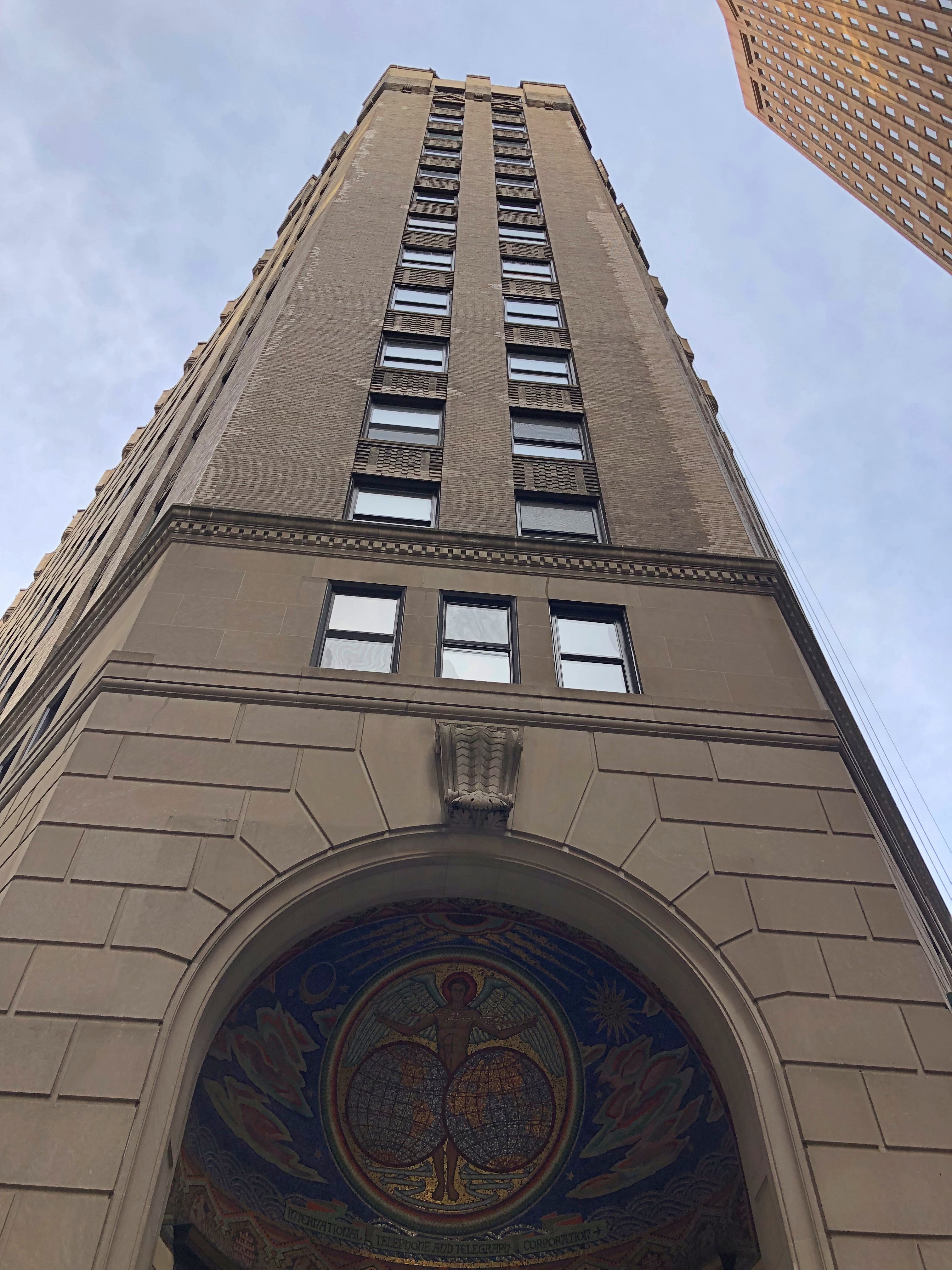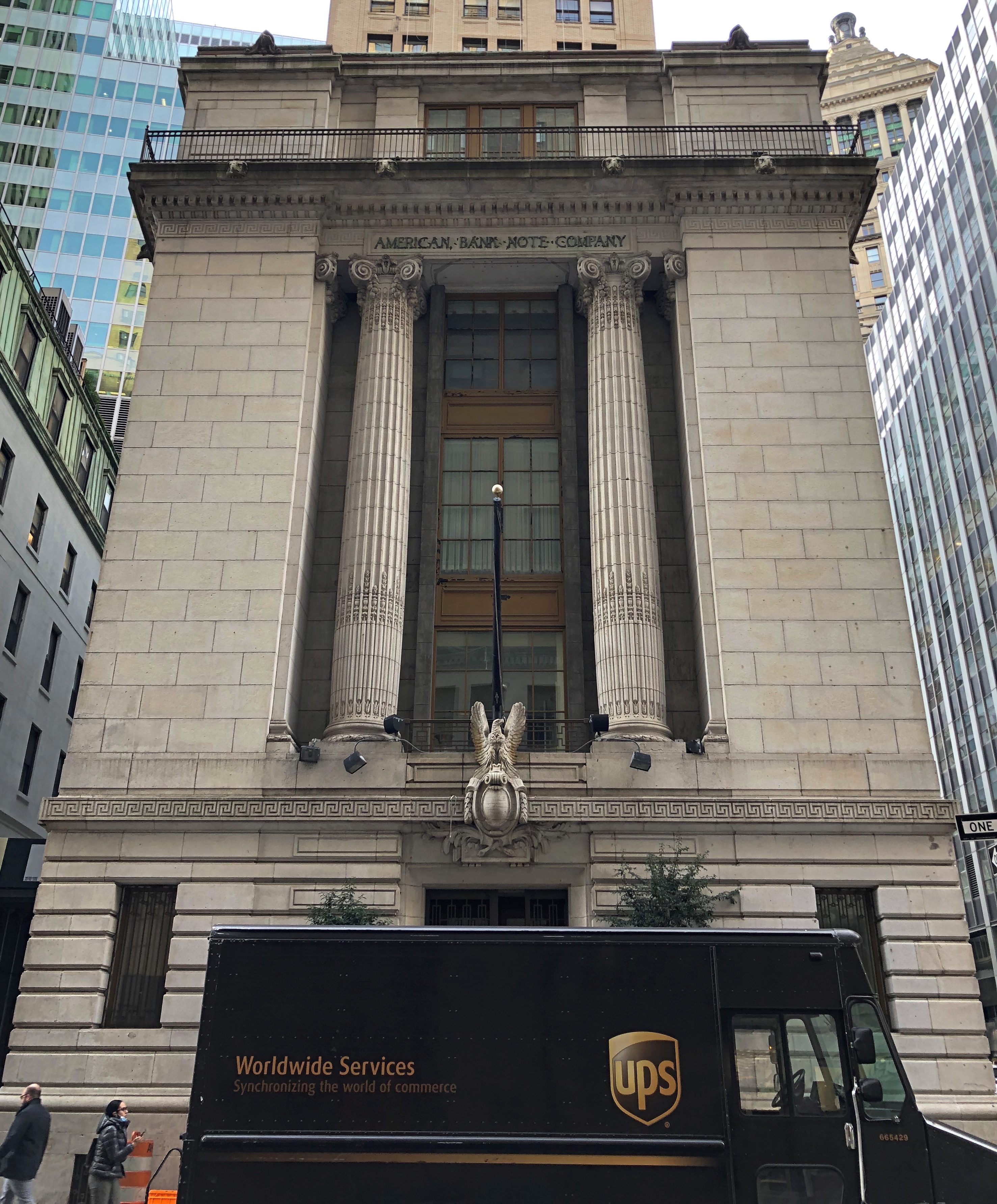During my walk around Chicago’s Ukrainian Village on Sunday, I also visited four churches, two of which I’d been to before: Sts. Volodymyr & Olha Ukrainian Catholic Church and St. Nicholas Ukrainian Catholic Cathedral. Both have “stunning” and “striking” interiors, to quote myself from 2014, and were certainly worth another look.
A few blocks north of those two is St. Helen Roman Catholic Church, which has masses in Polish, Spanish and English.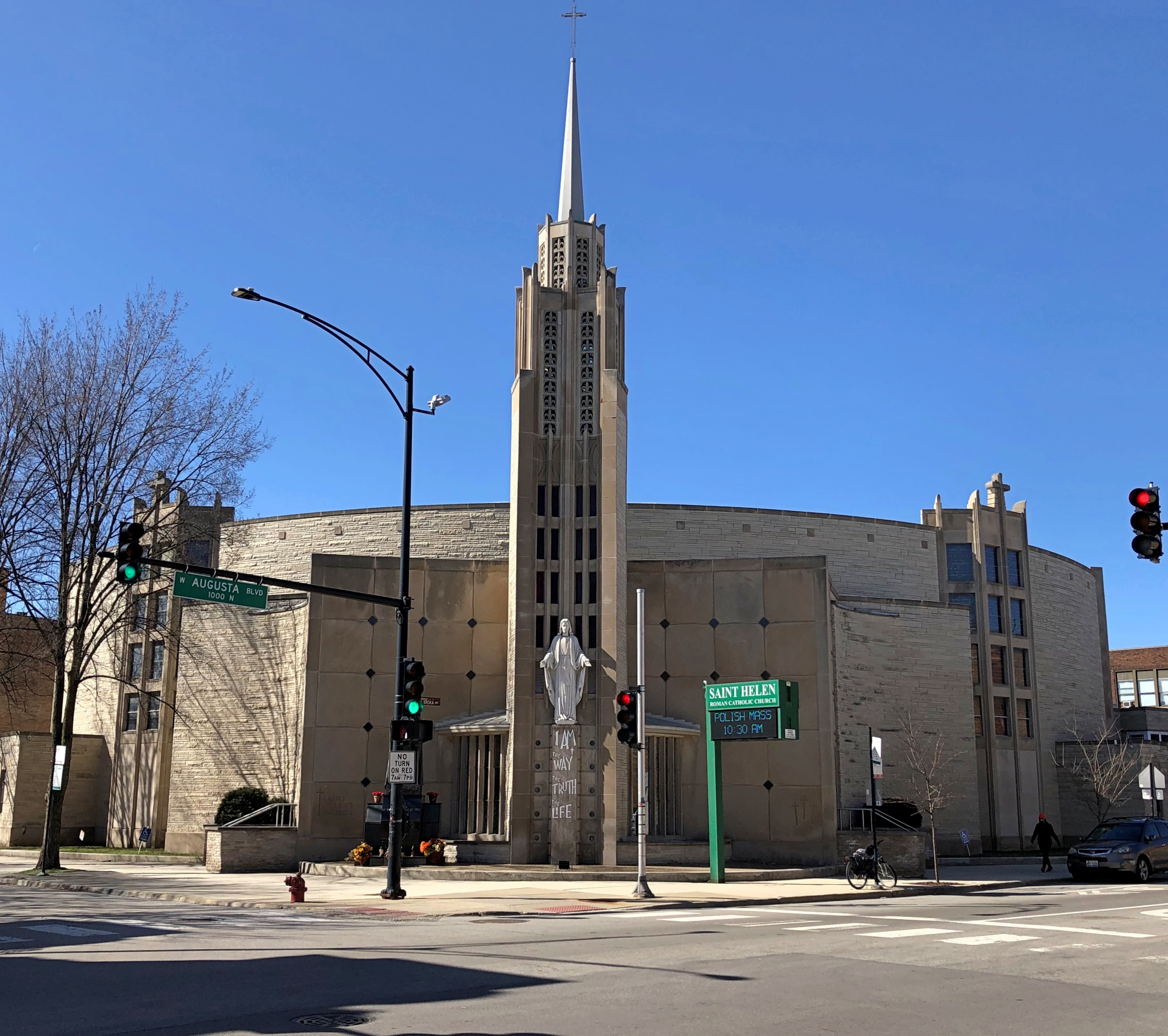
“This Polish parish was formed in 1913, and in the early 1960s commissioned the present structure, which blends Art Deco, Modernism and tradition — with a Biblical fish motif,” Open House Chicago says, noting that the architects were Pirola & Erbach, who seem to have done a number of mid-century churches in Chicago.
When I arrived, a Polish mass was in progress. I made myself as unobtrusive as possible at the just inside the door, and admired the handsome interior.
“The spacious interior and ceiling are decorated to draw all eyes to the altar, which is illuminated by light coming through slits in the walls,” says Open House. “The stained glass contains mostly geometric patterns in small fragments of bright, unfiltered colors.”
Outside on a high pedestal, Jesus greets passersby on Augusta Boulevard.

Somewhat lower, but also on a pedestal outside the church, stands a bronze Pope St. John Paul II.
A little further north is St. Volodymyr Ukrainian Orthodox Cathedral.
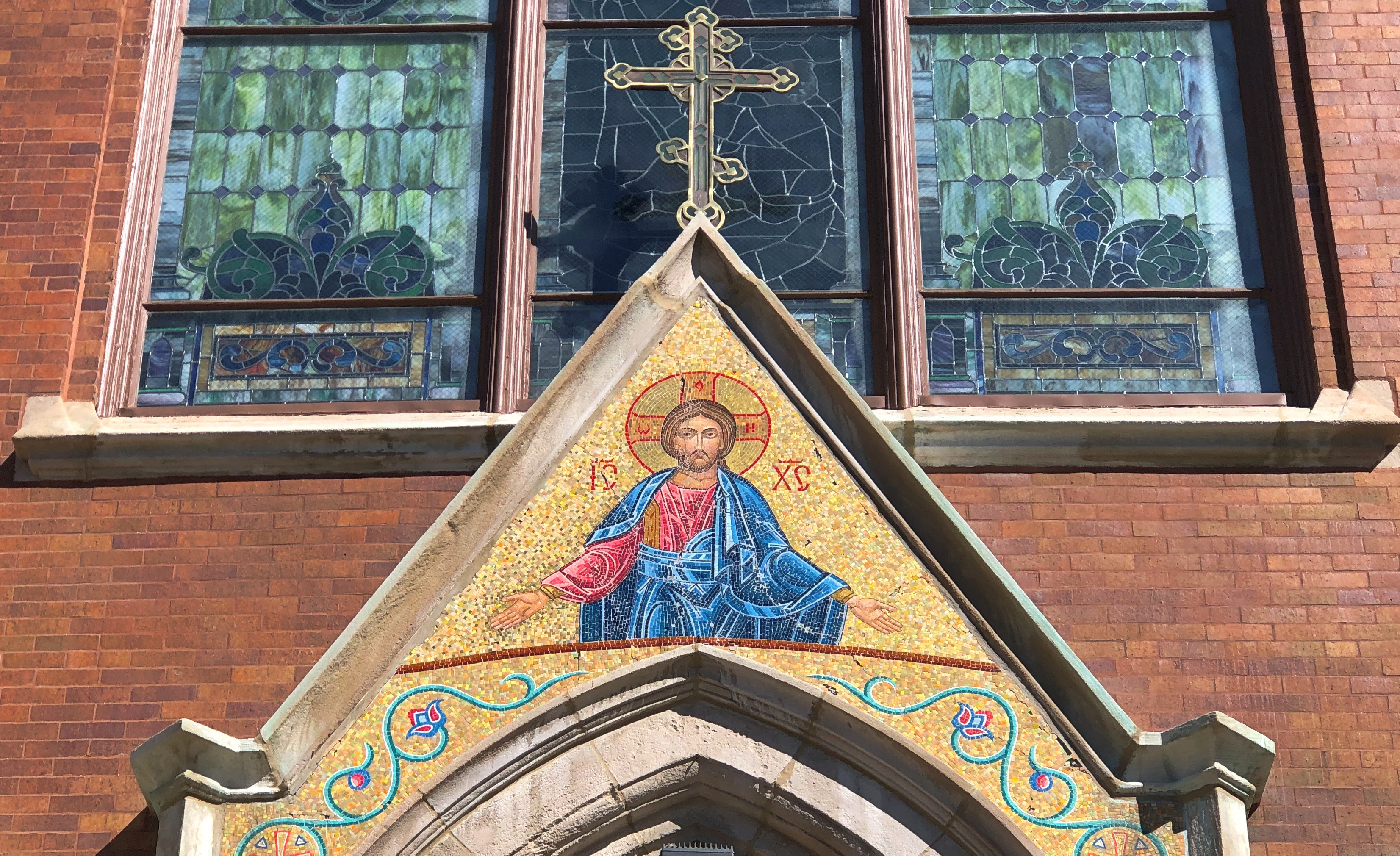
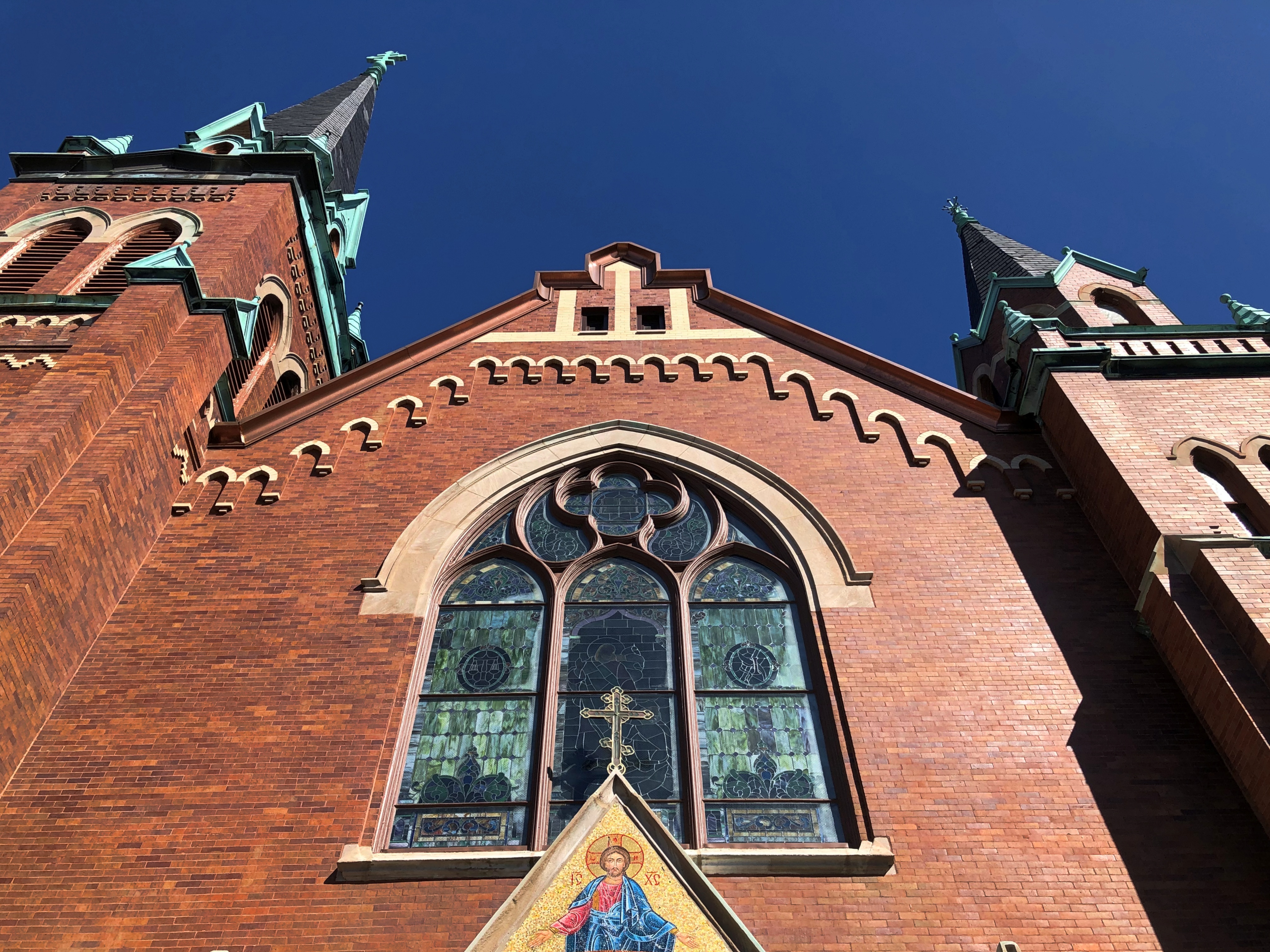
Again I stood at the back, taking it all in. Not just the marvelous beauty of the interior, but also the exoticism (to my ears) of an Orthodox service in Ukrainian. The priest’s voice, from behind the iconostasis, carried vividly all the way to the back of the nave.
“The cathedral is a remodeled German Lutheran church that exhibits the Medieval-Gothic style of ecclesiastical architecture, including pointed arches, ribbed vaults and flying buttresses,” Open House says. “The cathedral brings an Eastern-Byzantine interior design into a German-Gothic temple.”
Indeed, an iconostasis and pews. I’ve run across that before.
Noteworthy on either side of the main entrance.
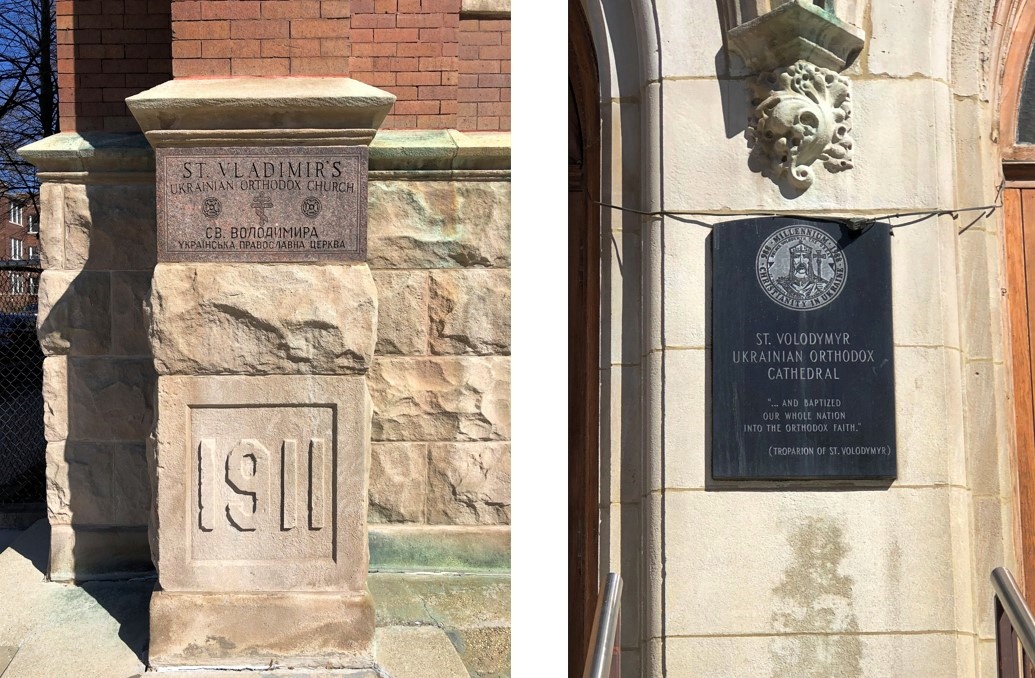
The older inscription, presumably put there when the Ukrainians moved into the Worthmann & Steinbach-designed former Lutheran church (1945), uses the transliteration Vladimir. The newer plaque, put there in 1988 to mark 1,000 years of Christianity in Ukraine, uses Volodymyr.
I expect Vladimir is going to be out of favor among Ukrainians for a long, long time. But in any case, it’s also an example of recontextualizing, rather than tearing a thing down.

